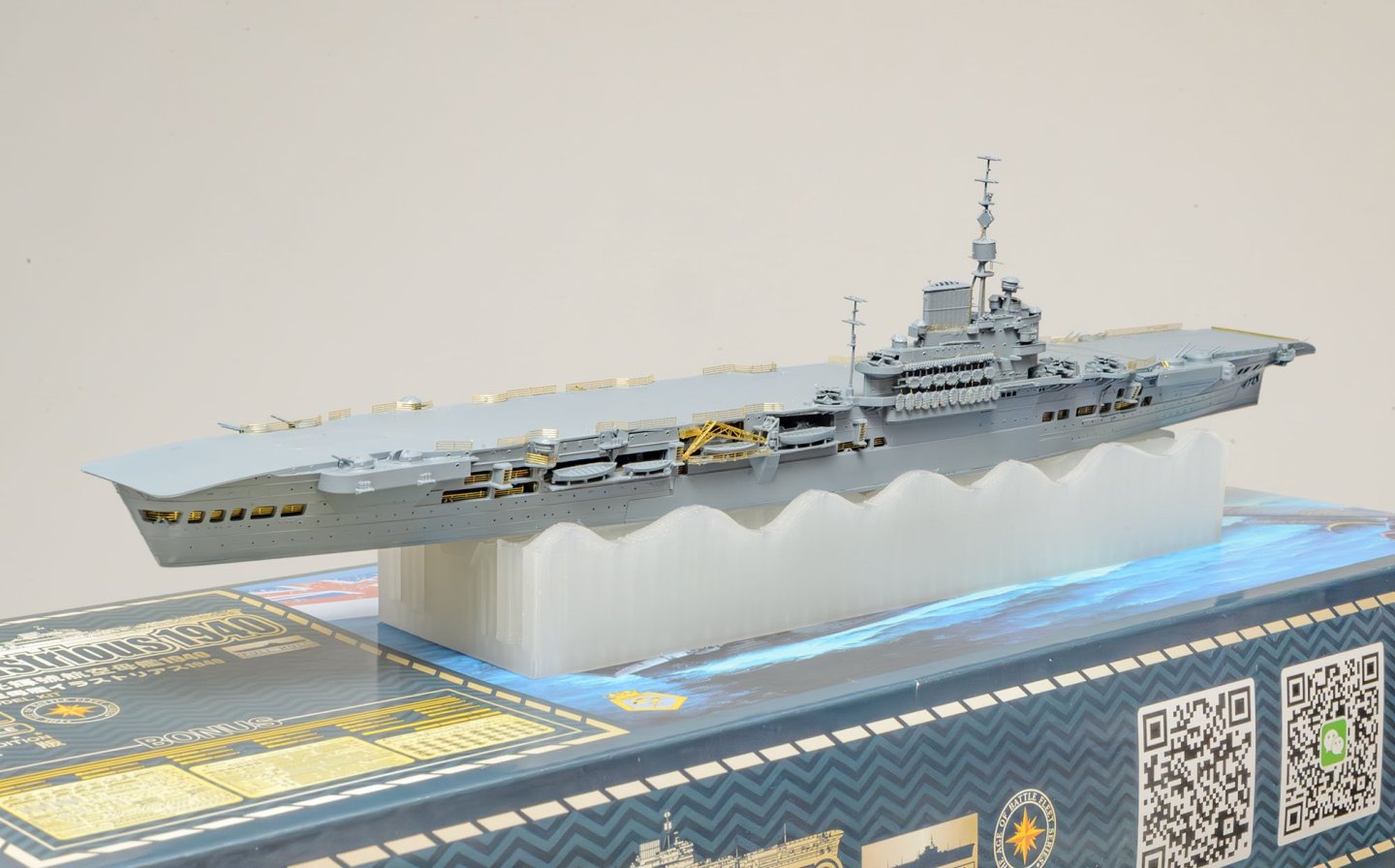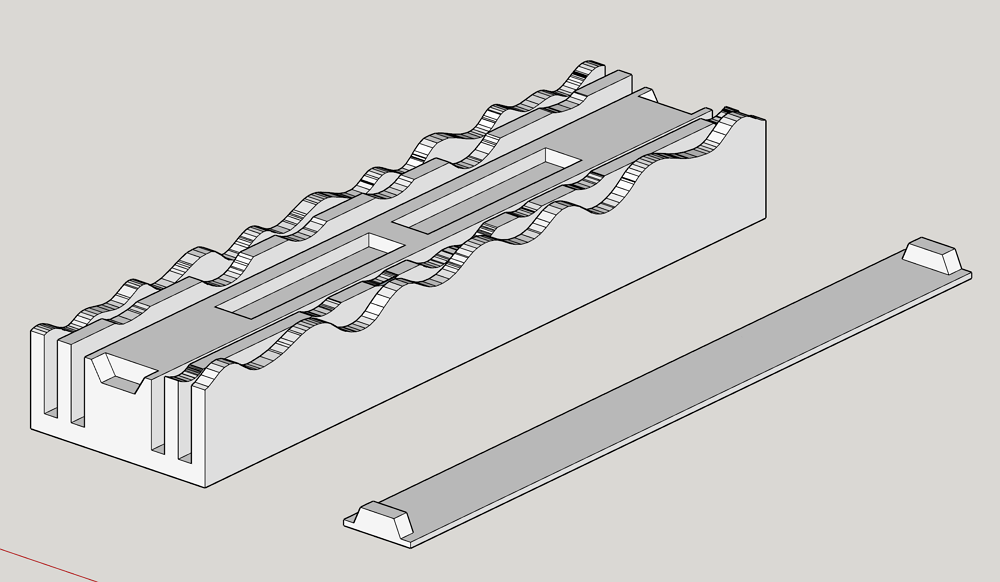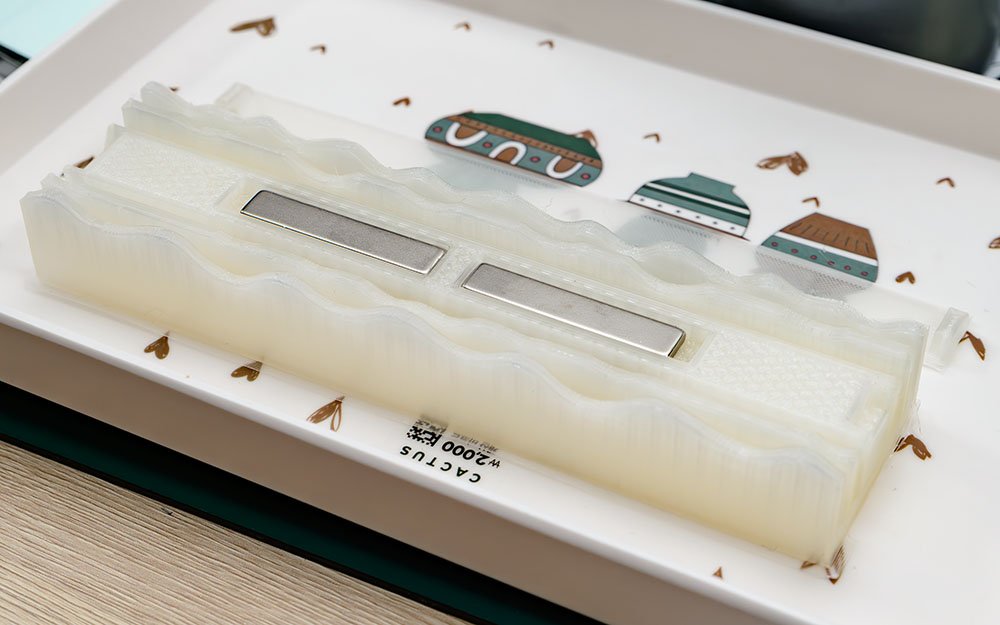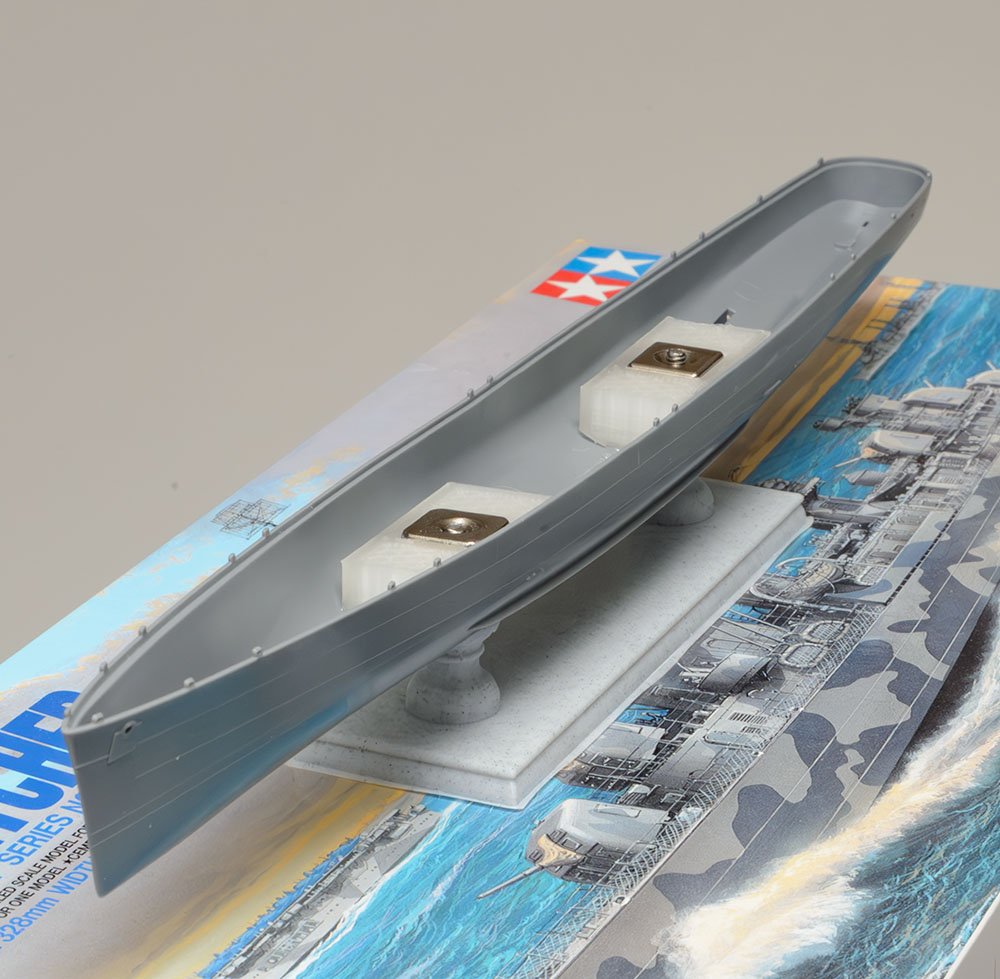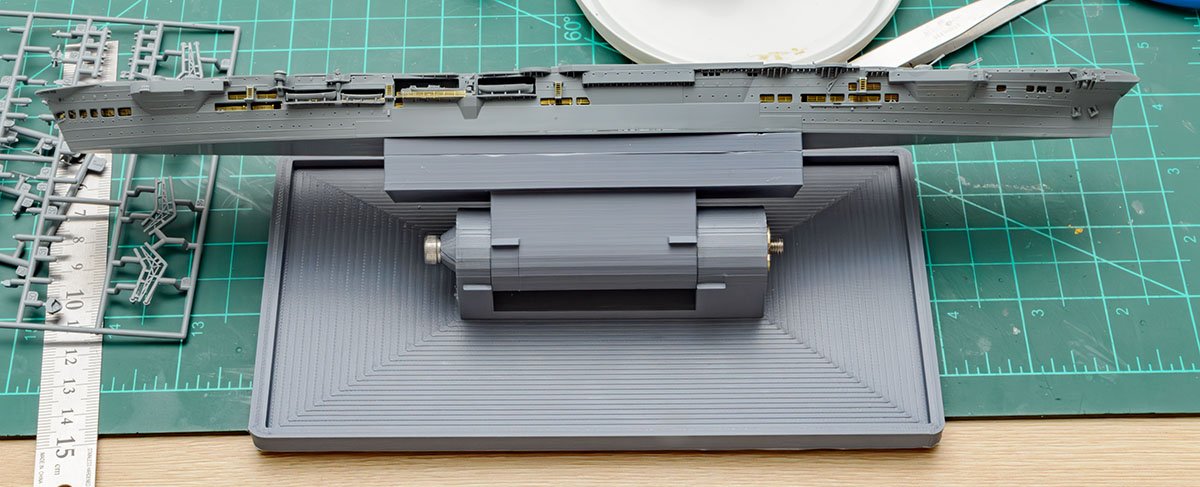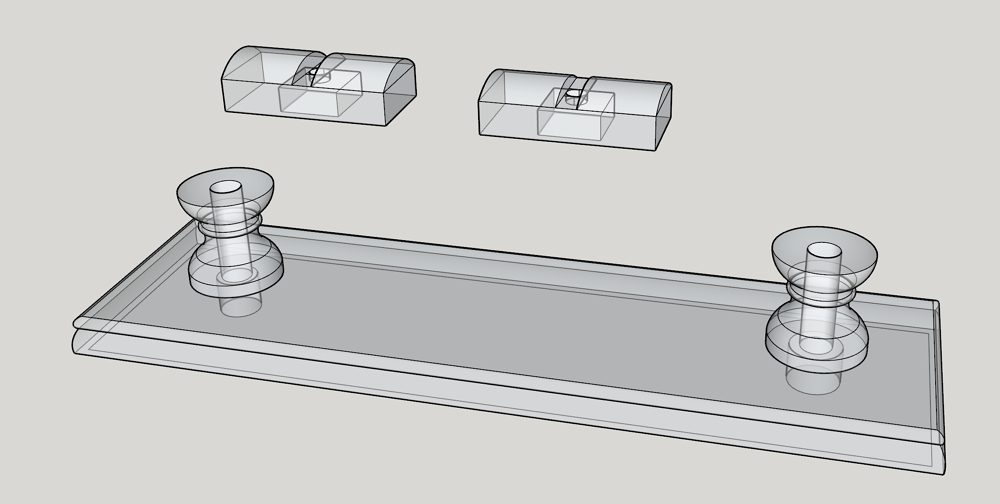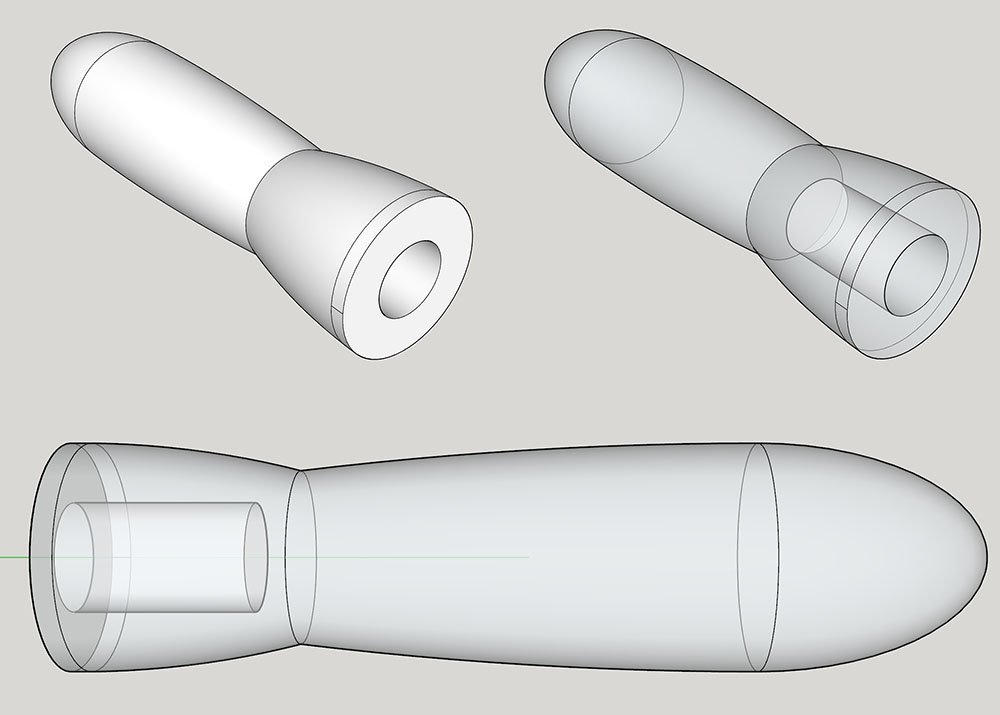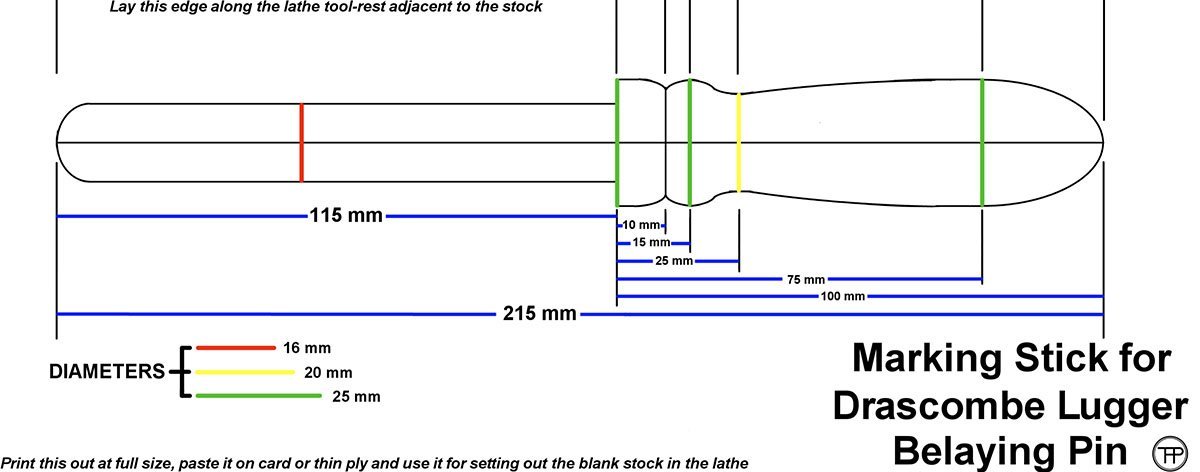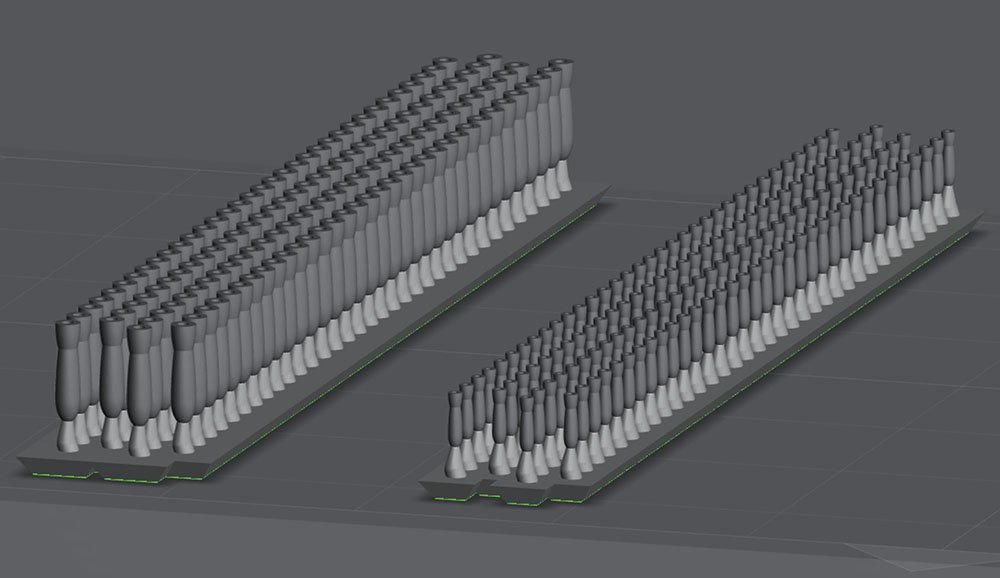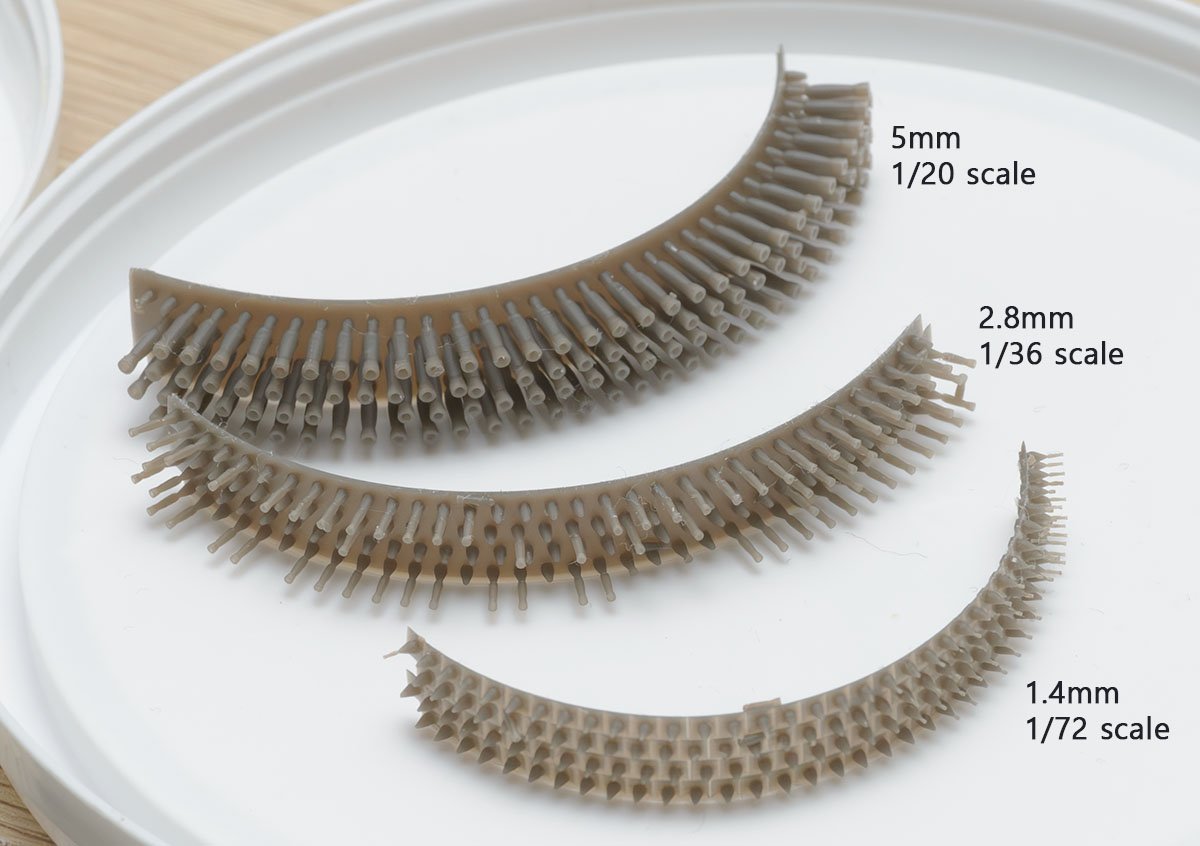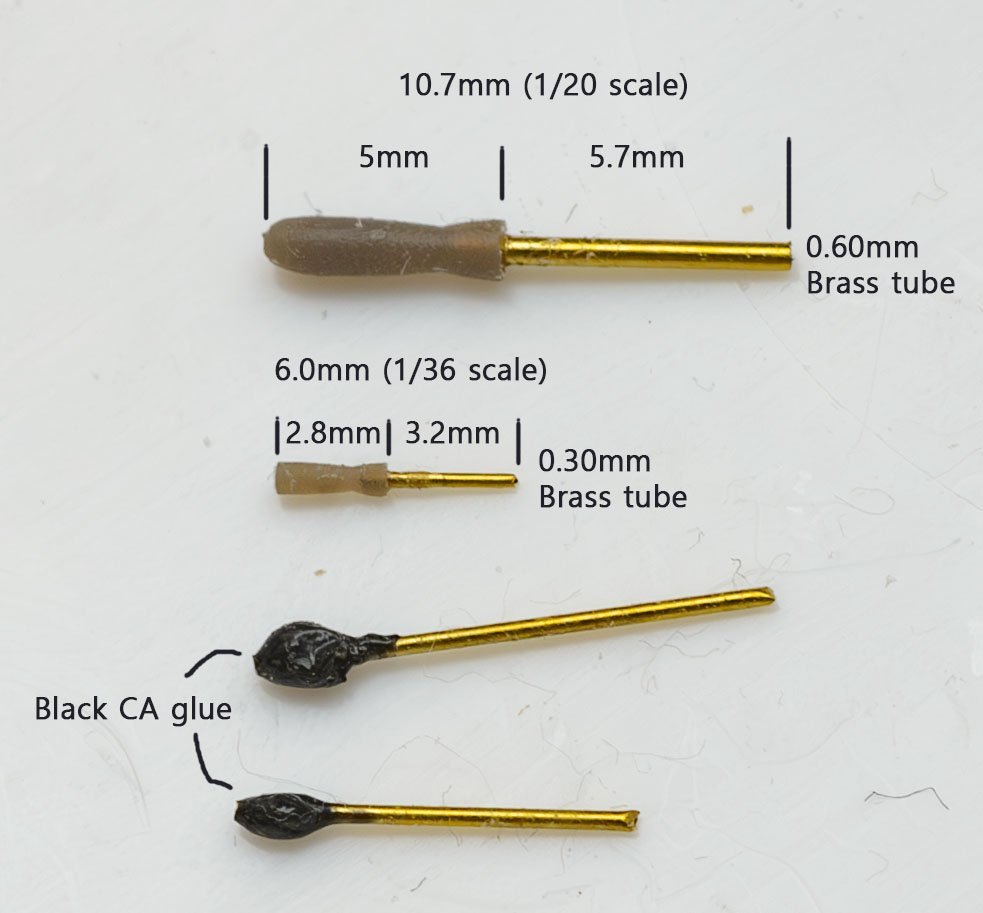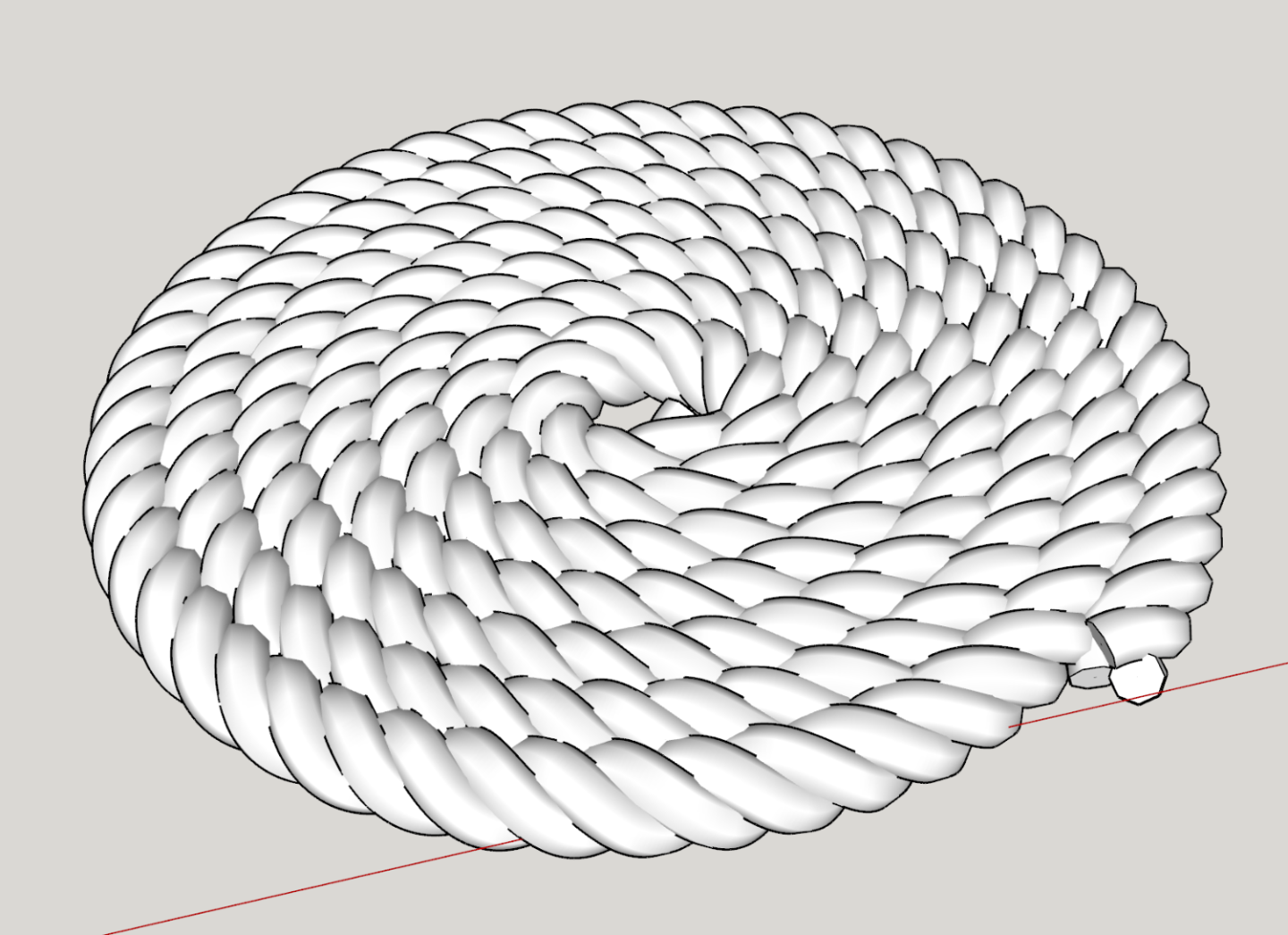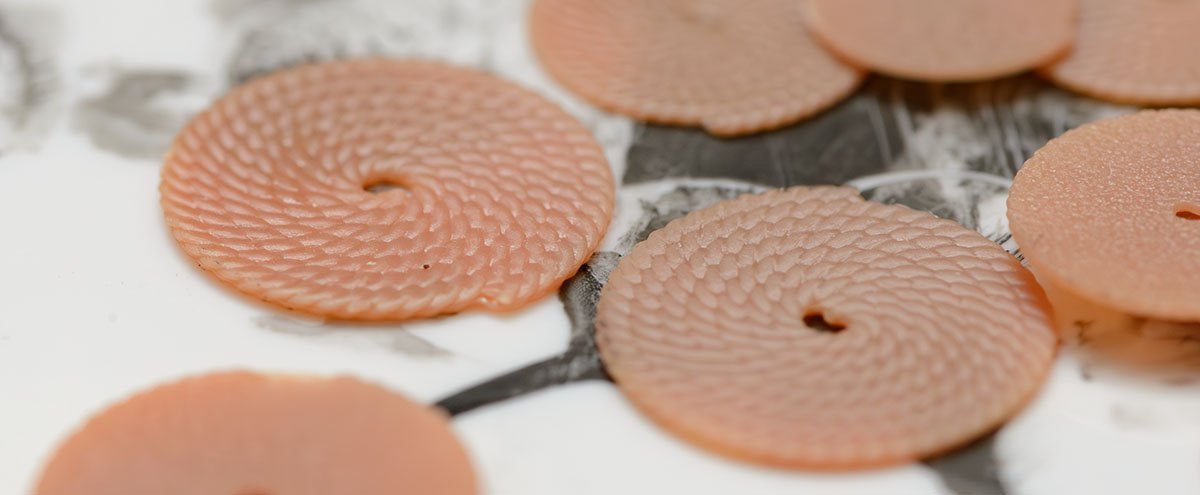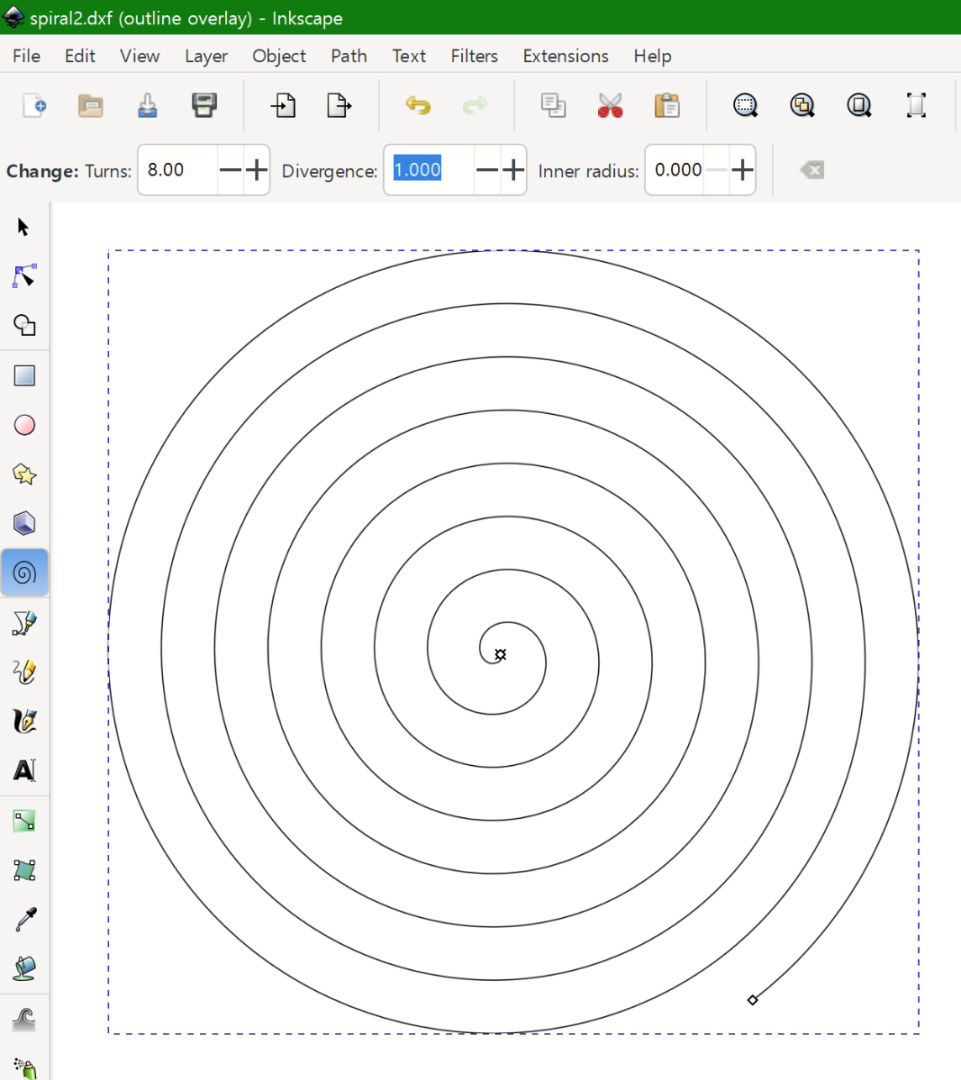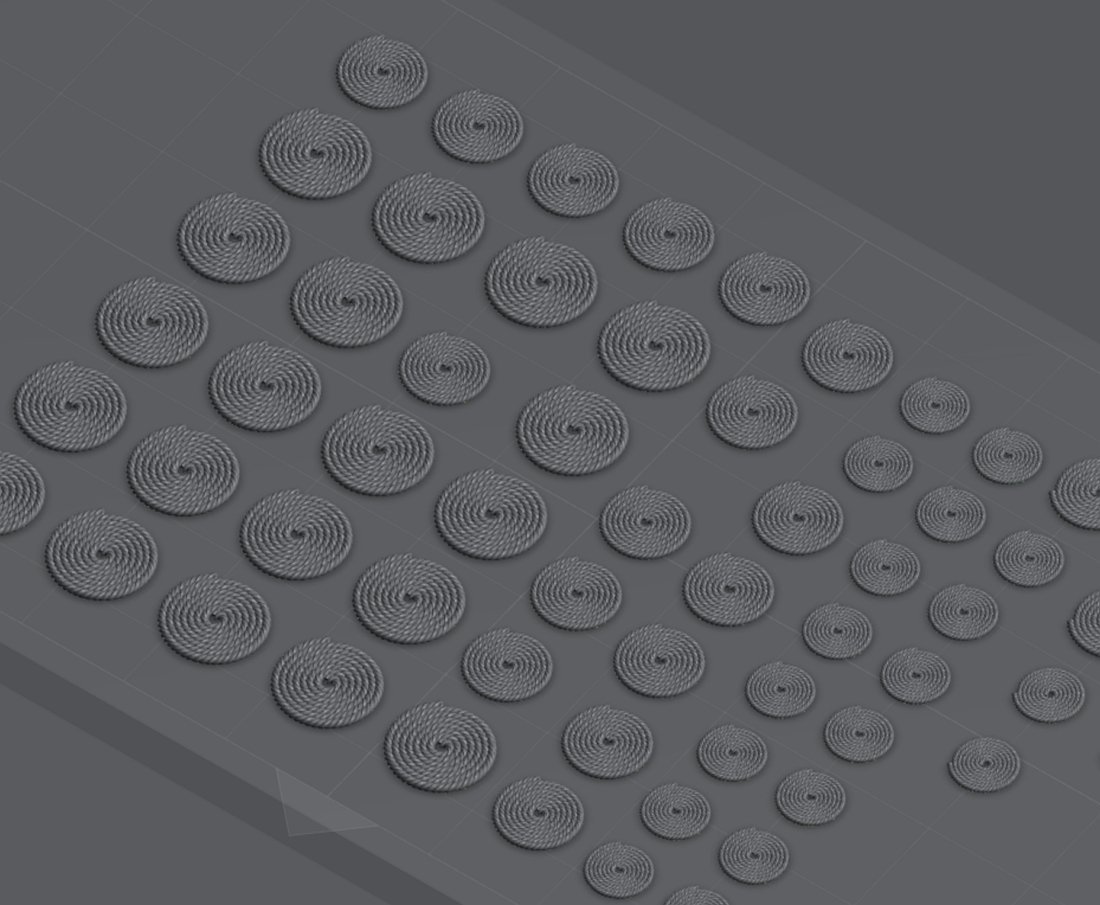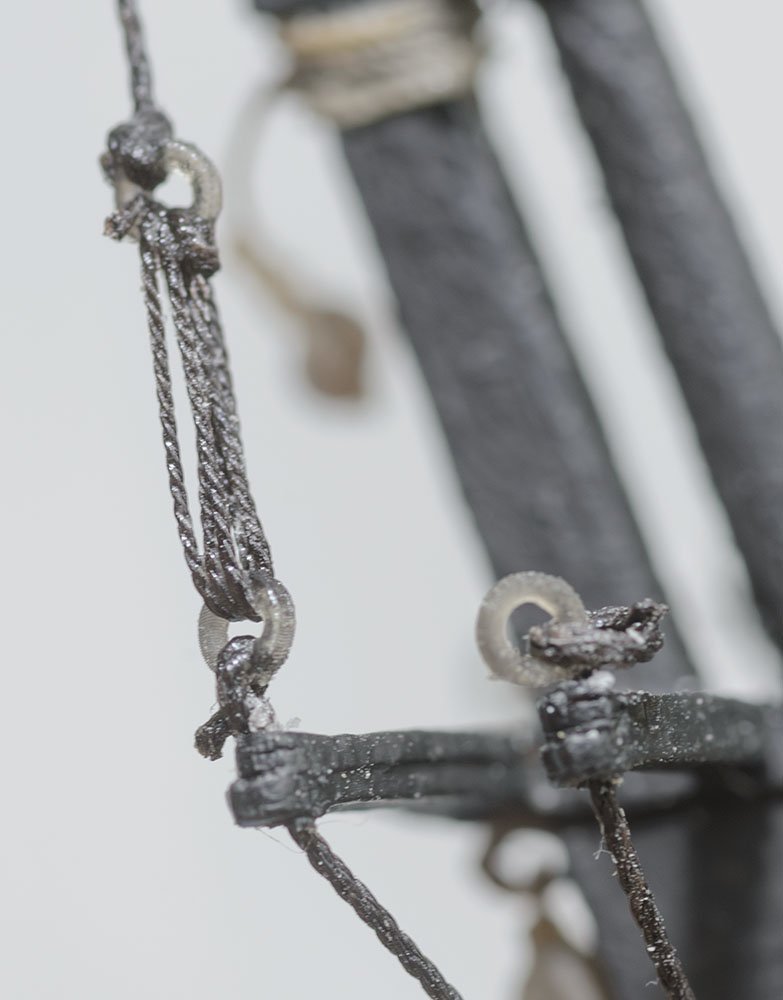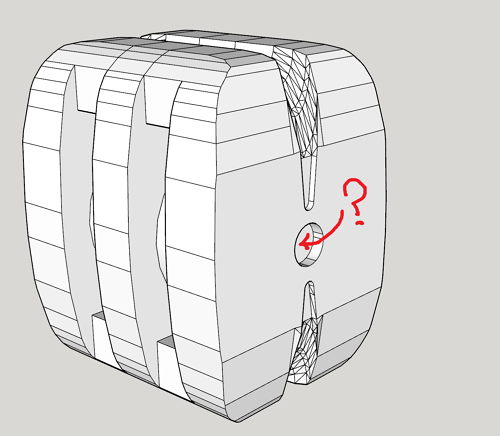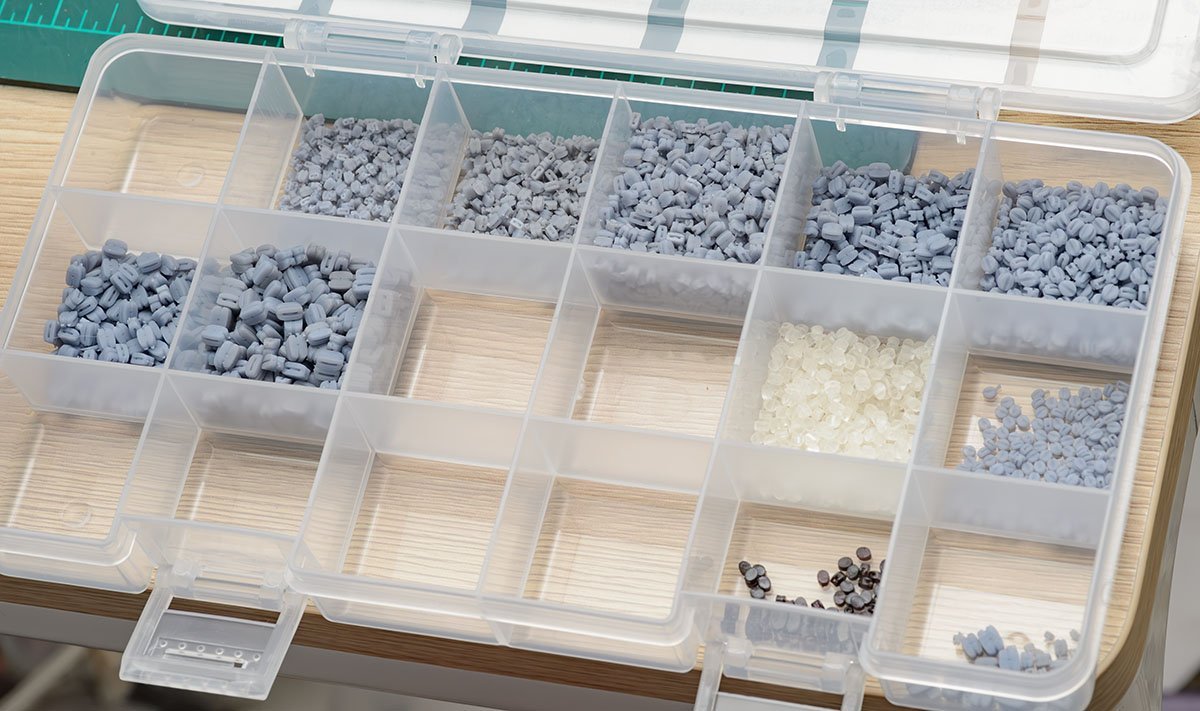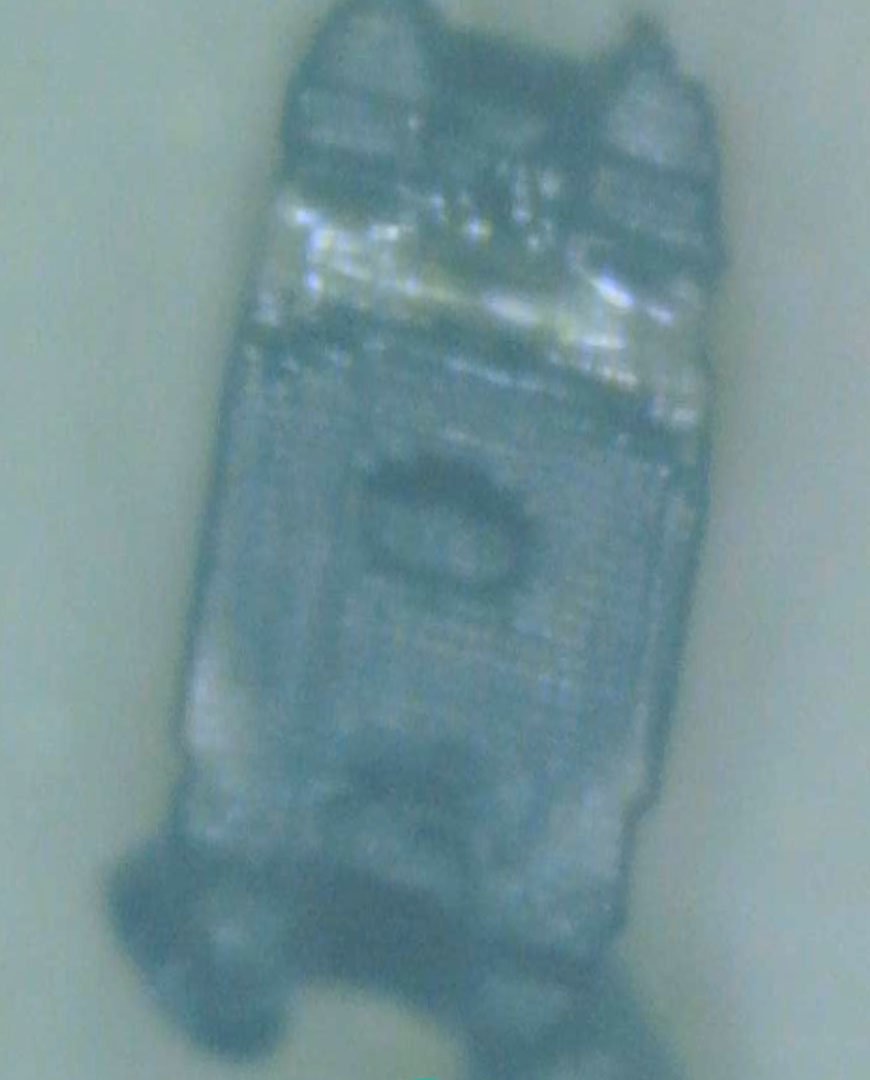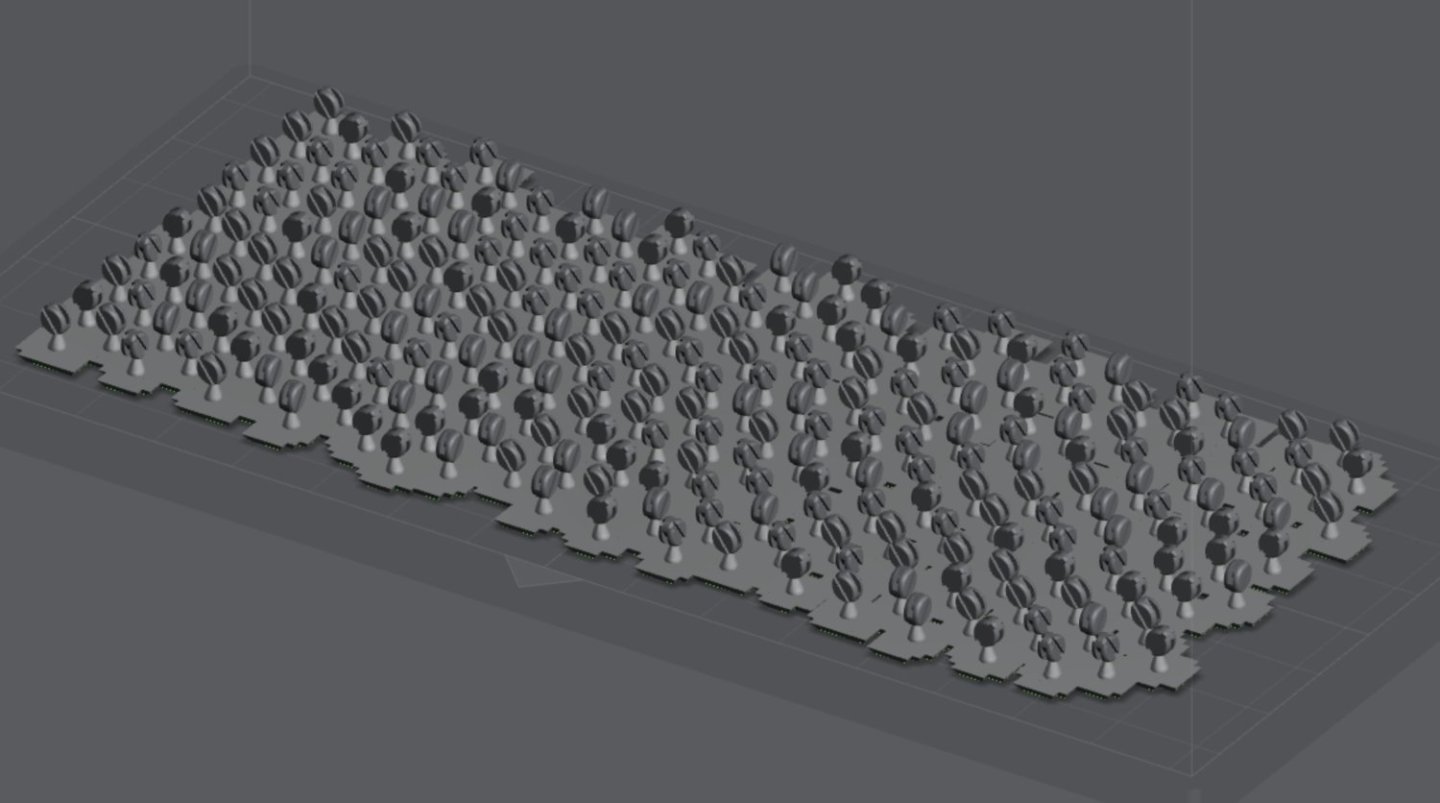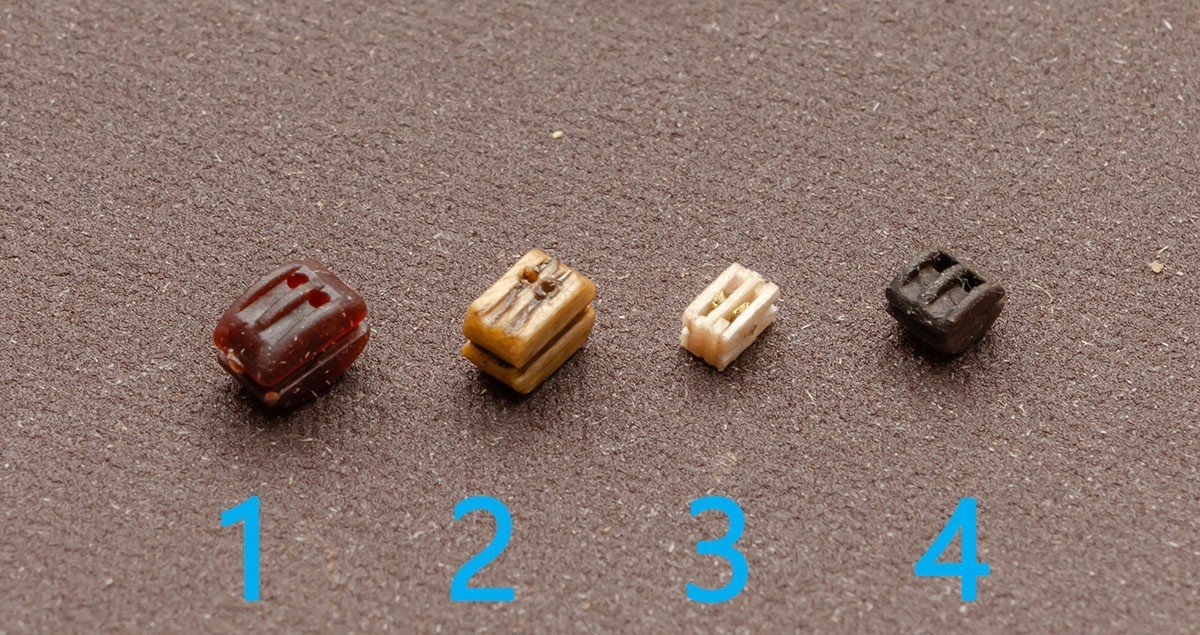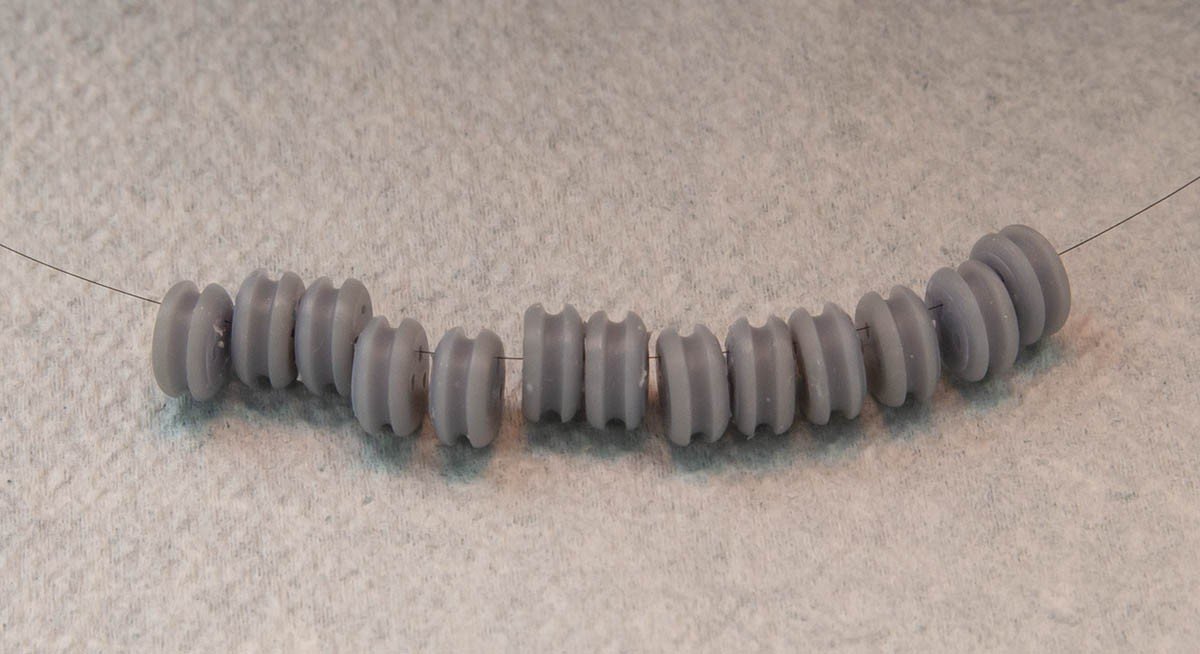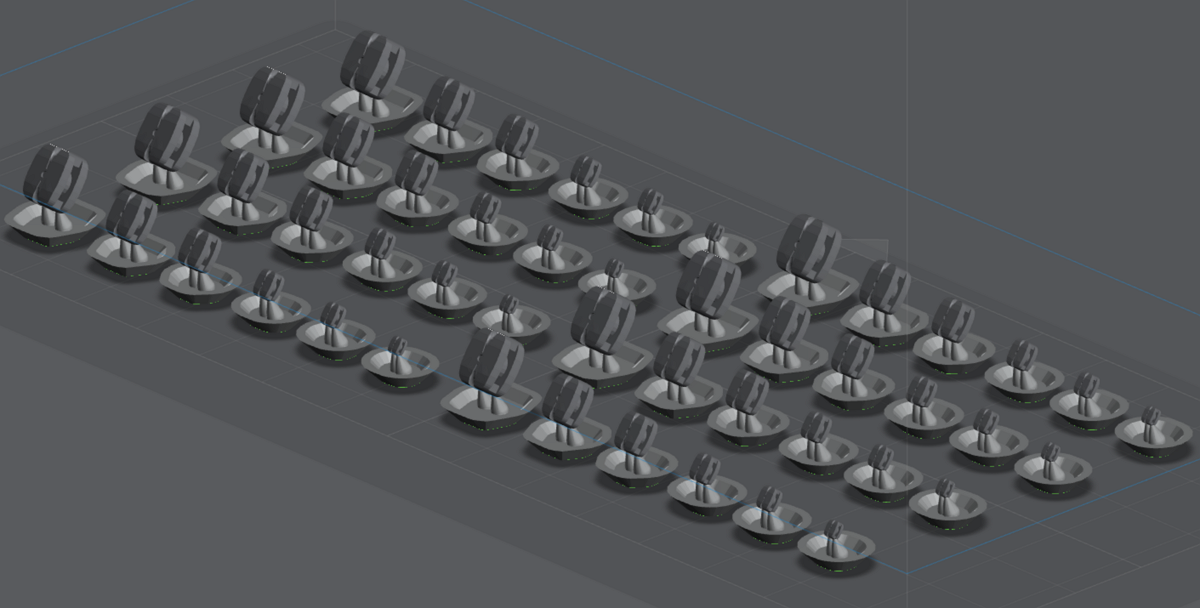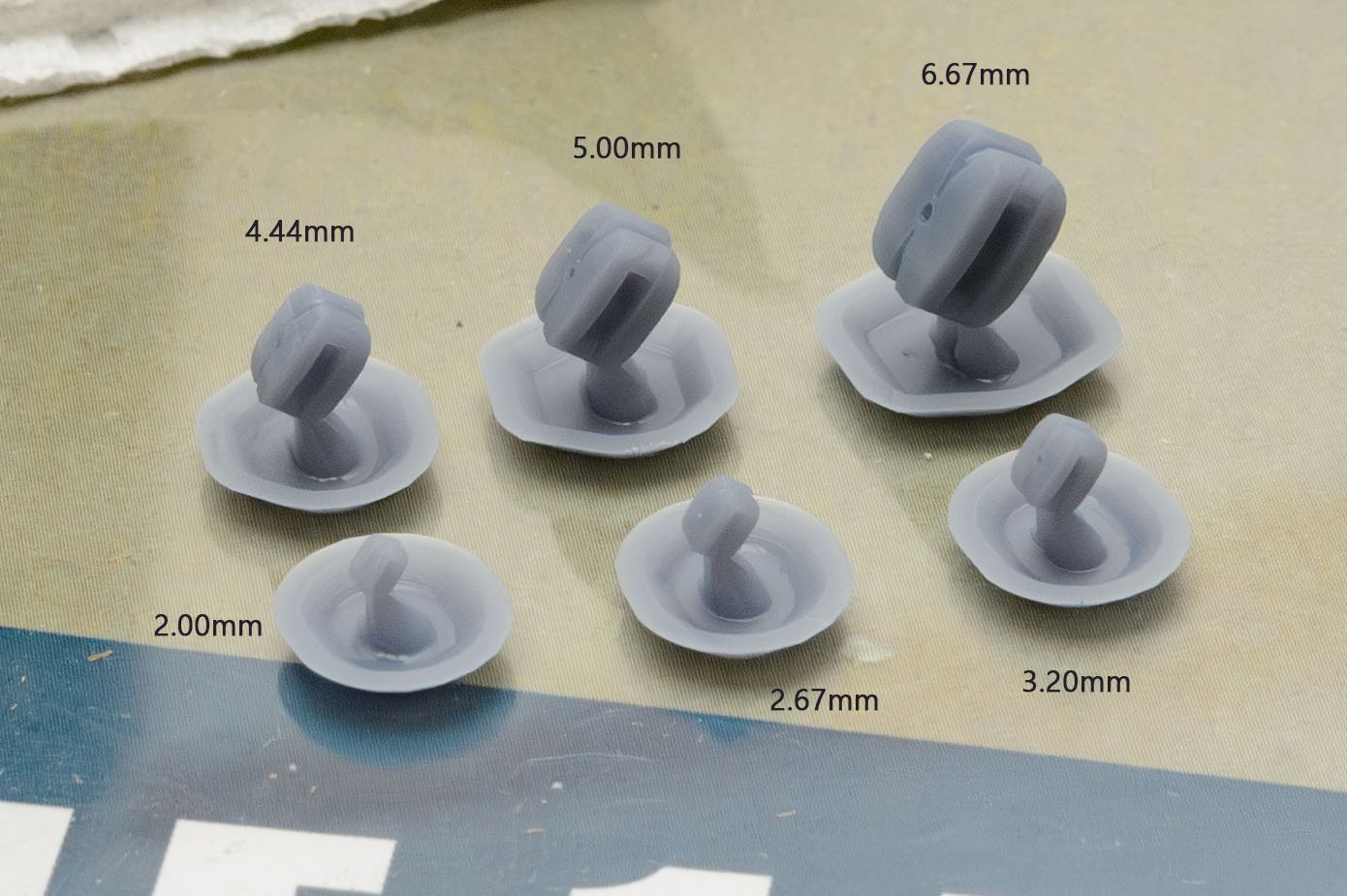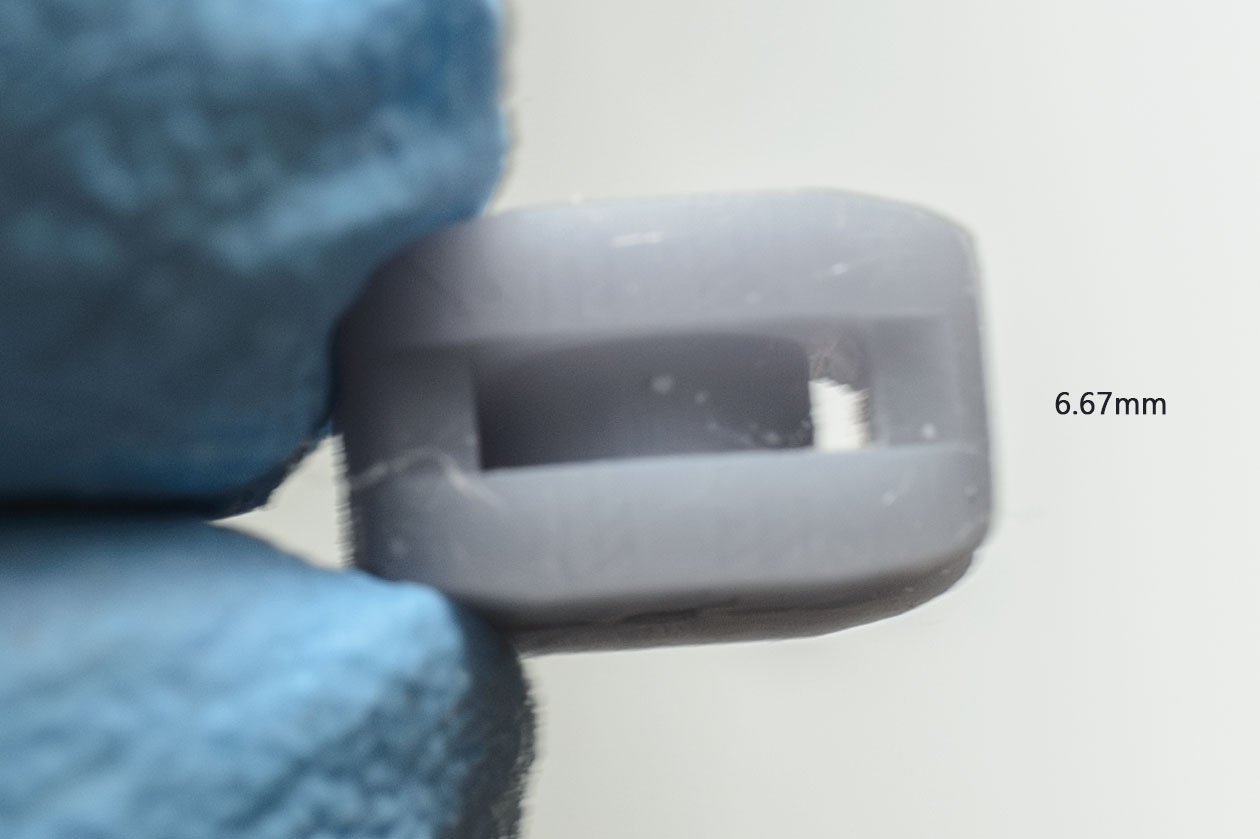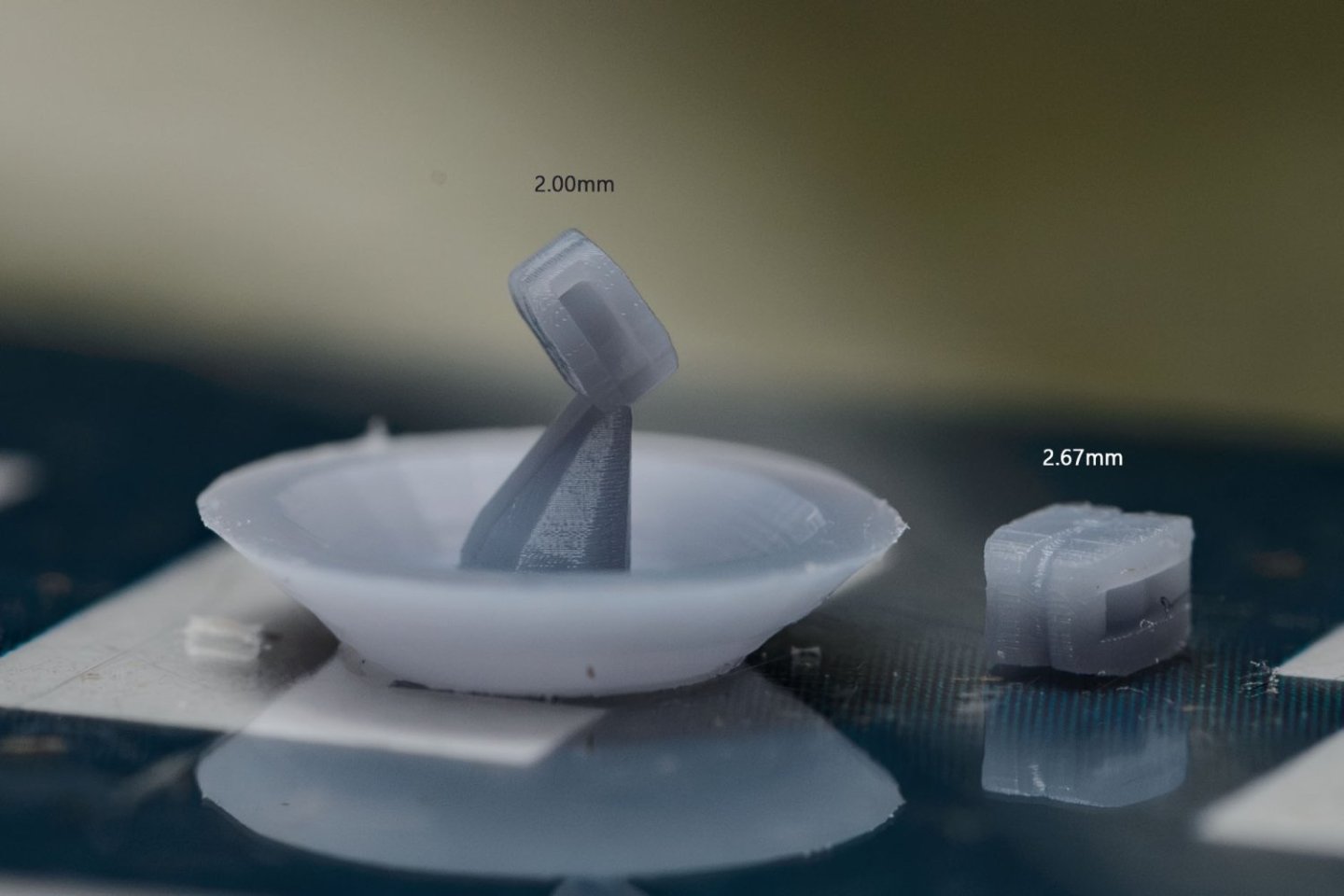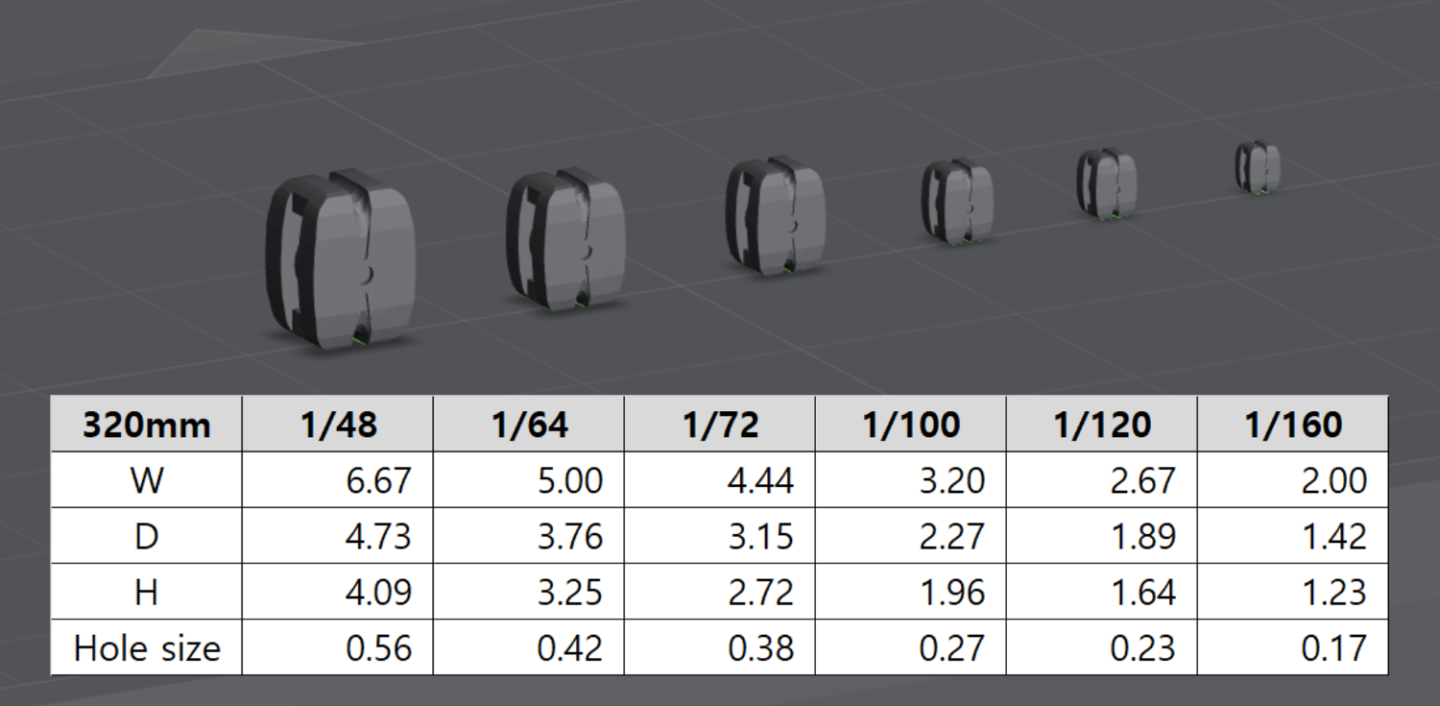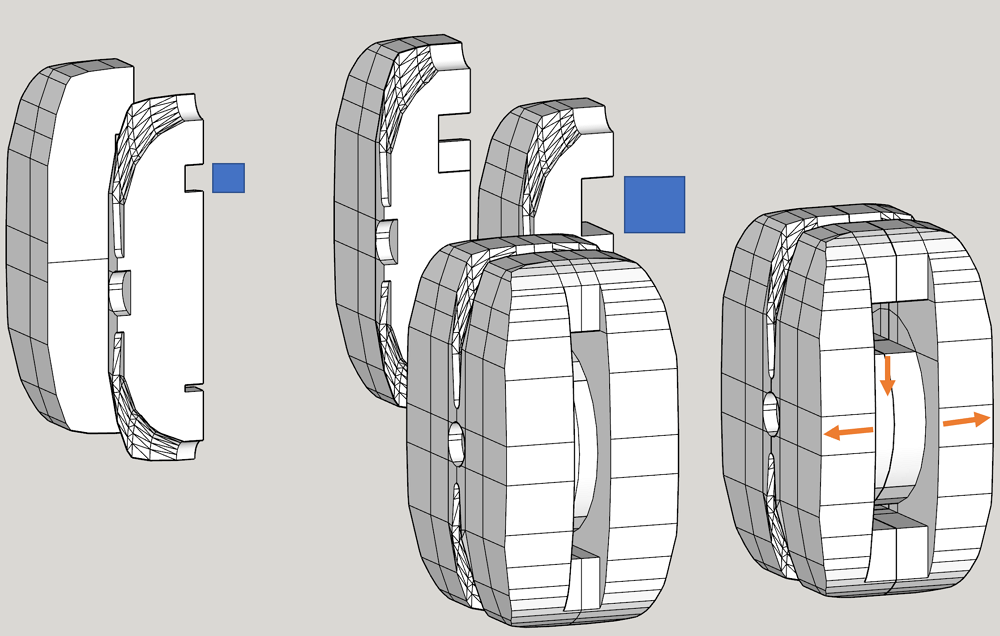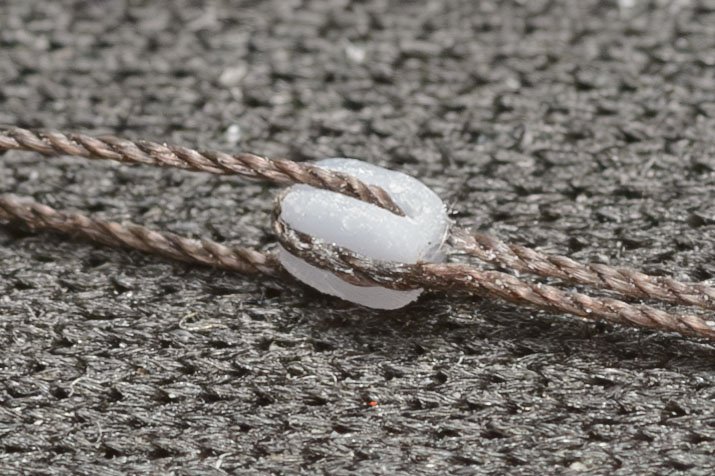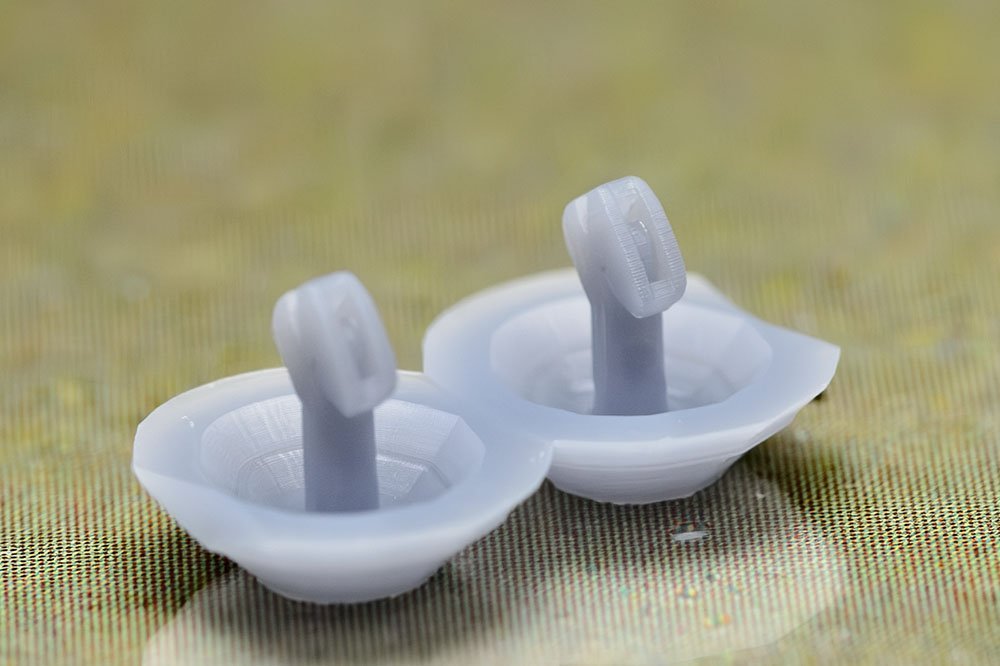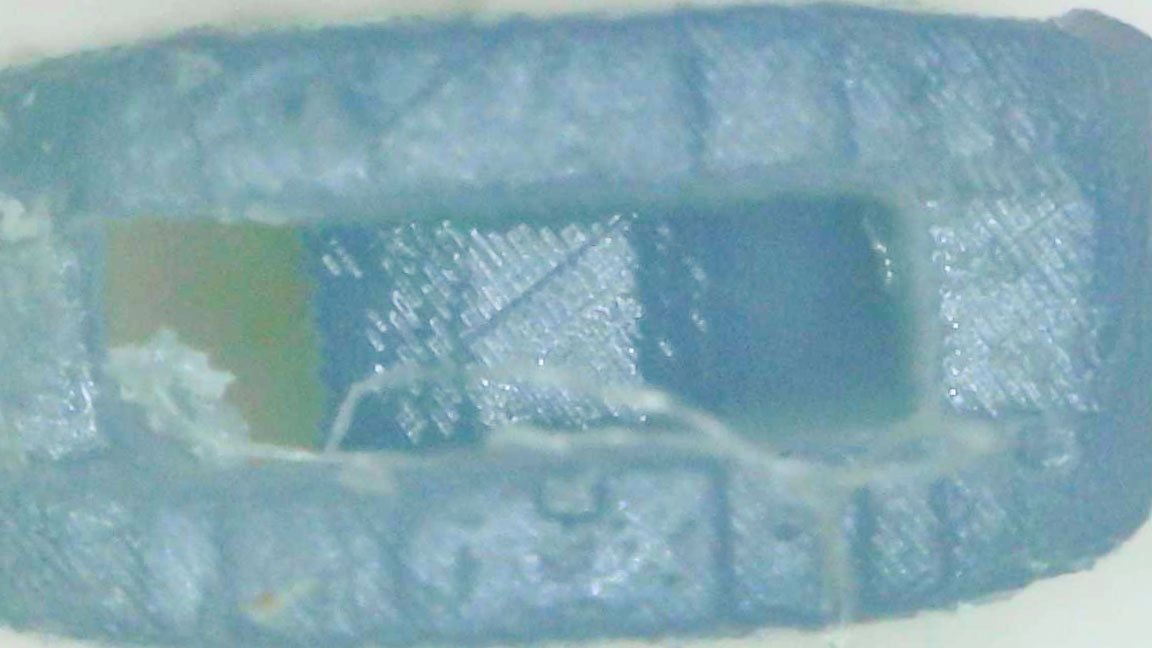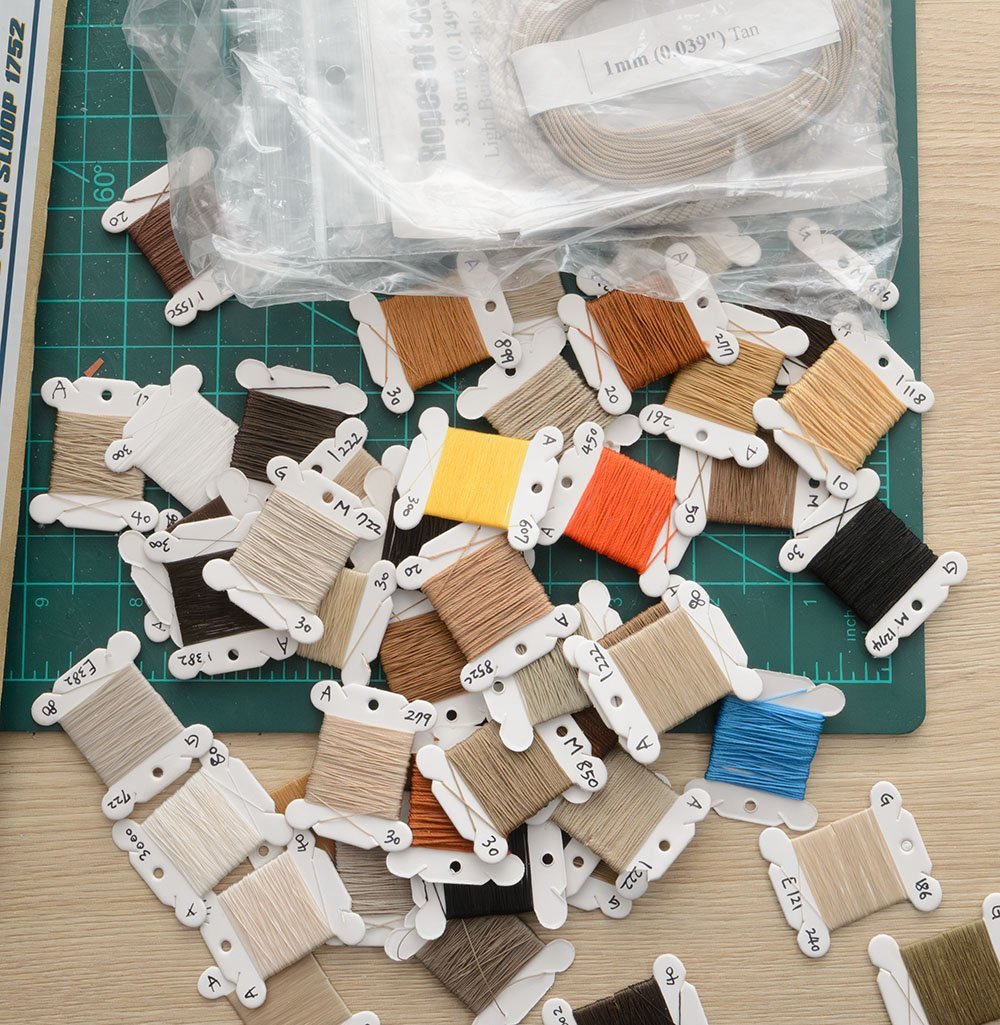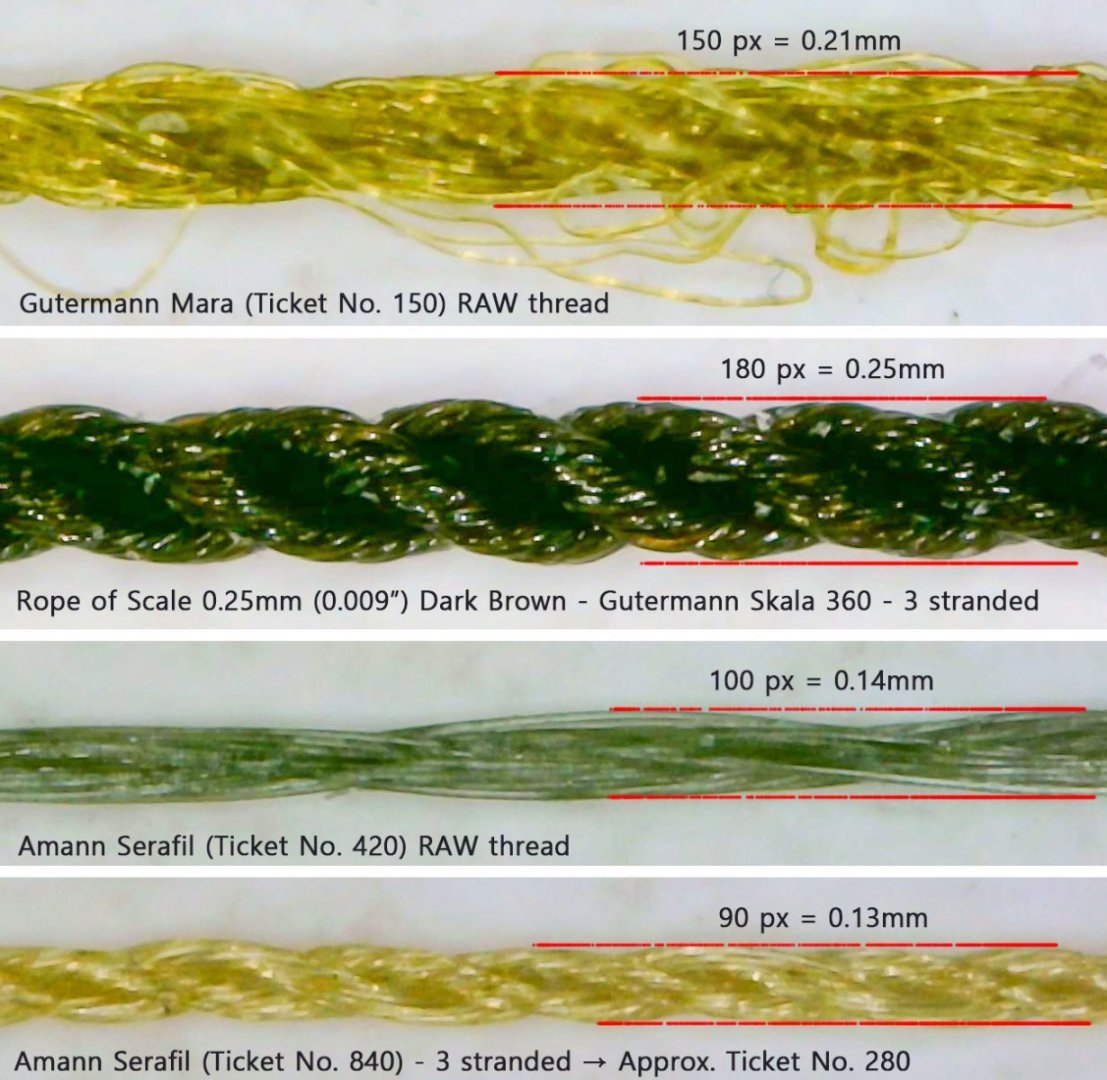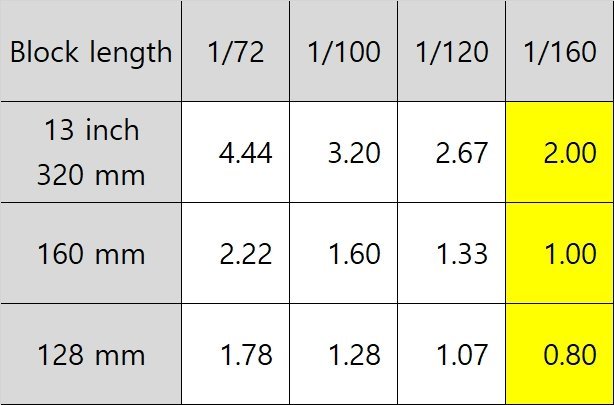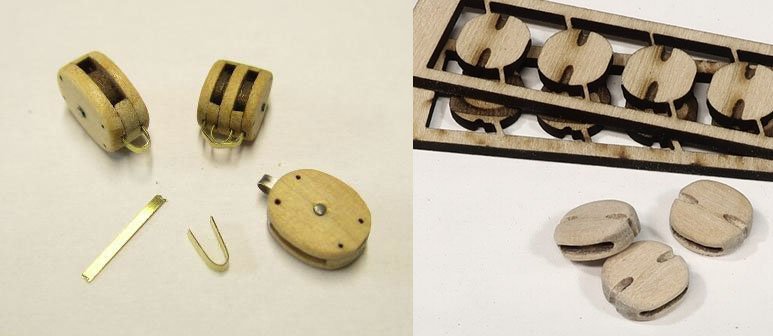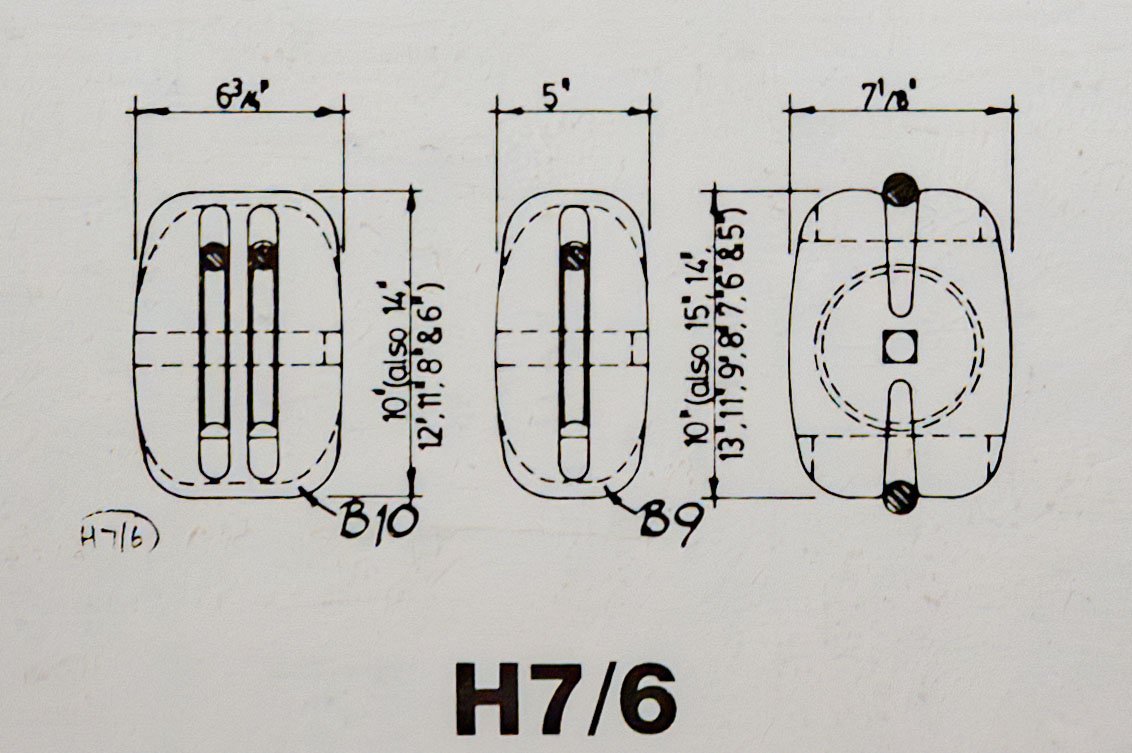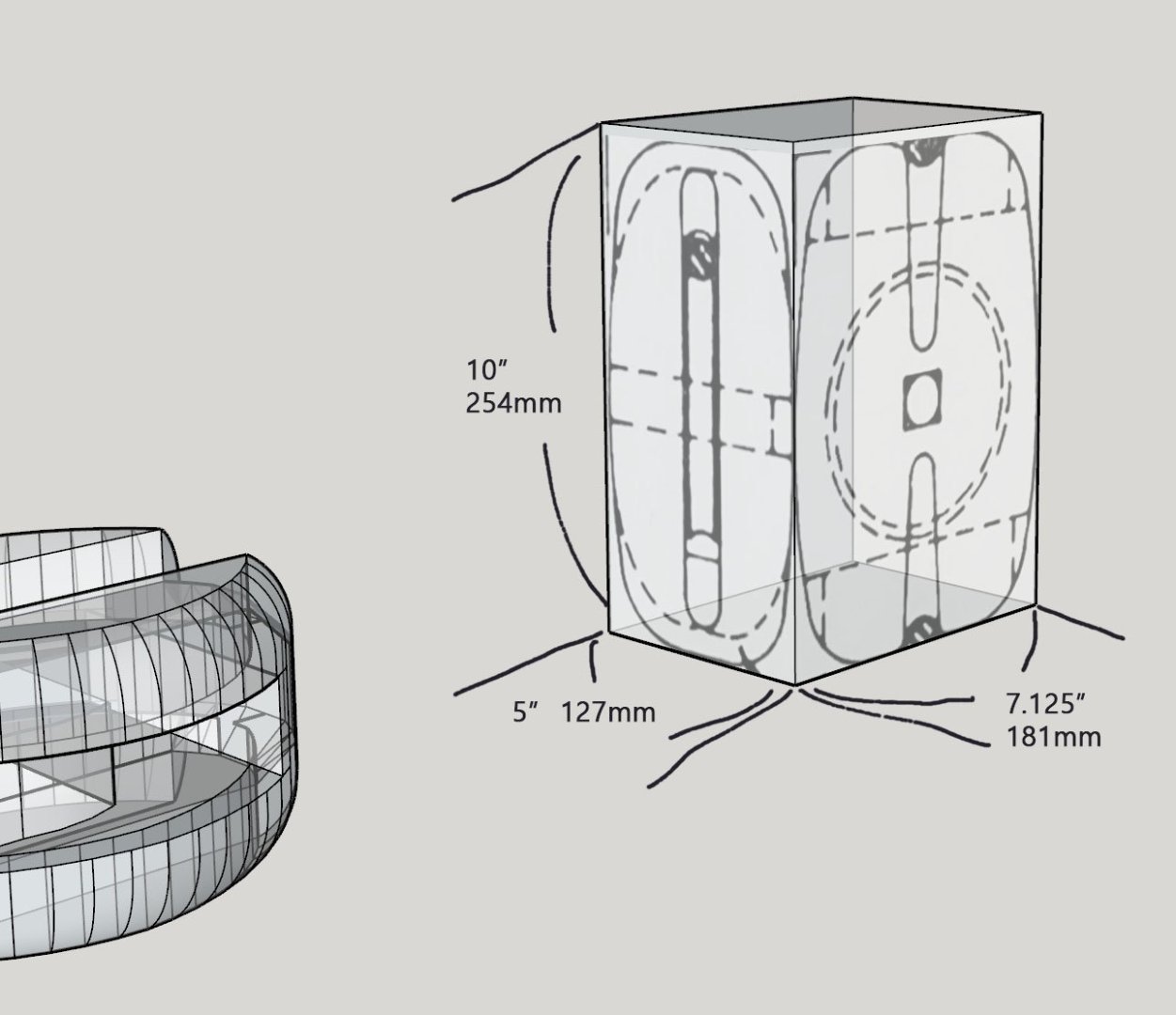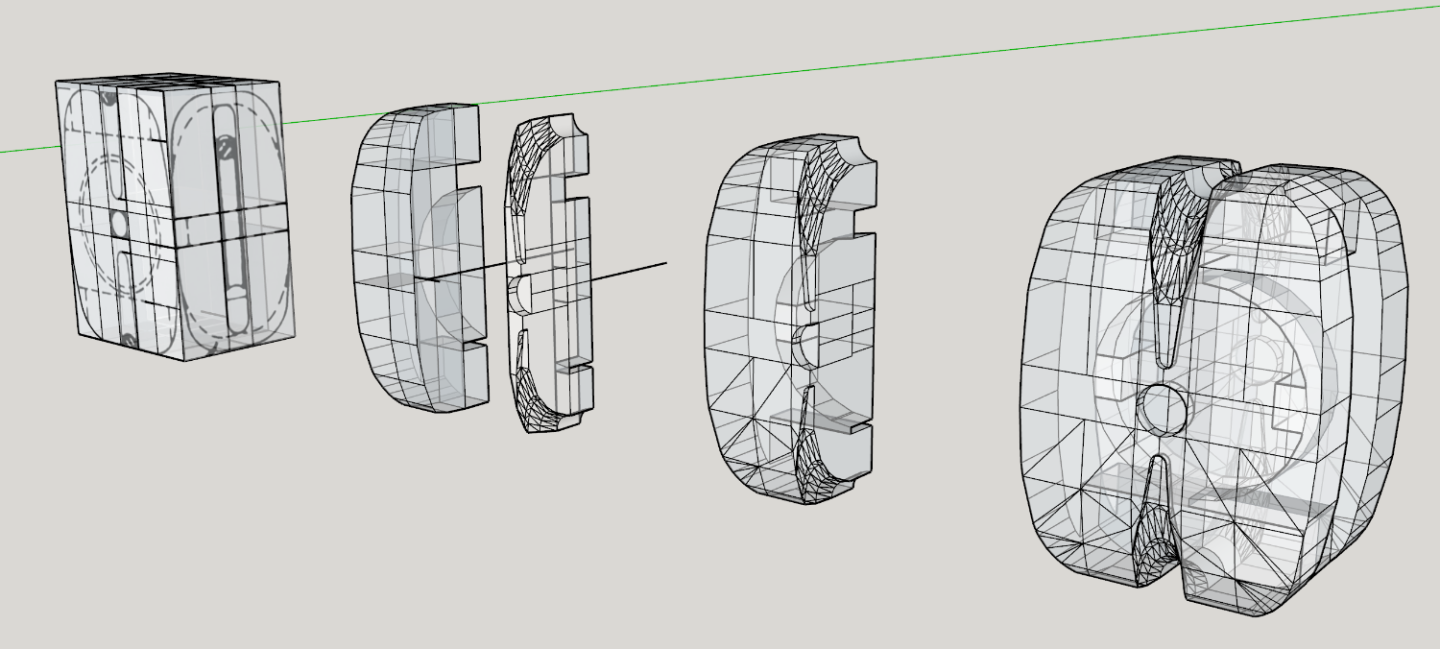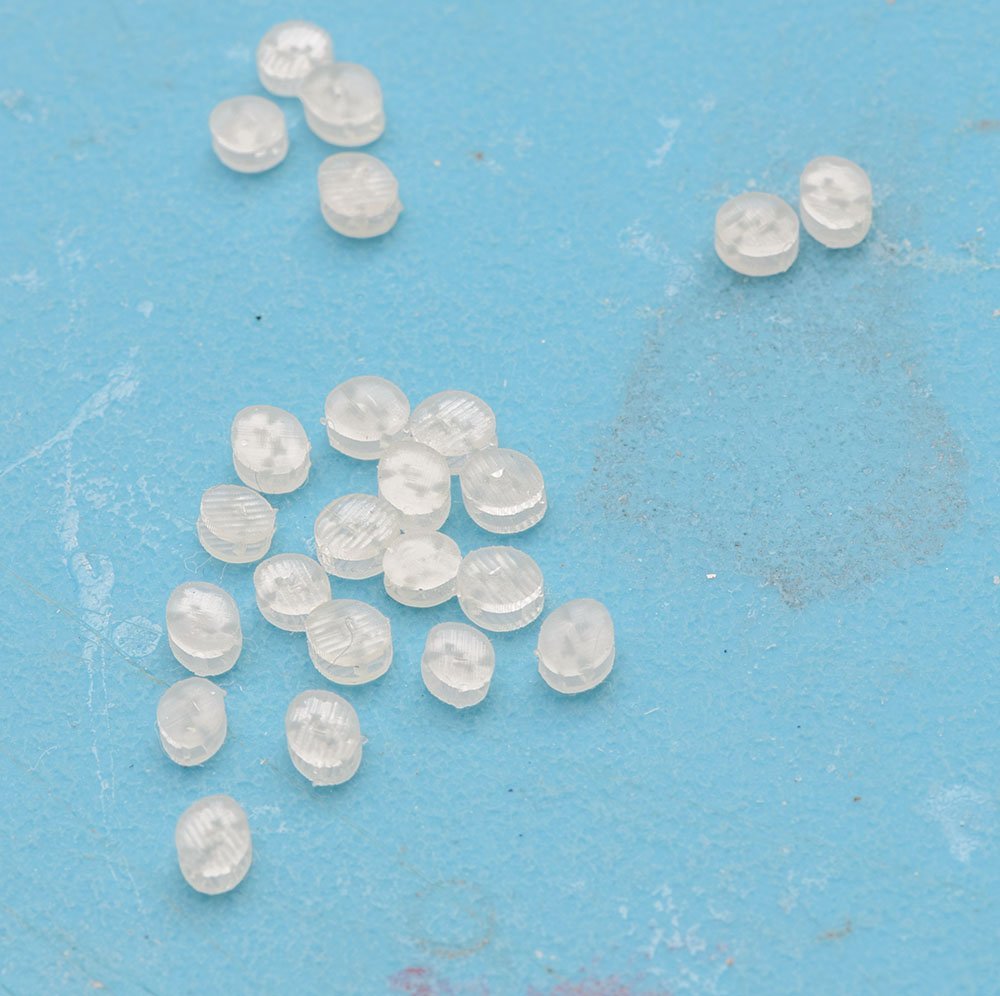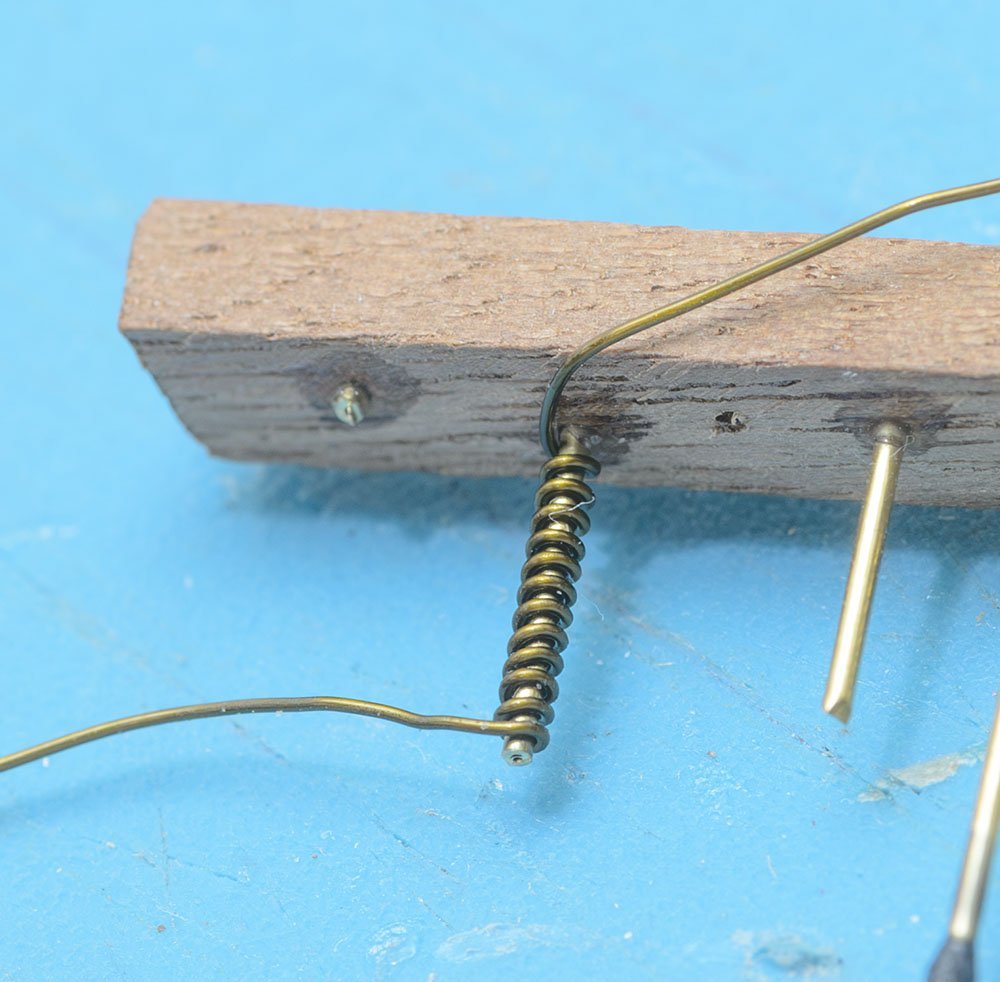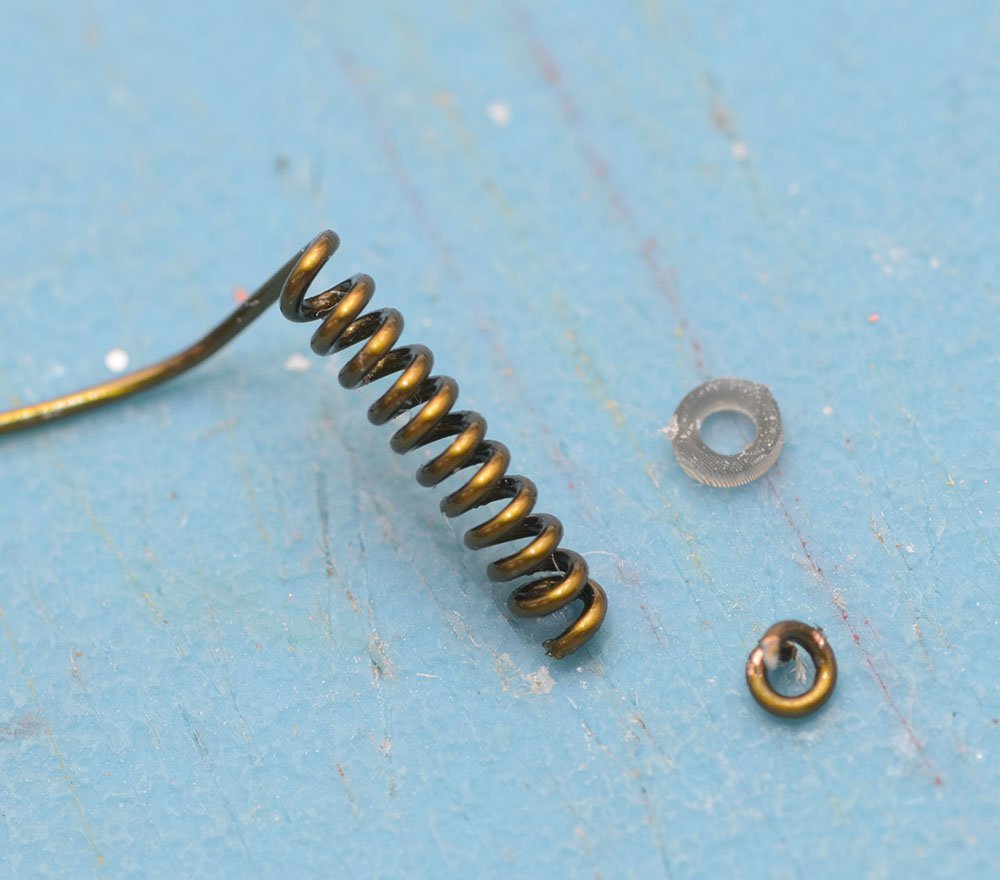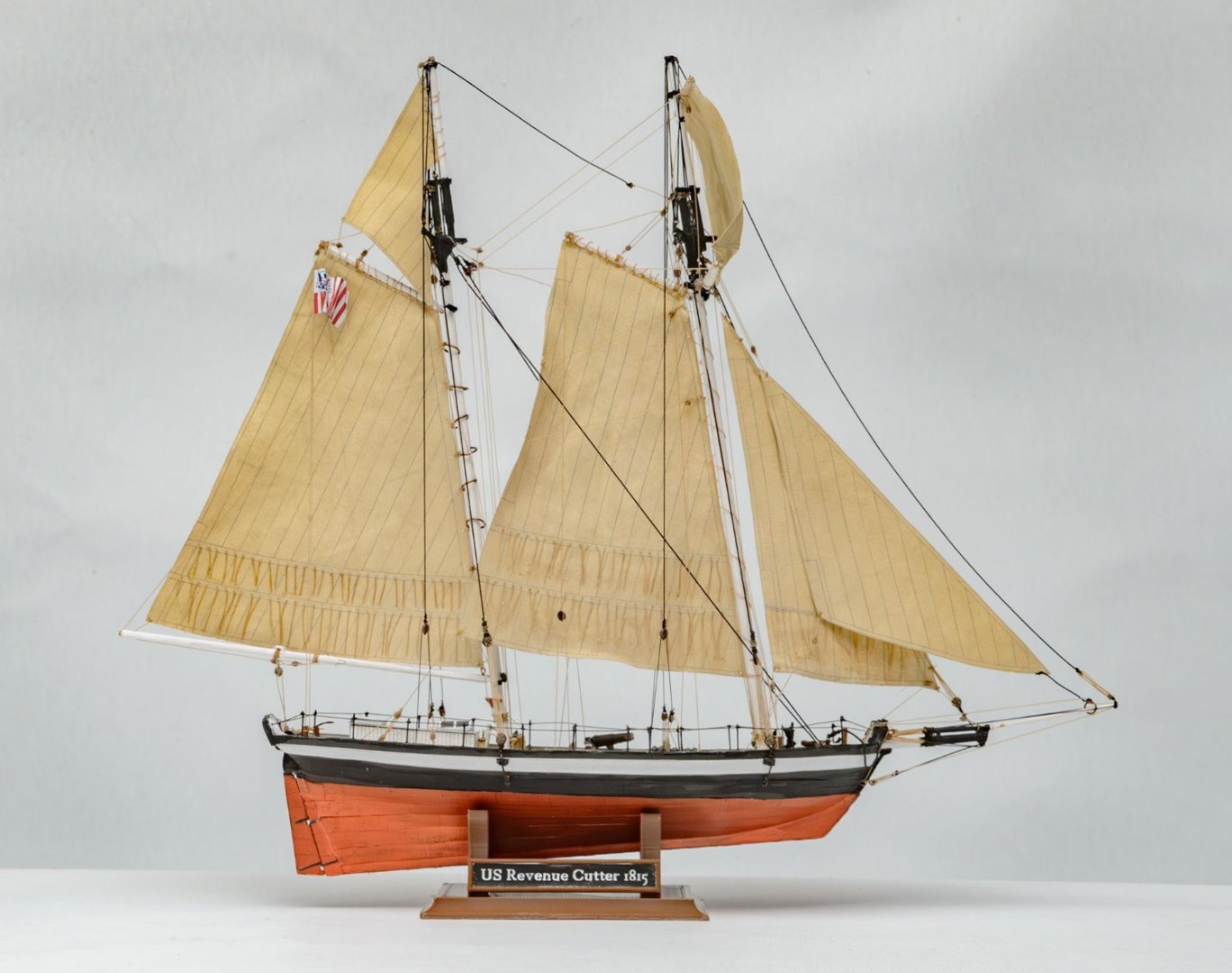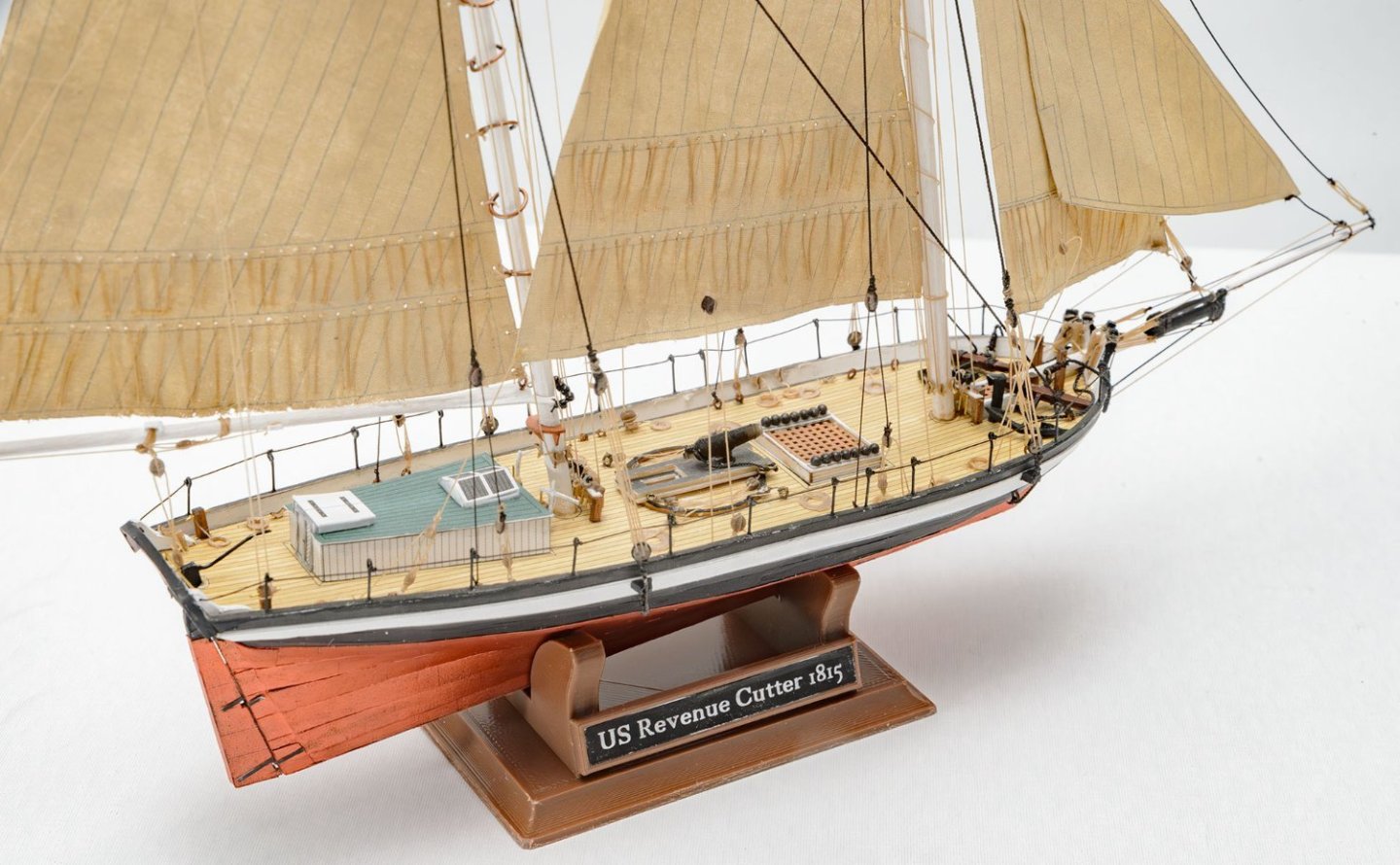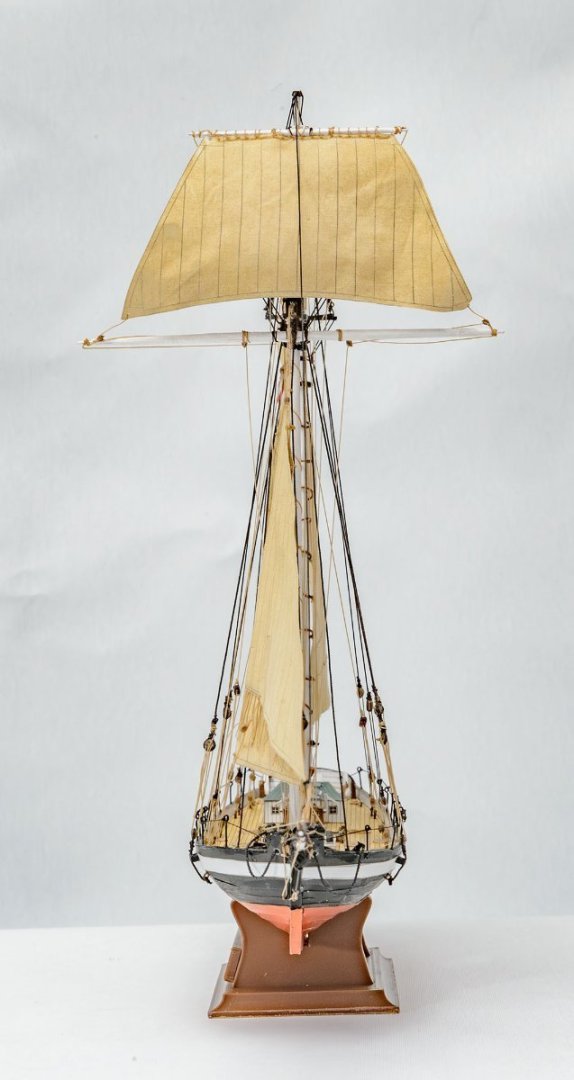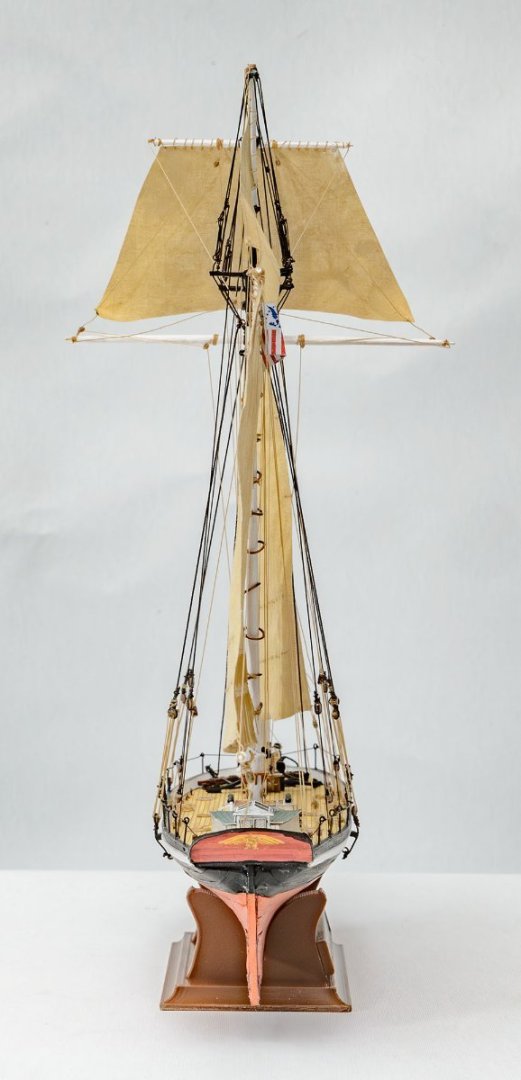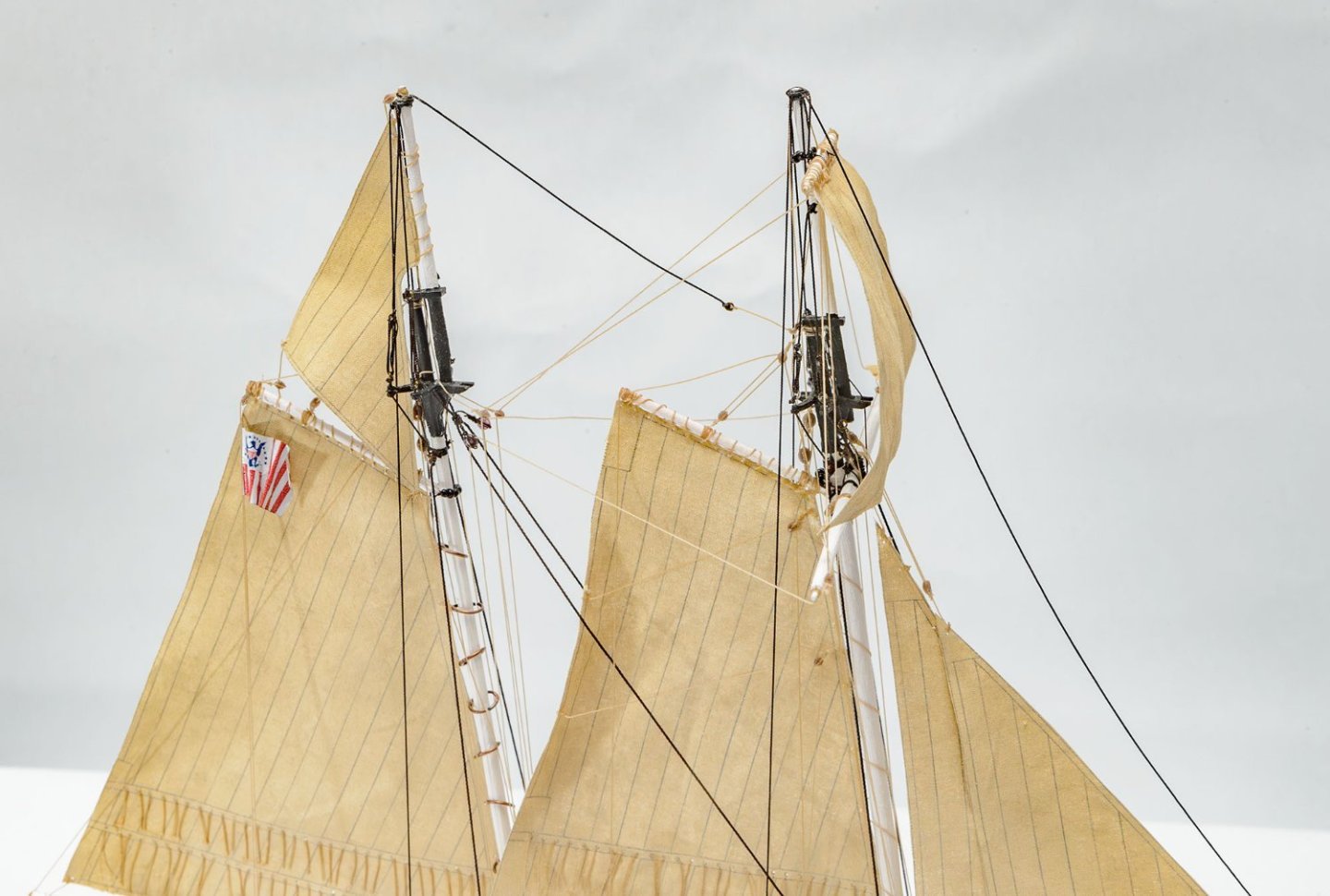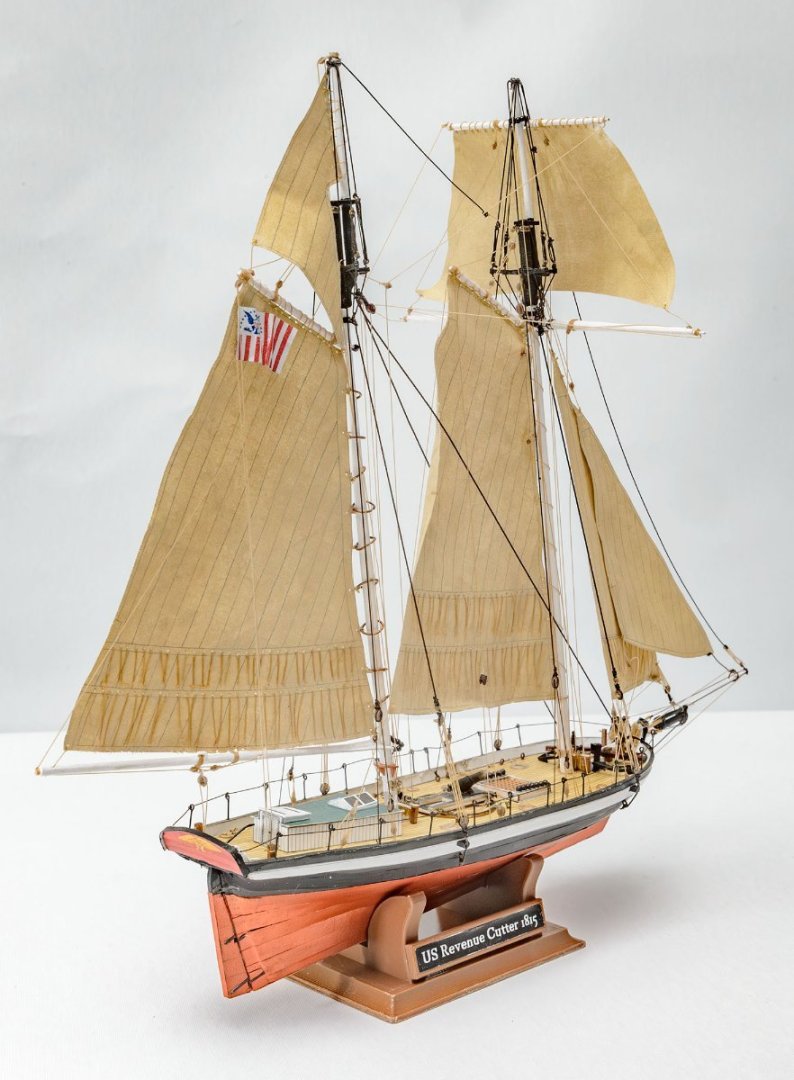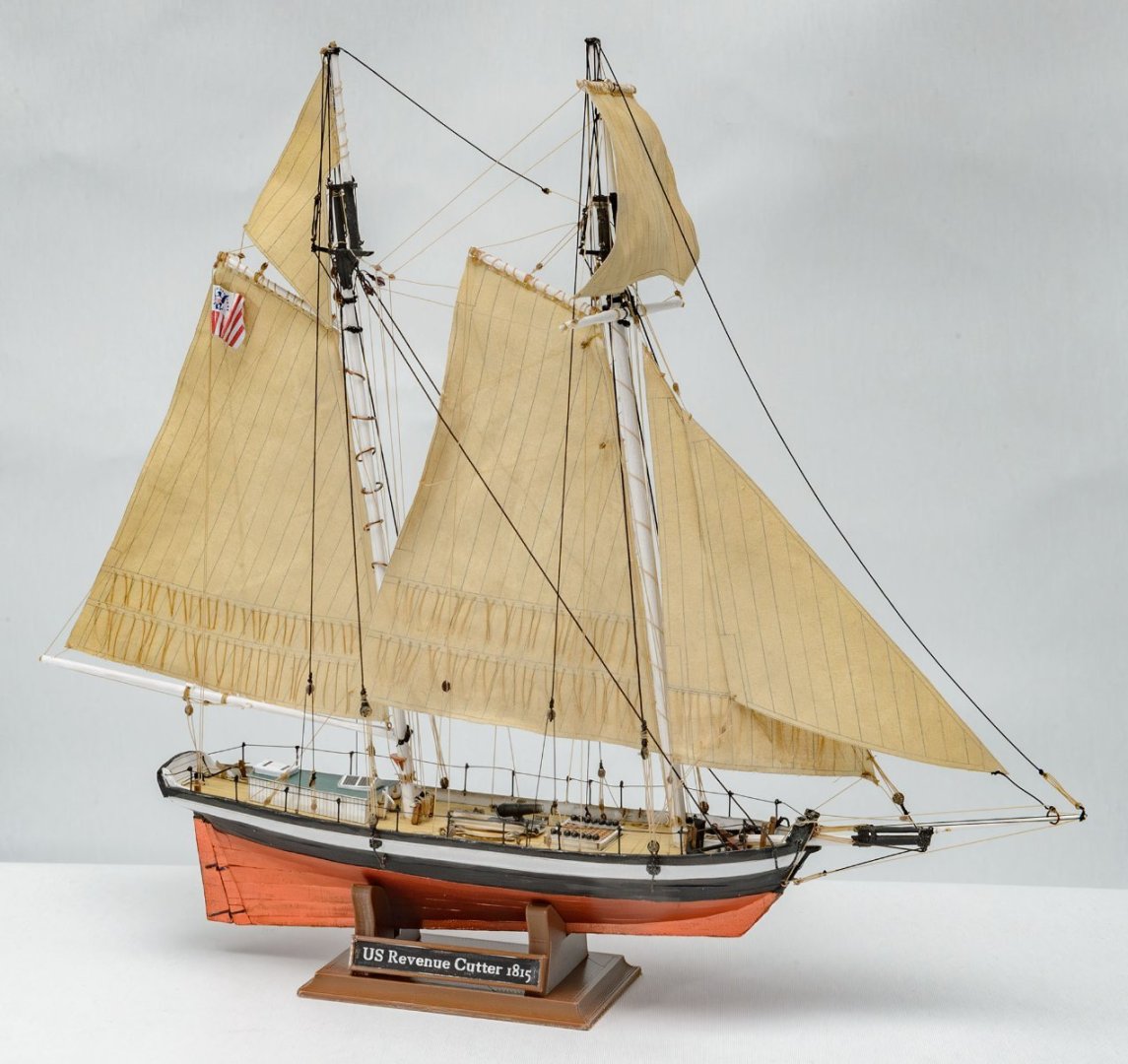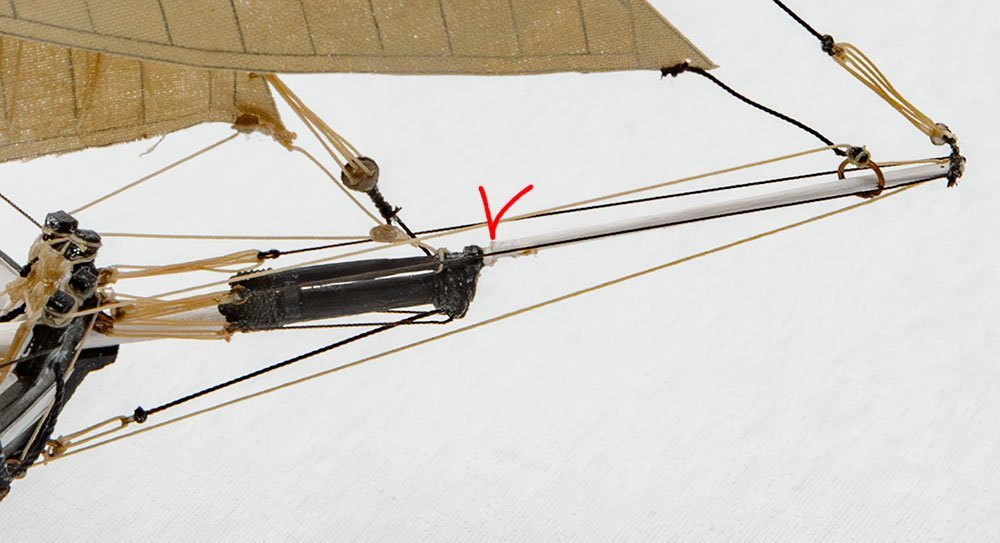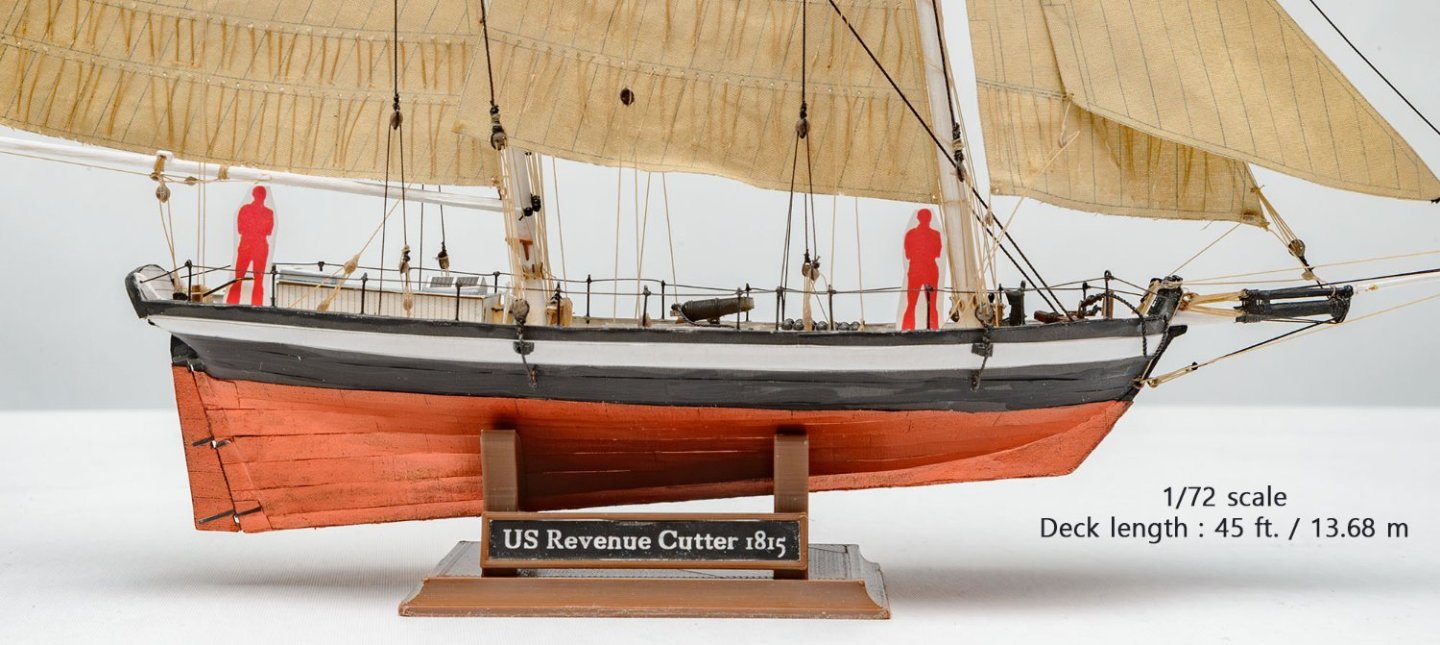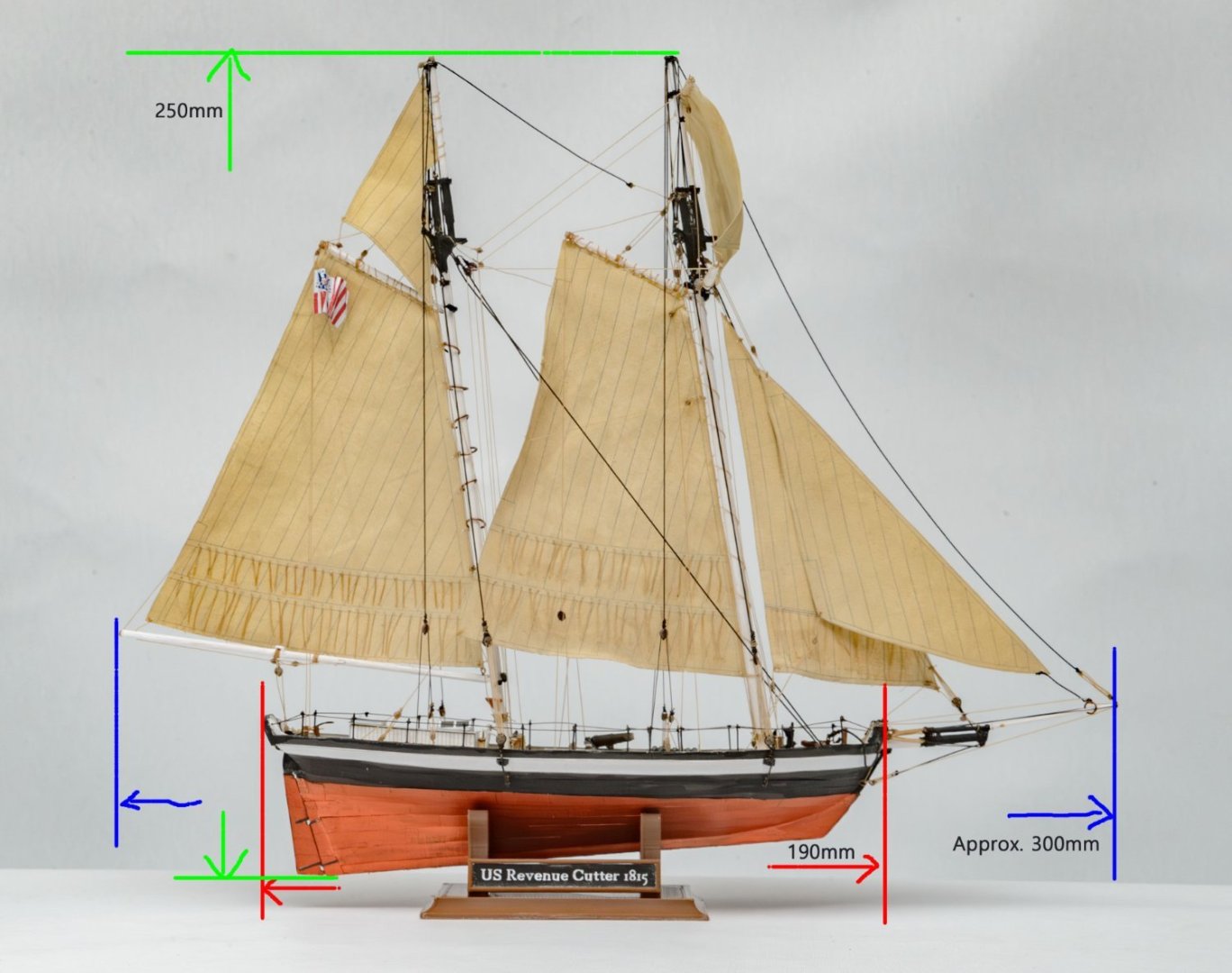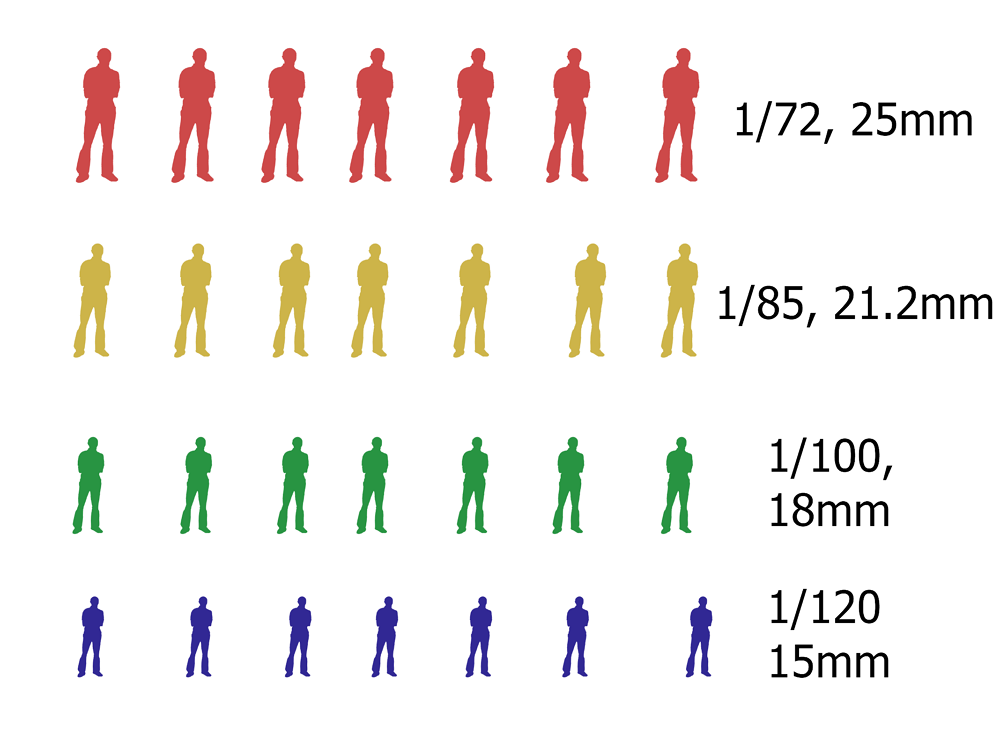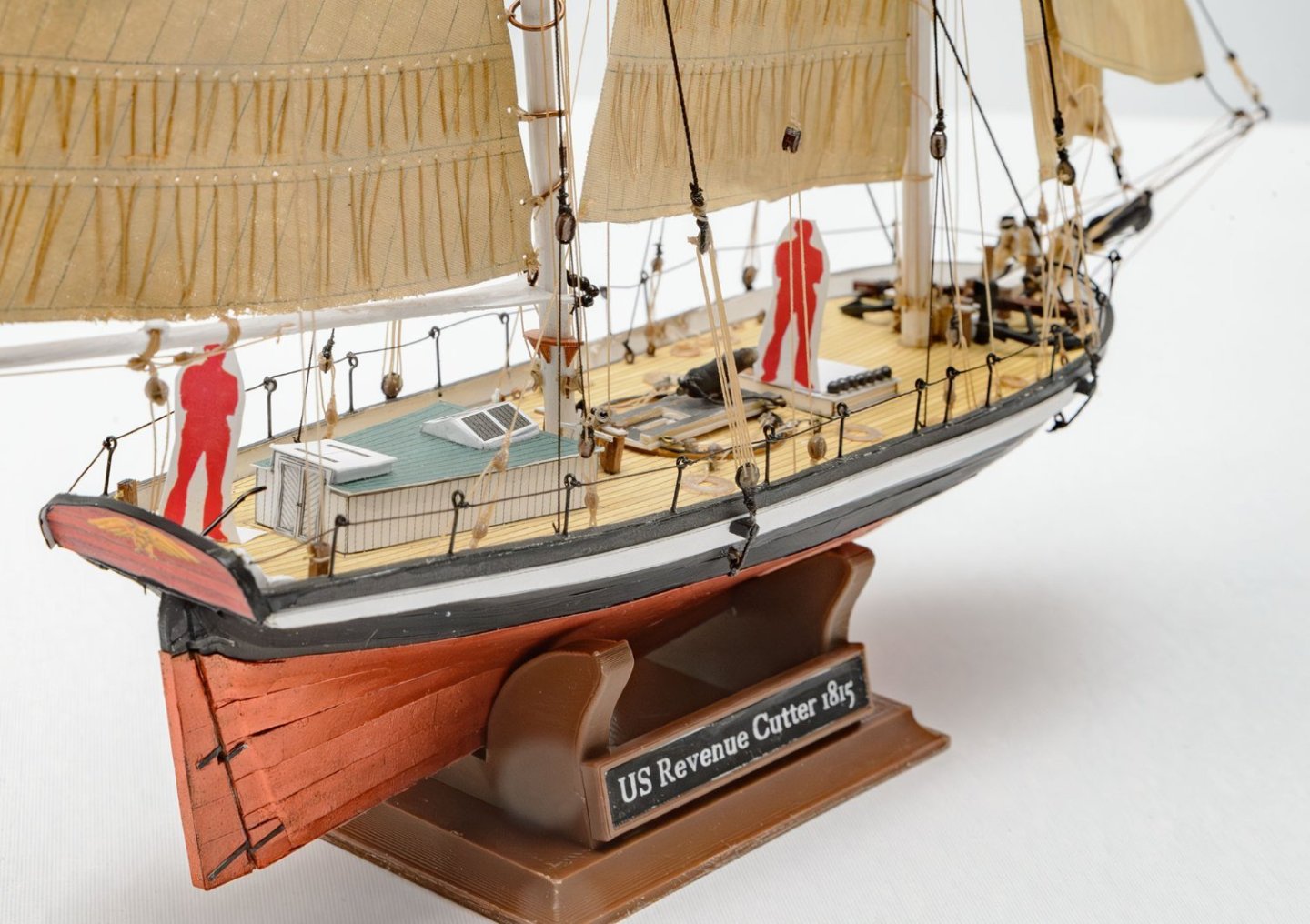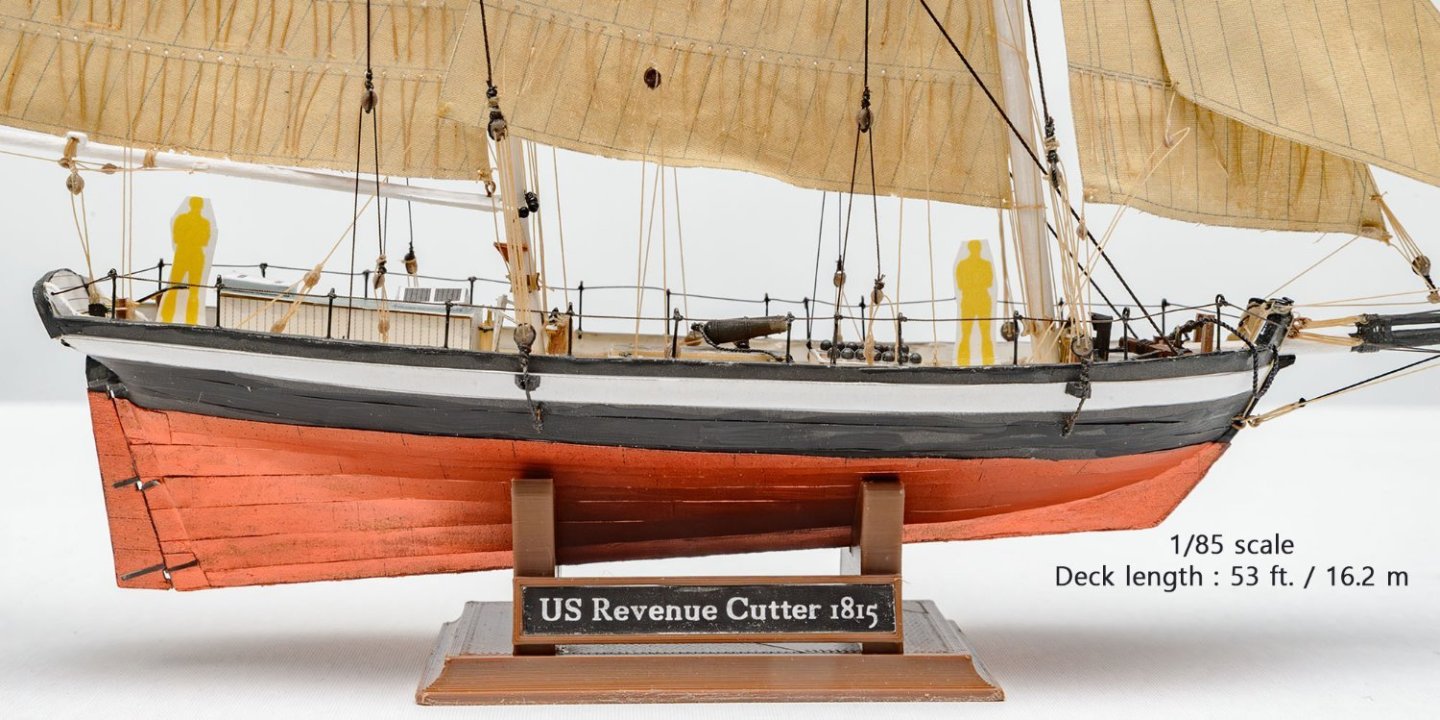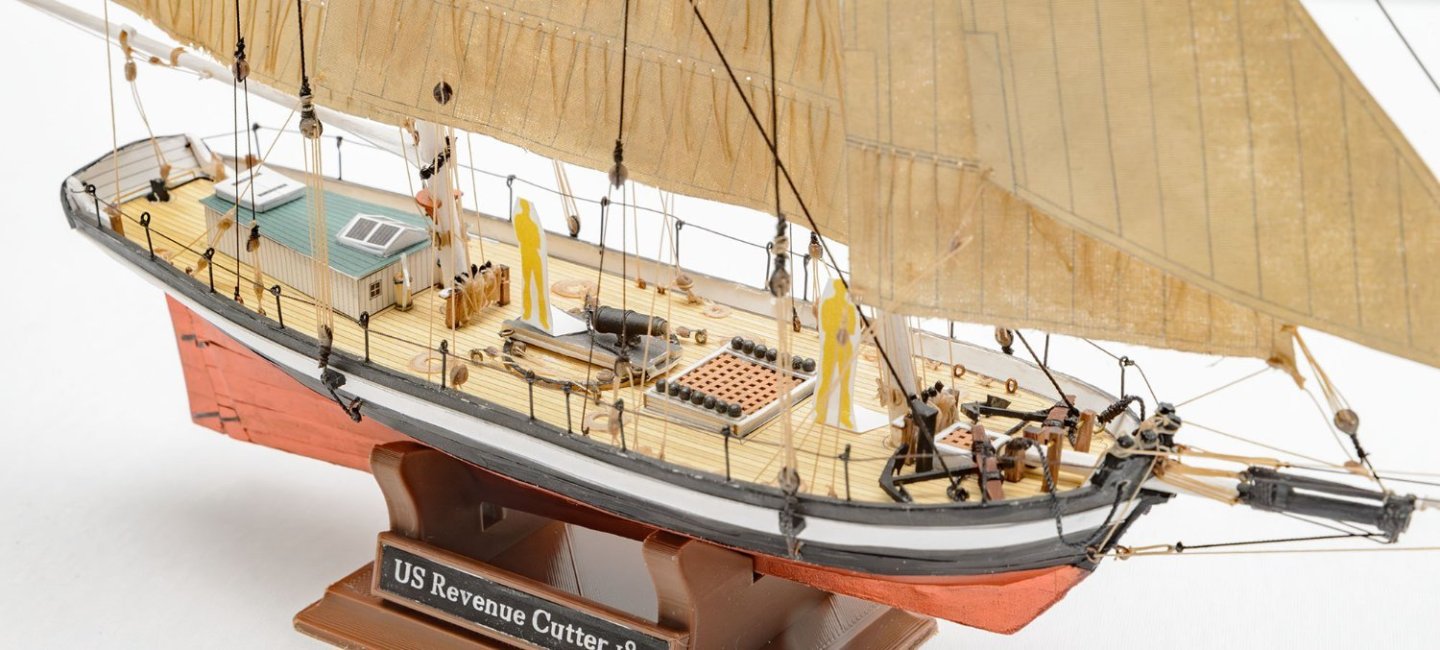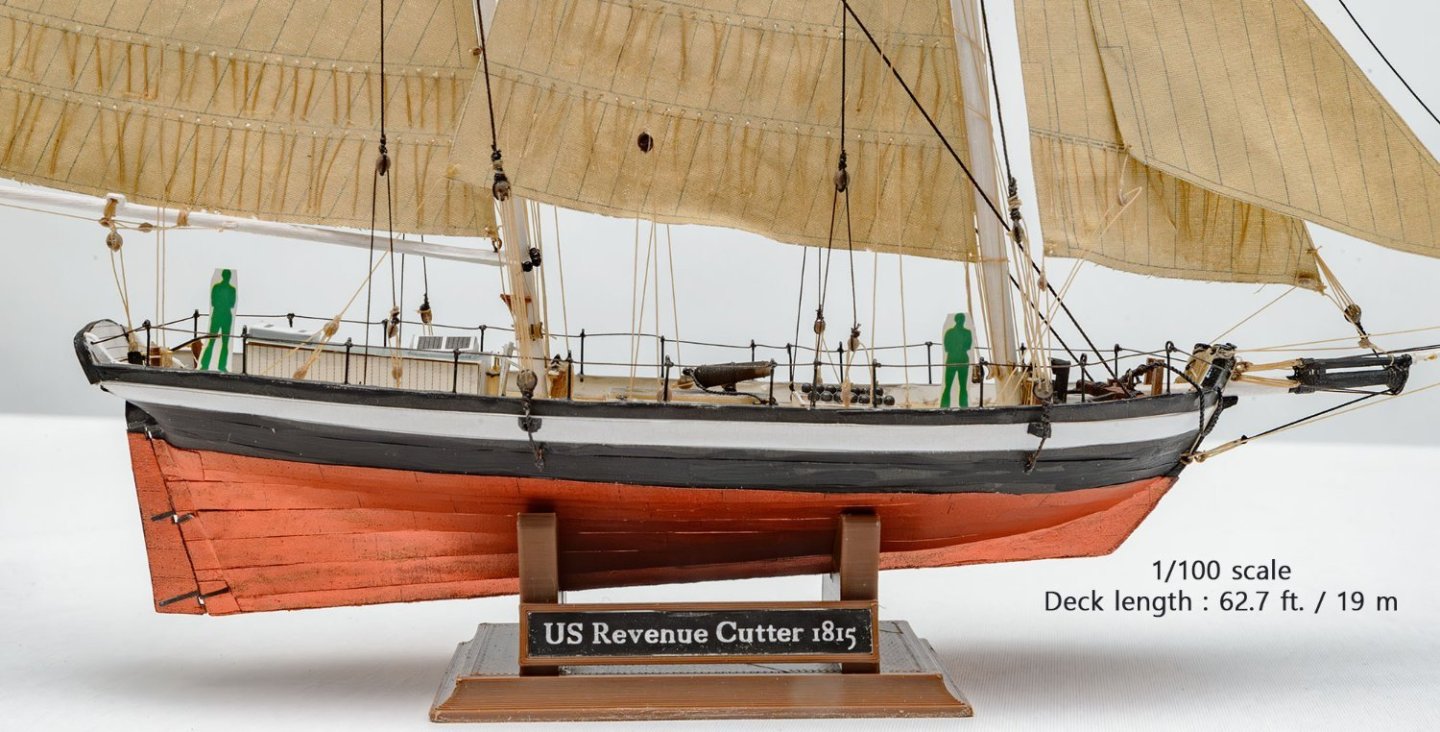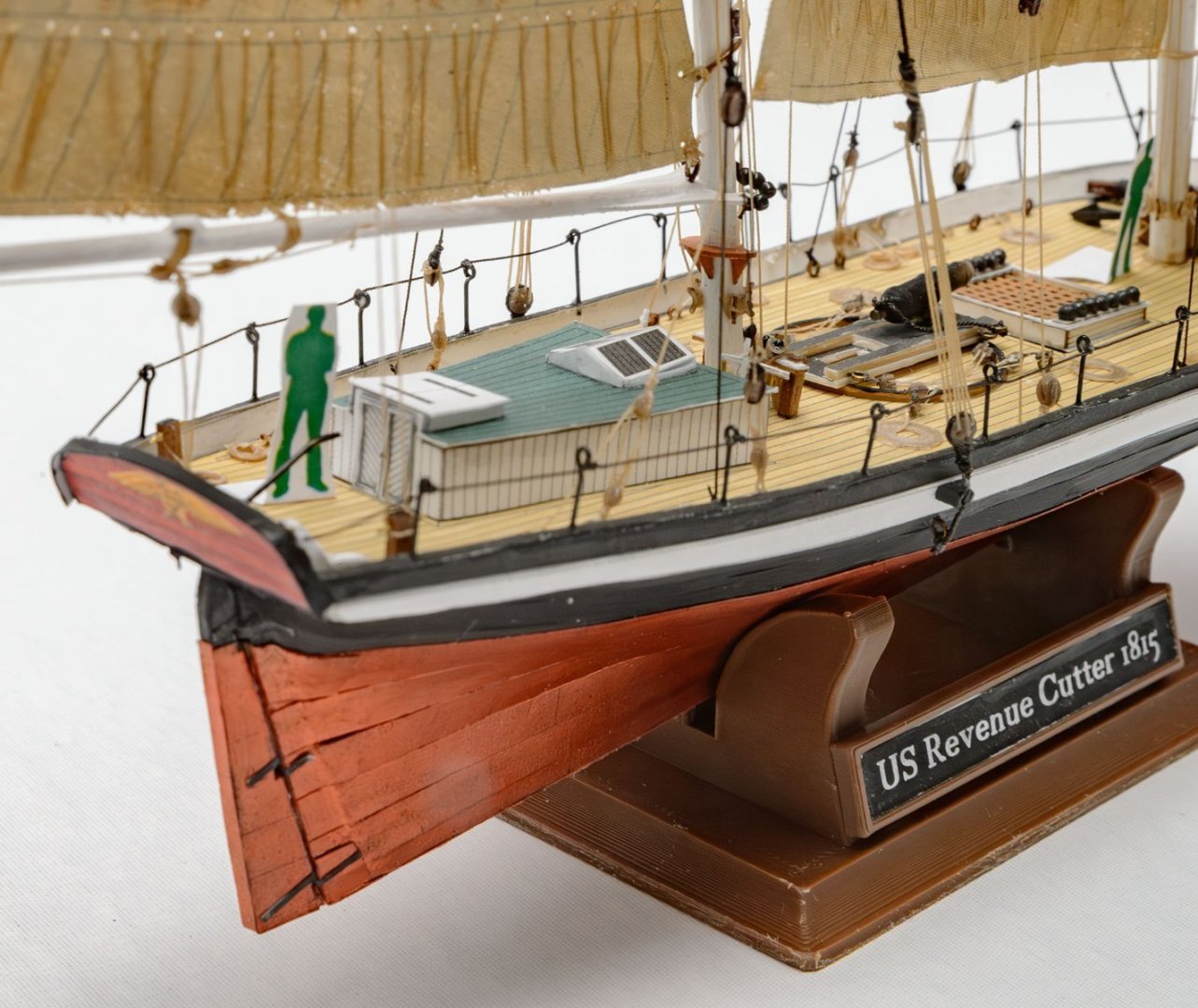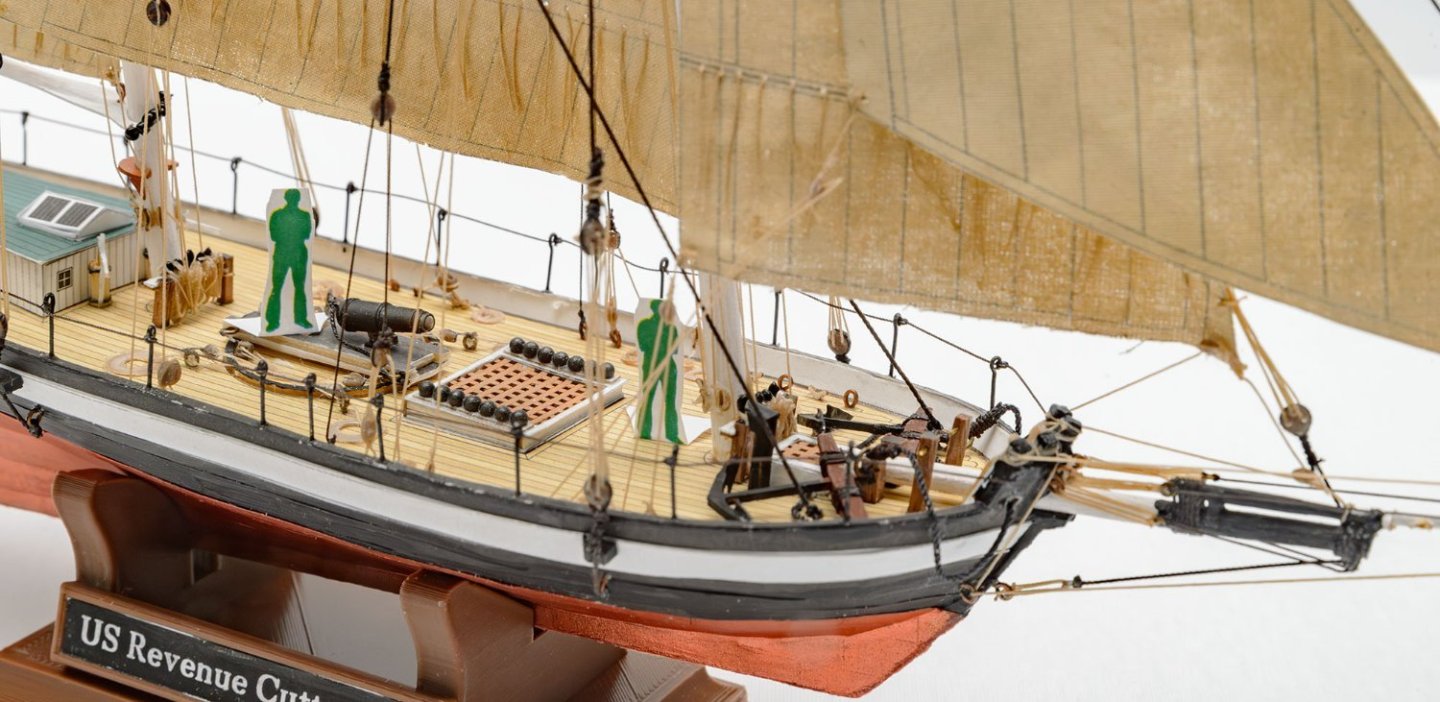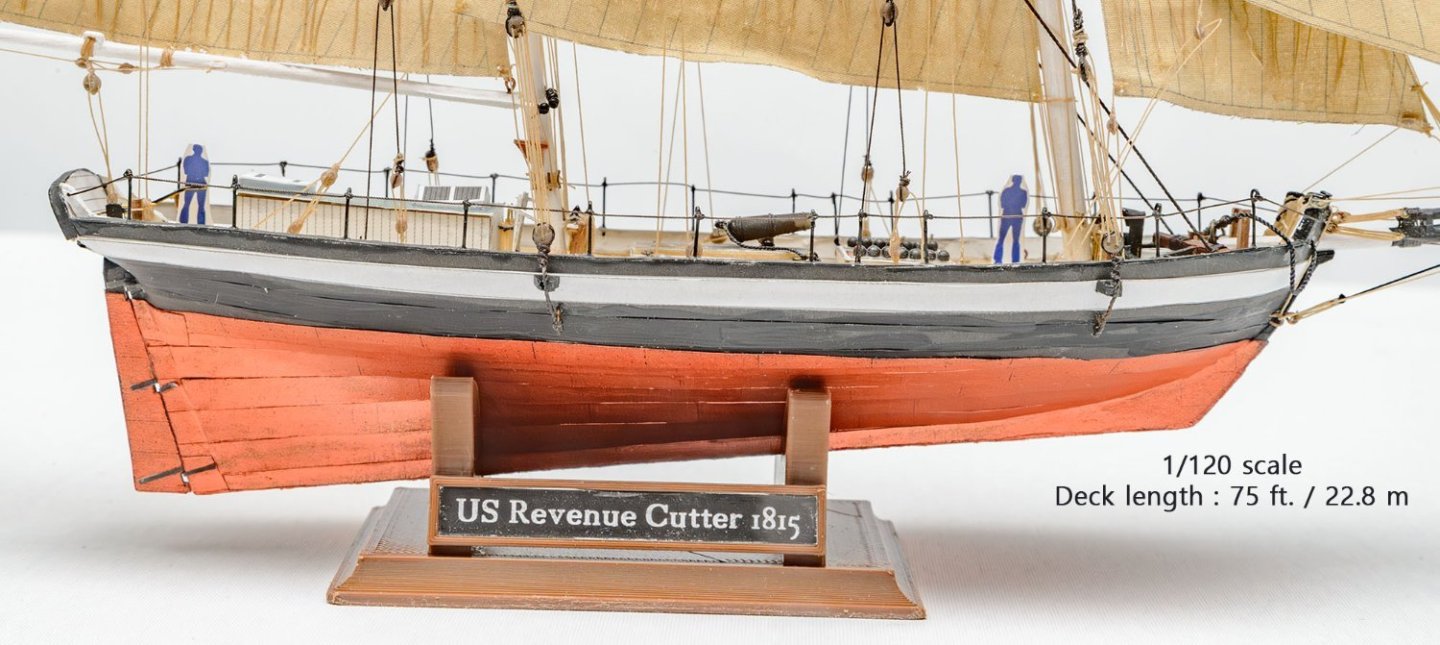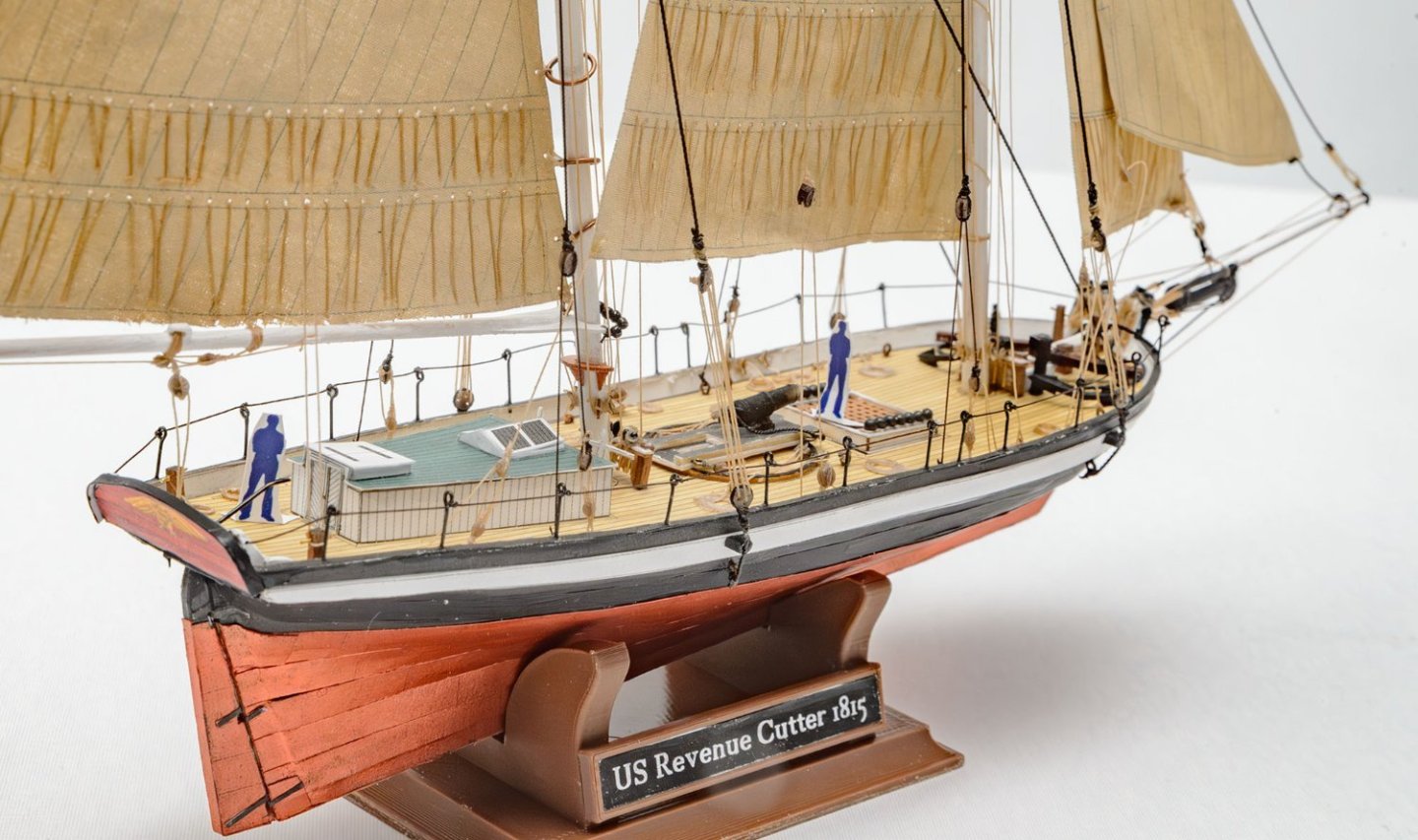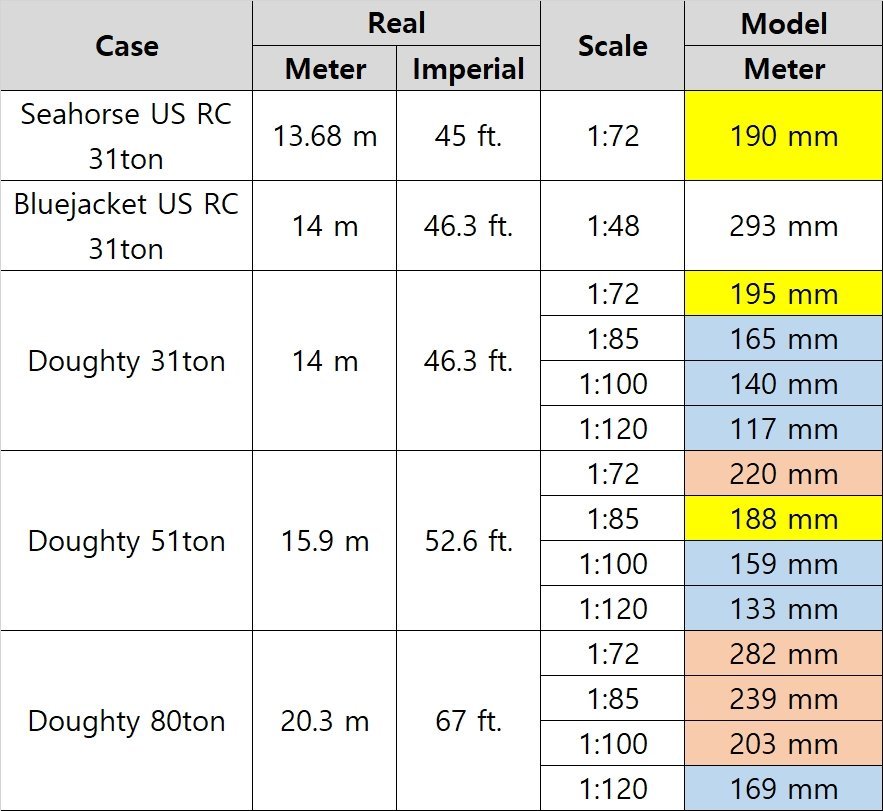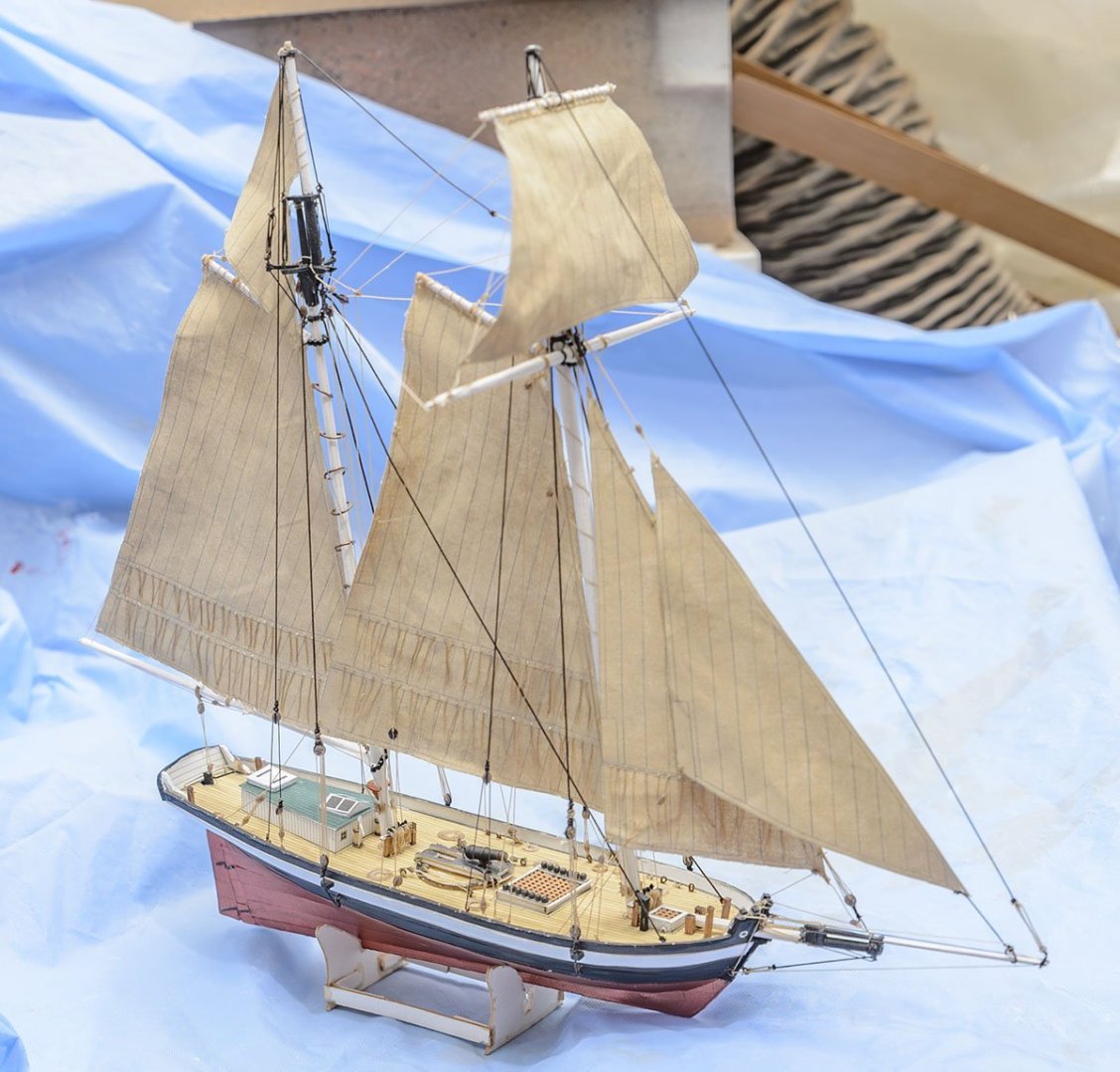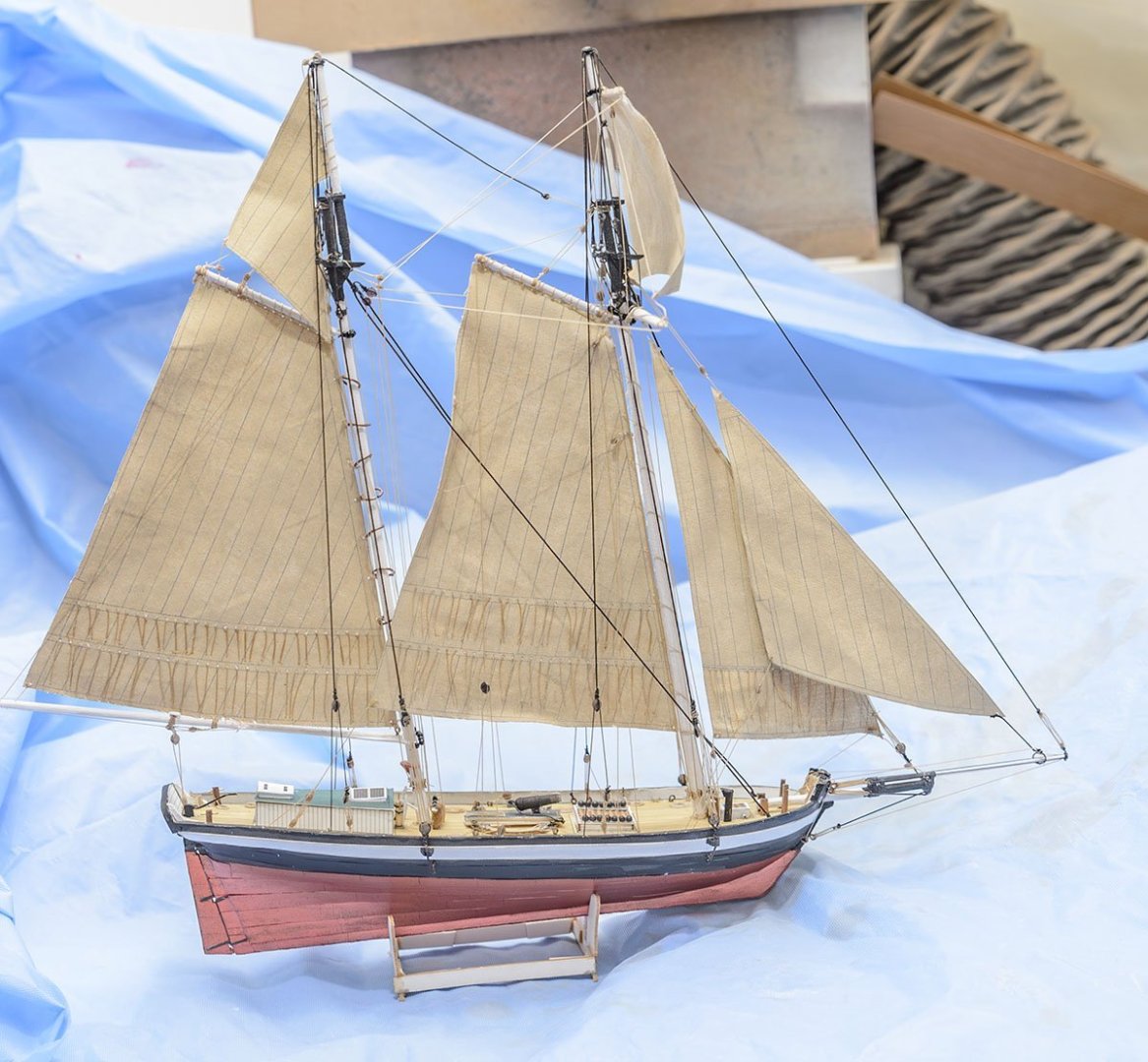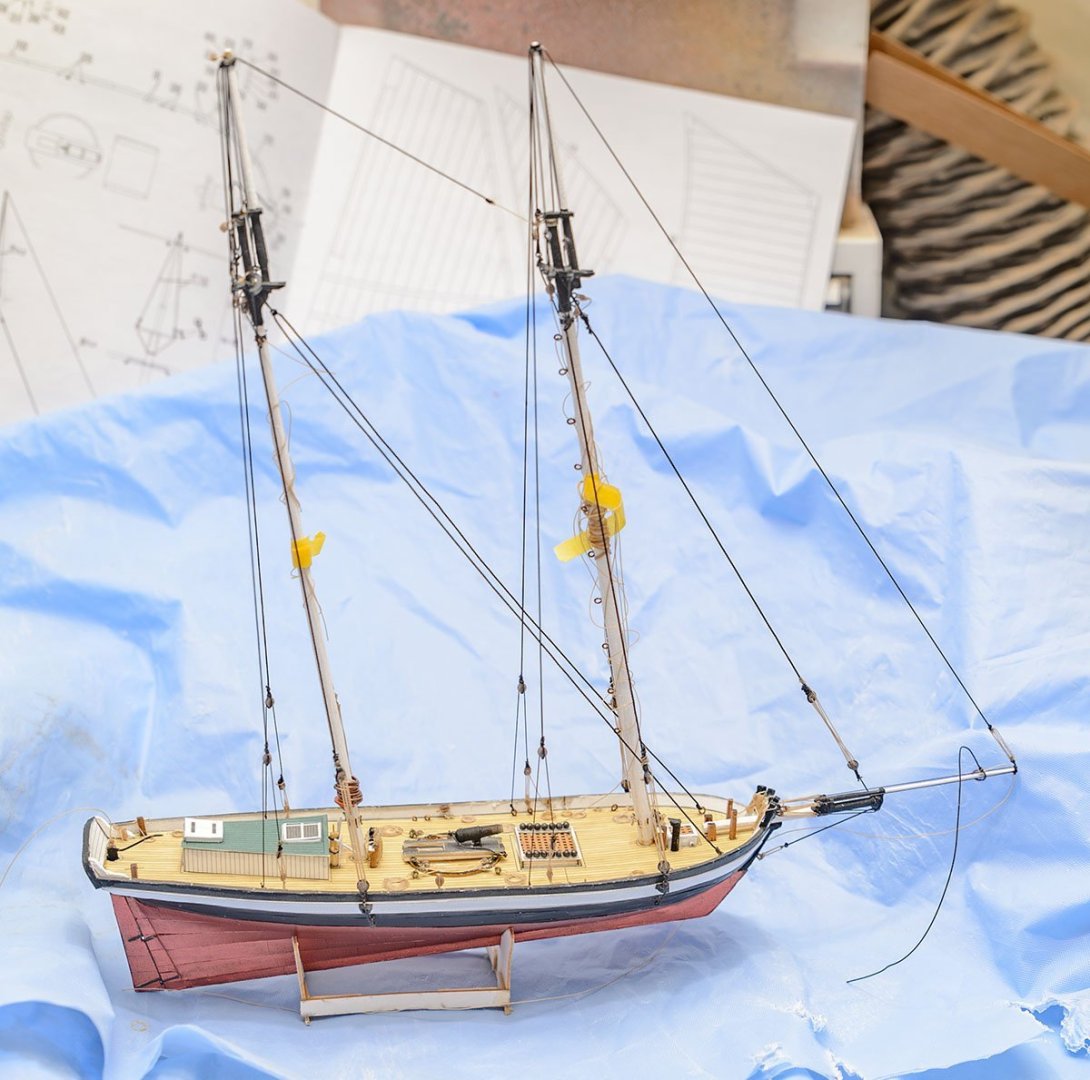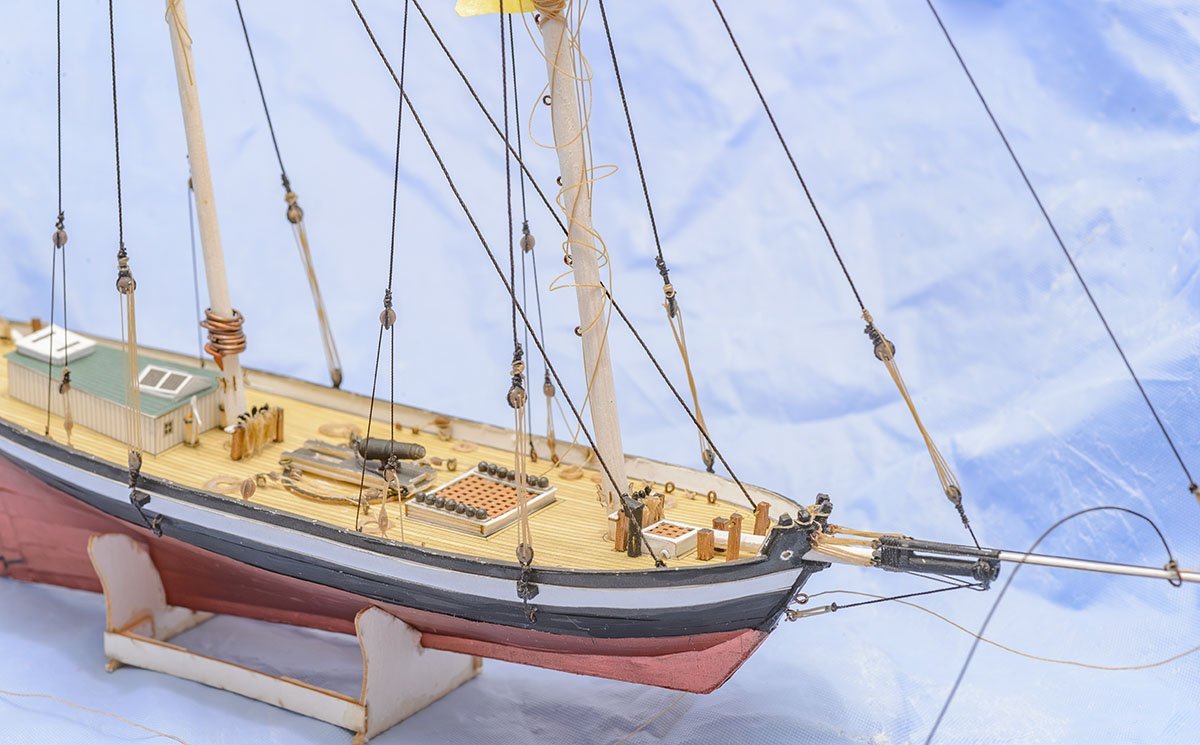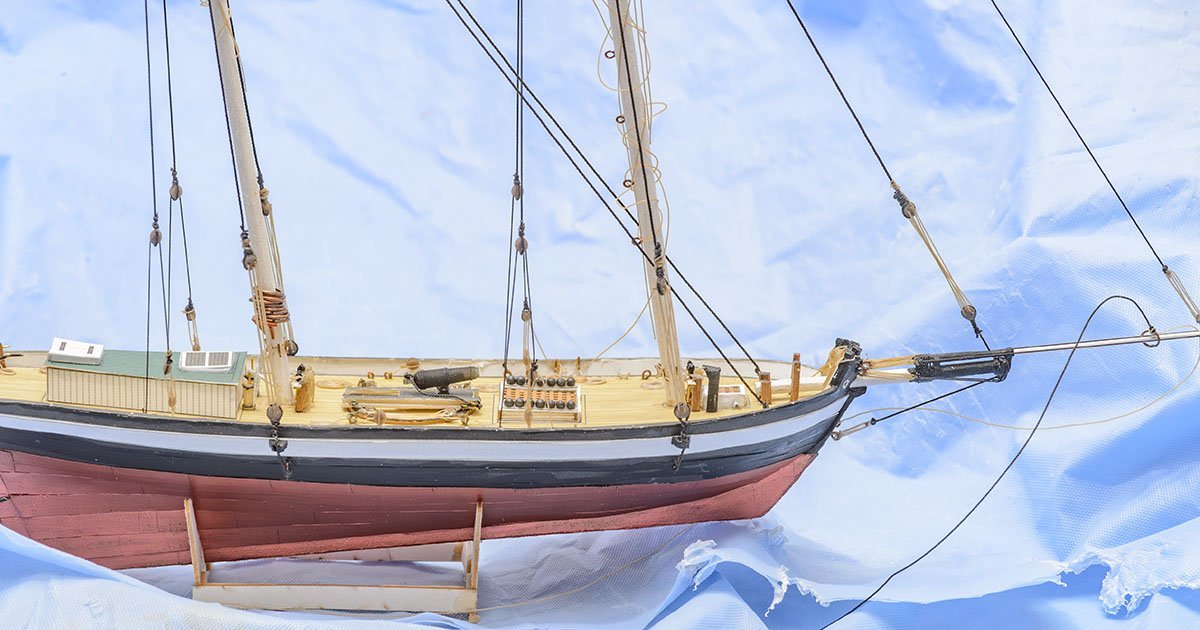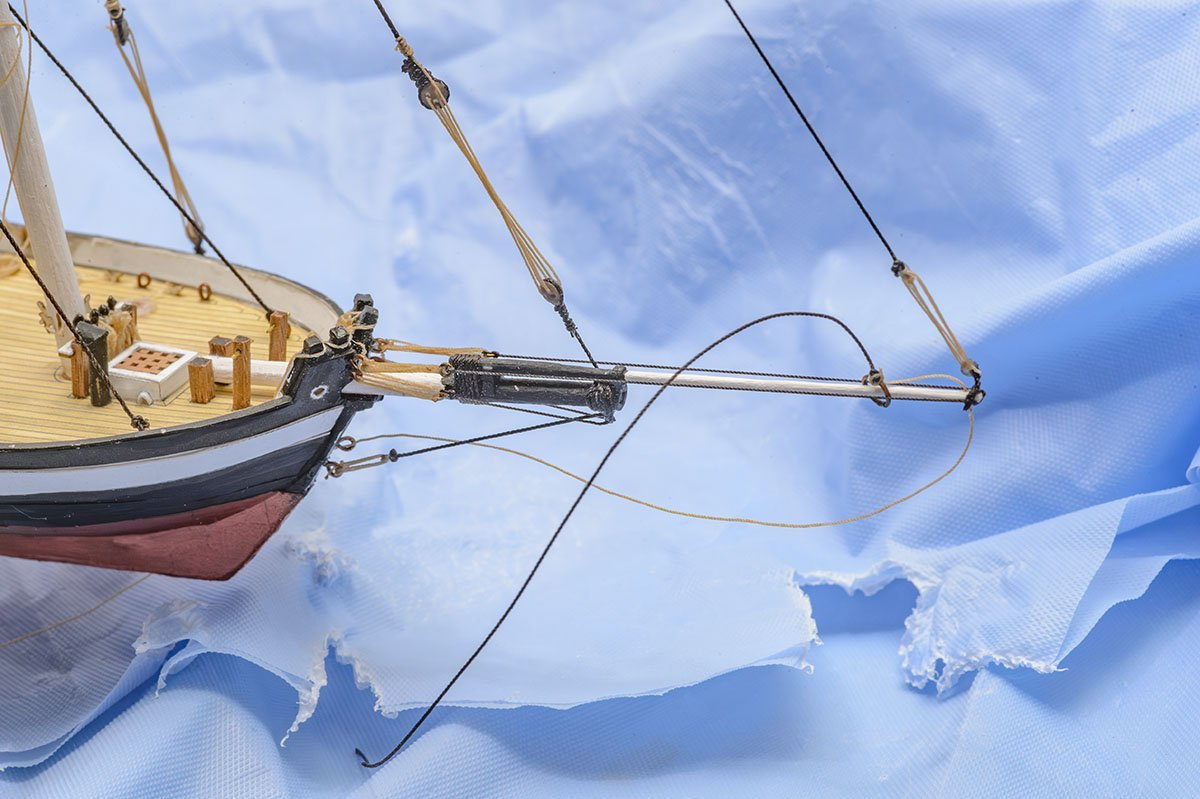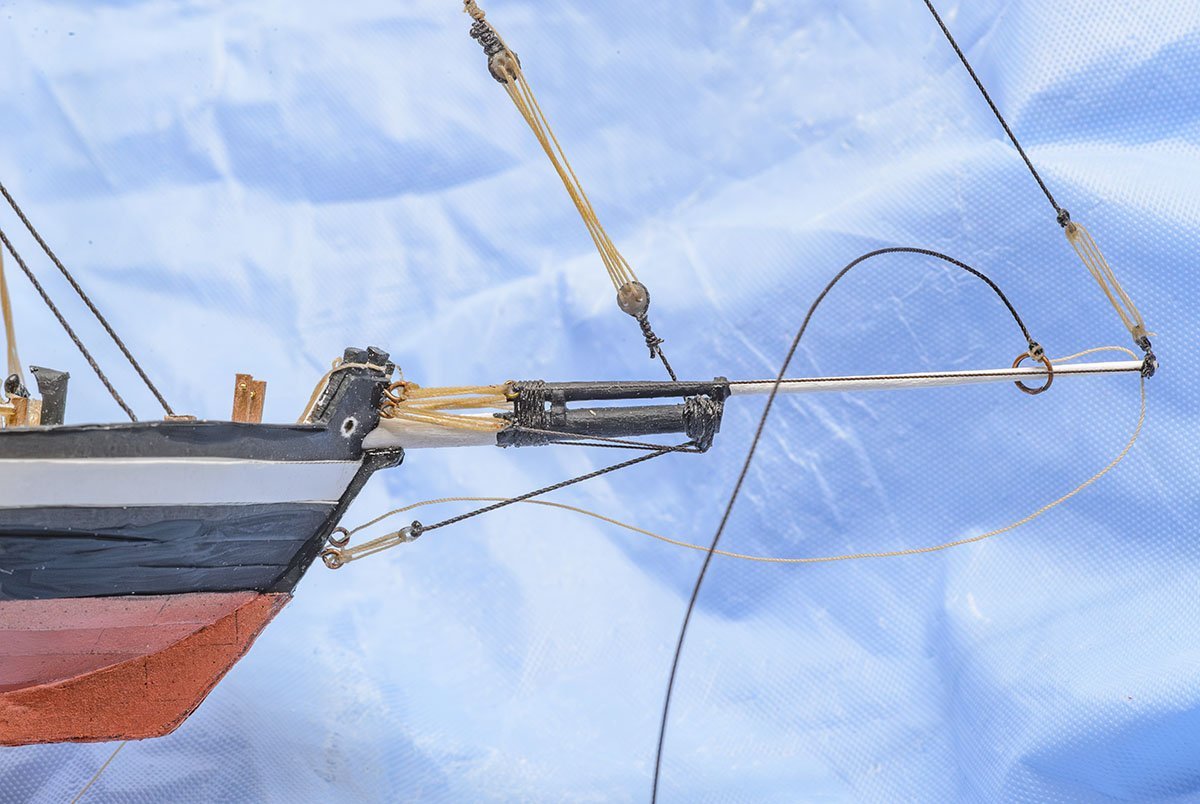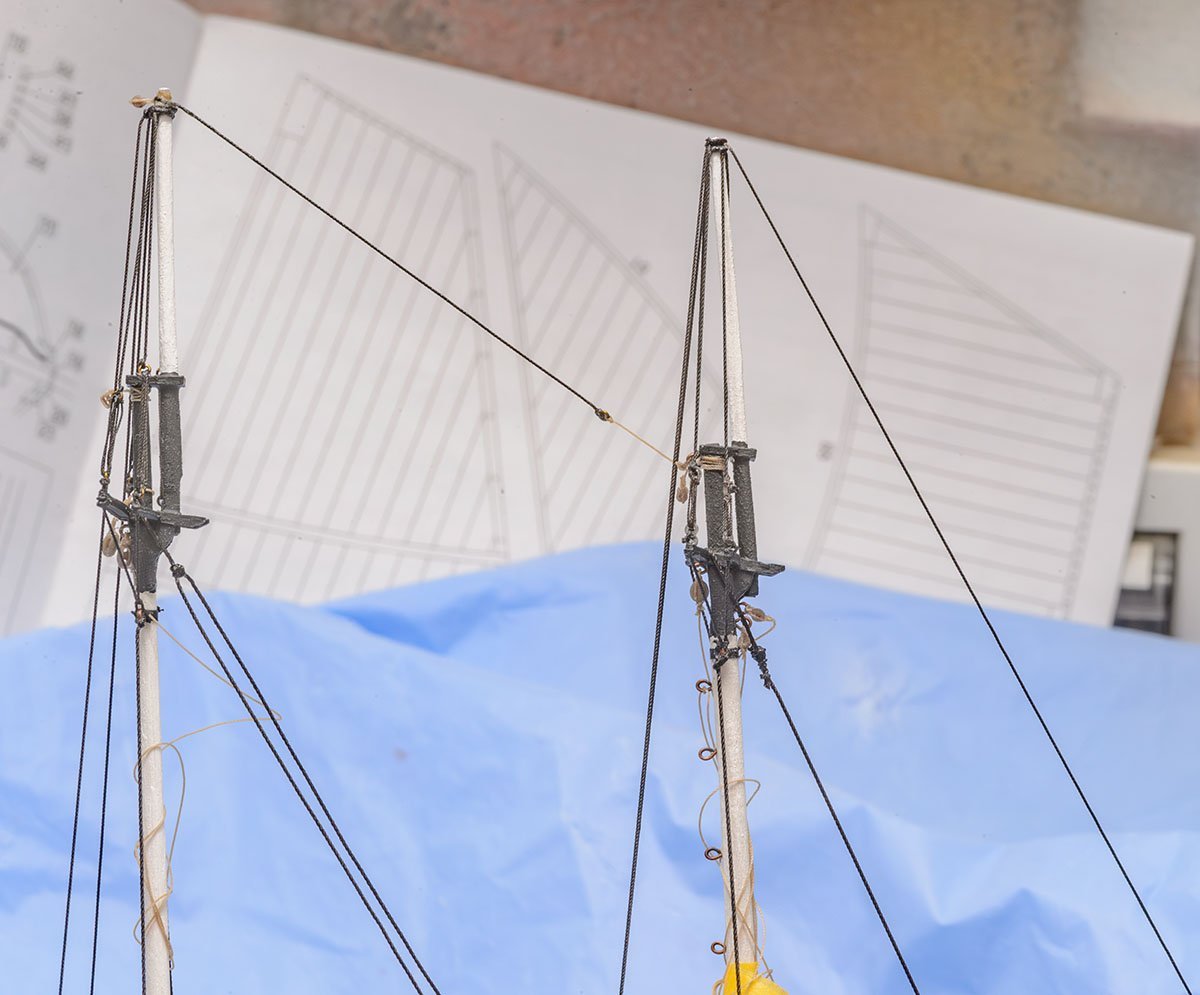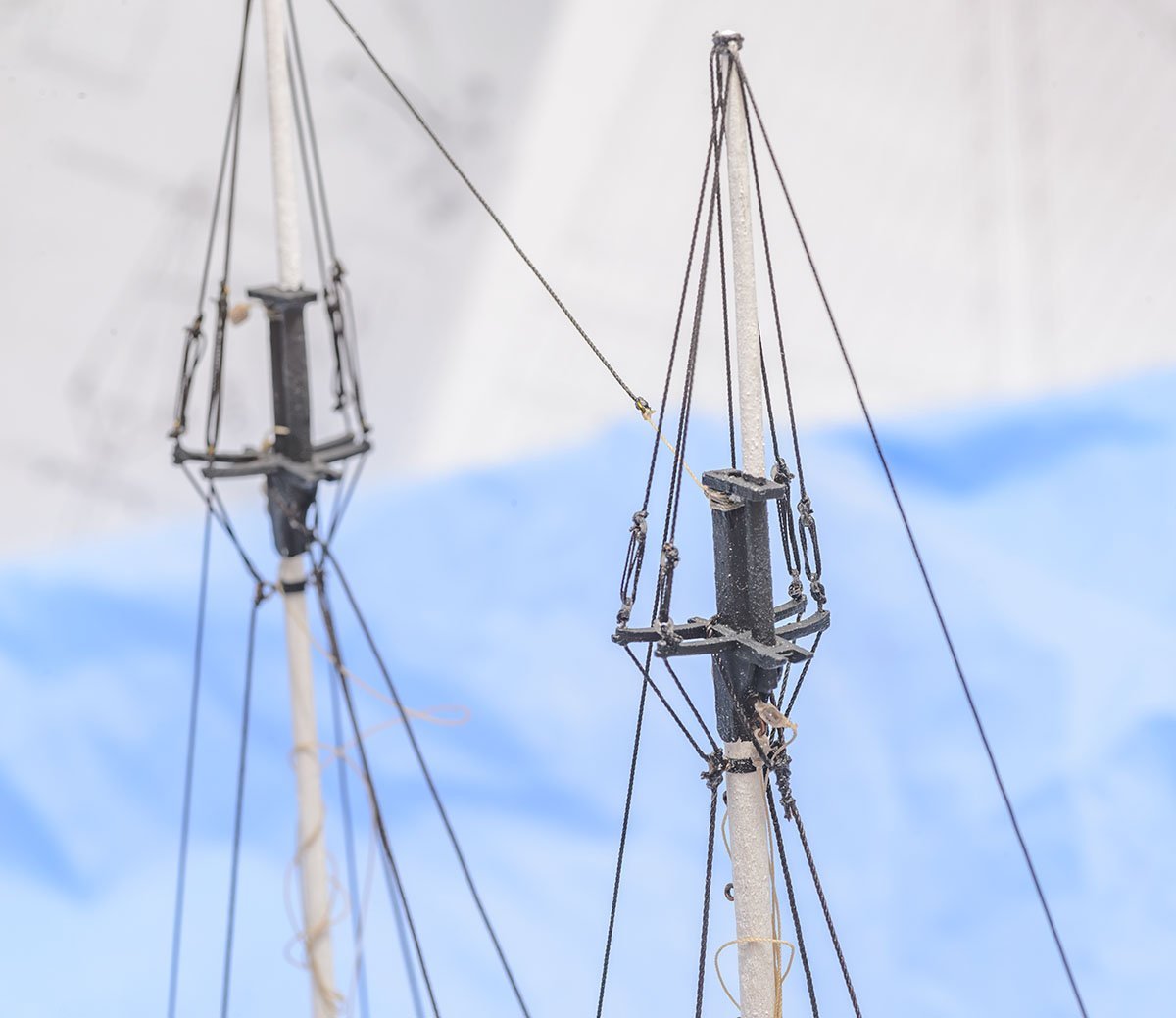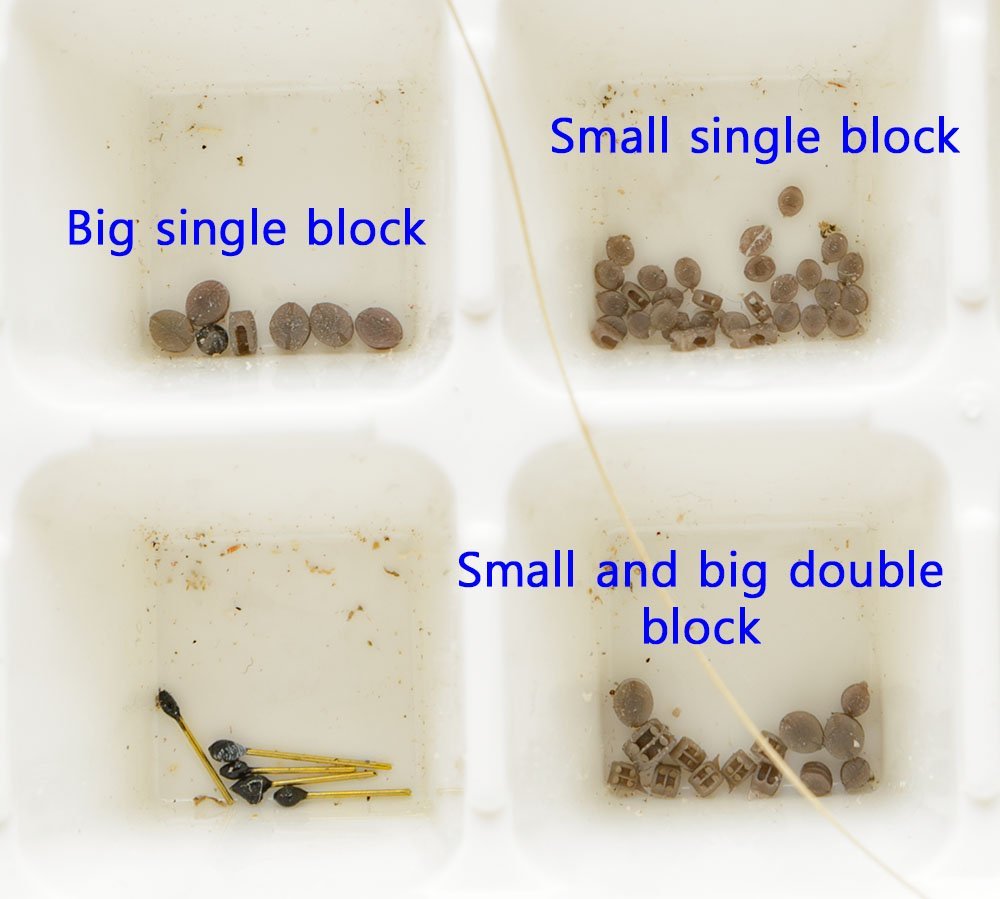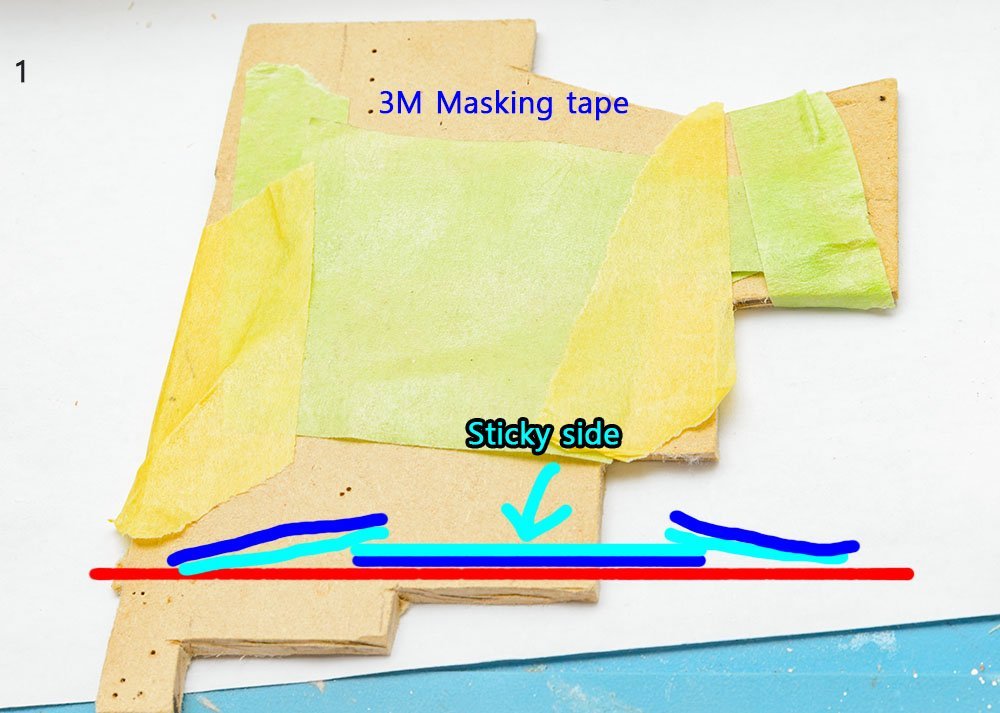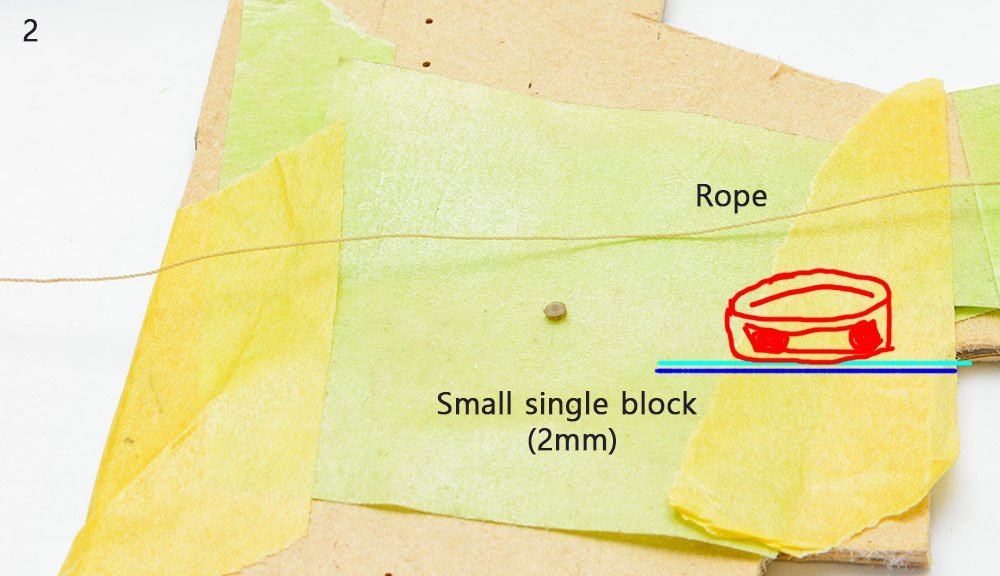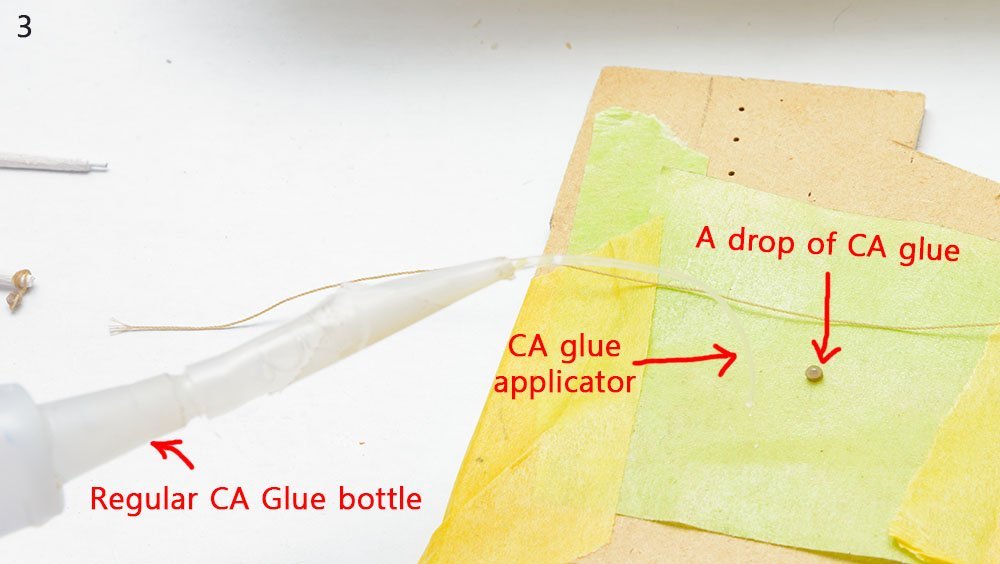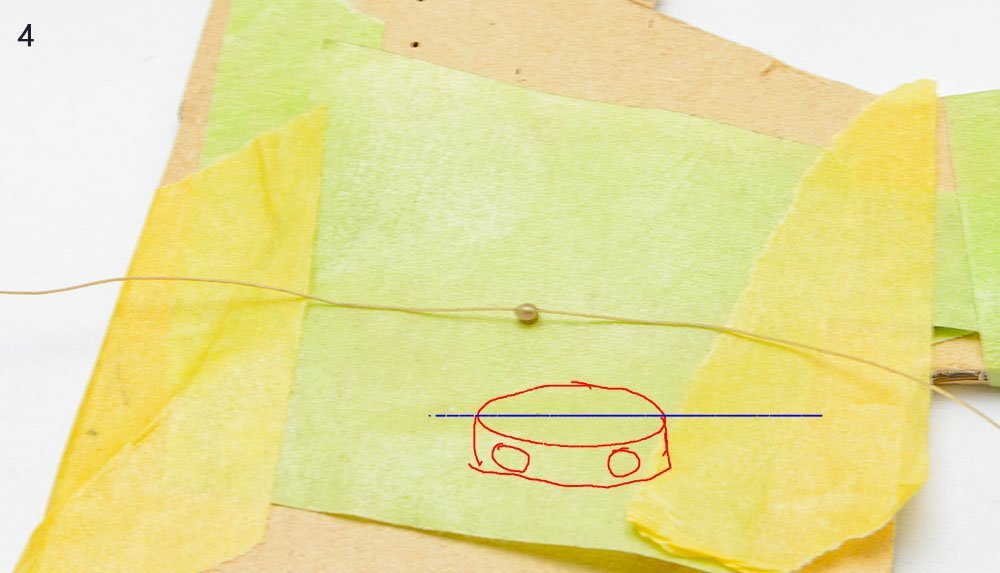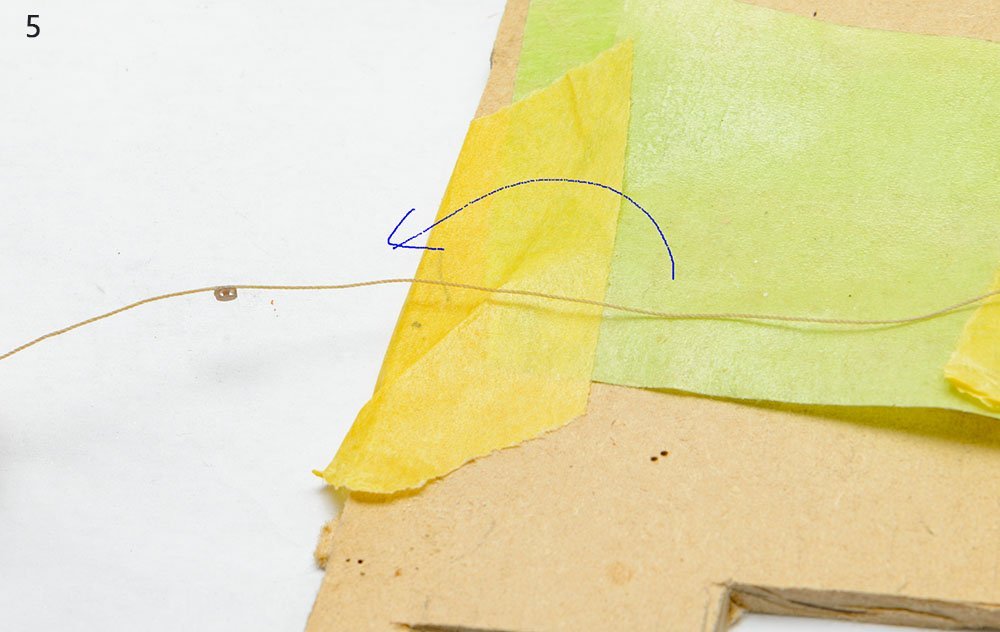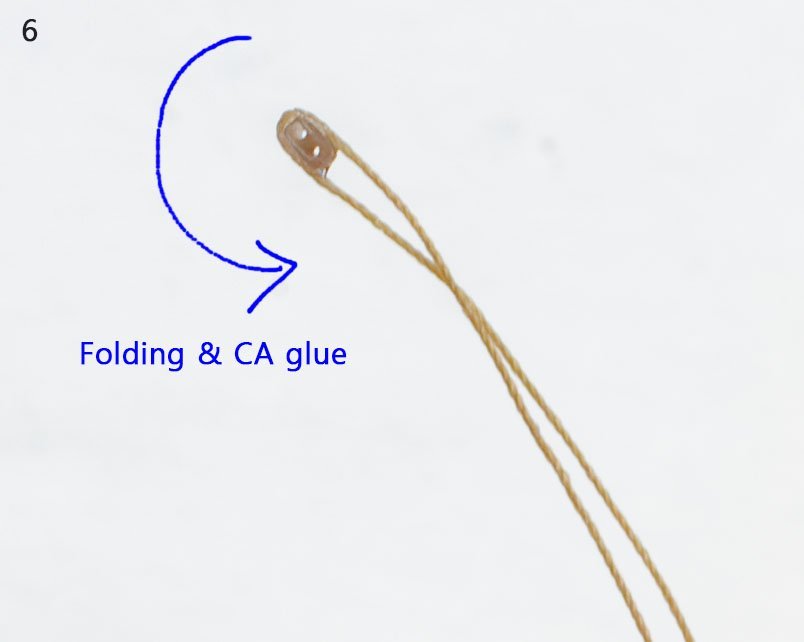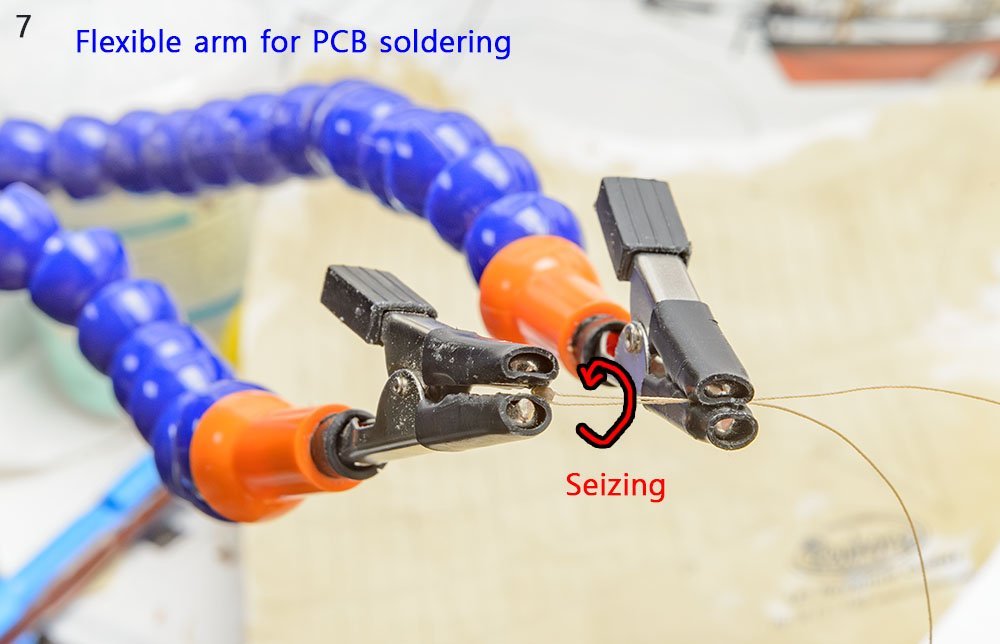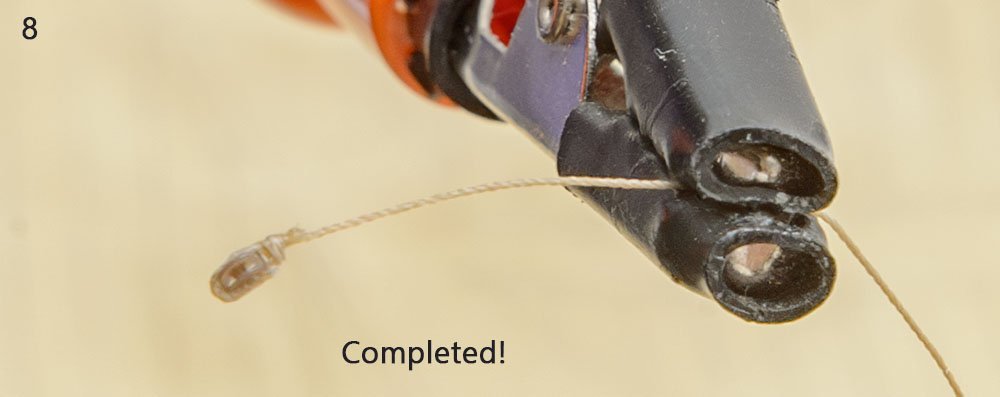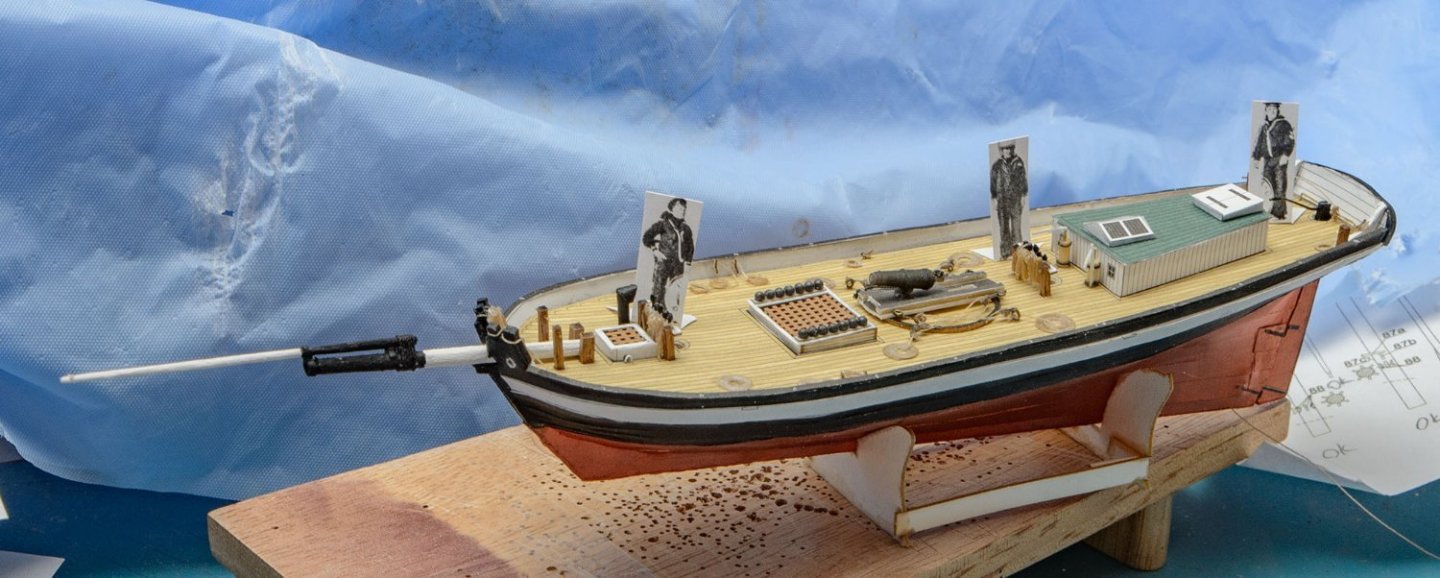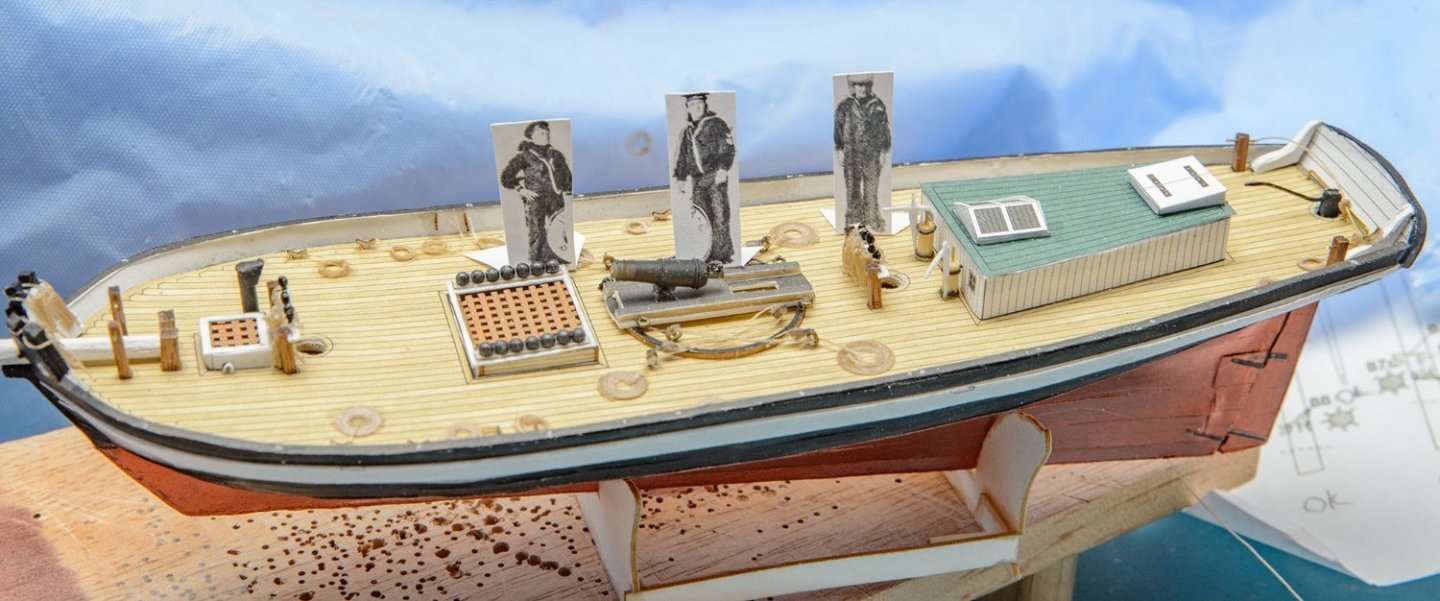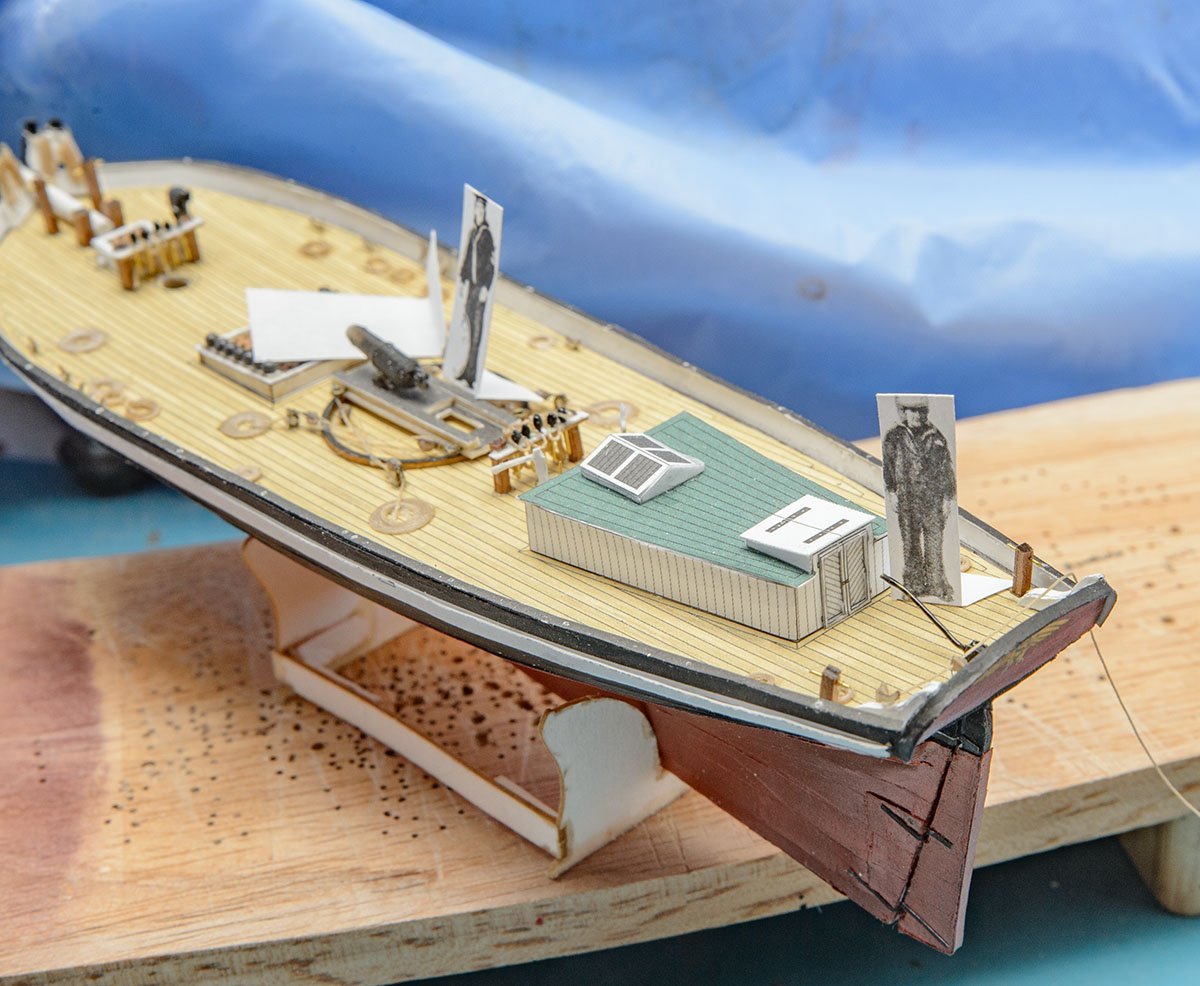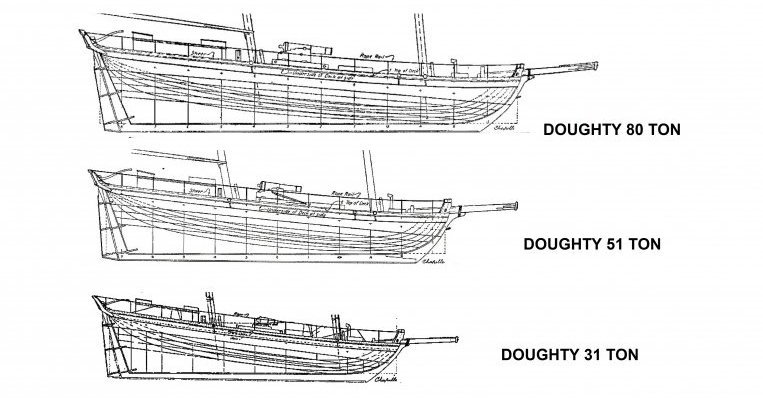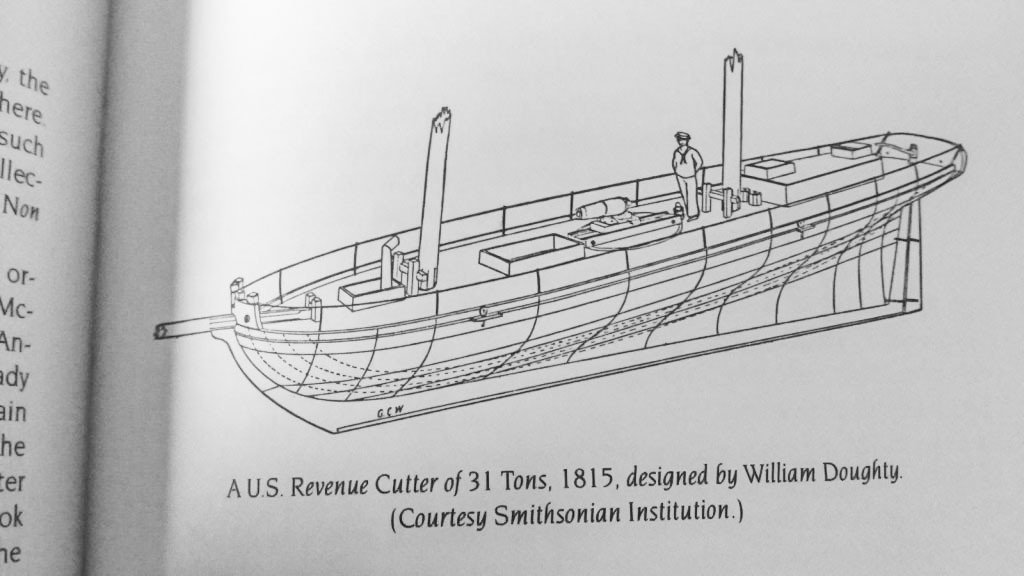
modeller_masa
NRG Member-
Posts
947 -
Joined
-
Last visited
Content Type
Profiles
Forums
Gallery
Events
Everything posted by modeller_masa
-
I made some display stands for the ongoing projects. This is a building jig. It contains the same magnets. This classic kit will be the next project. Classic design.
-
3D printing belaying pin
modeller_masa replied to modeller_masa's topic in 3D-Printing and Laser-Cutting.
That's a masterpiece work, Dziadeczek. A metal lathe was enlisted on my wish list a long time ago, but I can't buy it because there's no place to install the heavy machine. I would say that my solution is dozens of times cheaper than commercial pins. Kit makers may include the 3D printed belaying pins instead of the large and thick wooden pins. -
Here is another small project. The design of the belaying pin is based on this plan. It is an 8.5" long and 5/8" thick belaying pin. https://www.pettigrews.org.uk/odg/wt-project-01.htm The USS Essex used an approx. 20" long belaying pin, and the HMS Bounty used an 18" long one. This is the most successful setting. I can build 2,000 pin handles per plate. 3D Printer : Phrozen Sonic mini 8K s Setup : 0.020mm Resin : Standard brown Support tip : 0.70~0.60mm The 1/72 scale of an 8 inch long belaying pin is not practical. The 3.0mm belaying pin handle is the minimum size, with a little annoying assembly work. Here is the result. I would say that 6.0mm long with a 2.80mm handle is the minimum size for my 3D printer. If the ship is USS Essex, the 10.7mm long belaying pin is 1/48 scale, and the 6.0mm pin is 1/85 scale. The 3D printed belaying pin (handle) will be my priority choice. It is definitely better than my previous method, CA glued head.
-
I made some 3D printed ropehank for cannons. The result is great, but I can't say it is significantly better than the traditional method. Here is how I made the ropehank. 1. Inkscape 1-1. Spiral 1-2. Save as vector graphic format for 3D cad software. 2. Sketchup 2-1. Load the spiral vector. 2-2. Delete the center of the spiral. (360 degree = 1 turn is enough.) 2-3. Extension - Helix along curve tool 0.9.0 3. Lychee slicer 3-1. Thinnest setup - 0.020mm 4. Painting I printed three different sizes - 0.80mm, 0.65mm, and 0.50mm. Here is a comparison with the traditional method. Good + All the outputs have the same size and the exact same circle shape. + Easy to change the size and thickness. + Faster speed when mass-produced. Bad - Not time and labor effective if the ship doesn't have 74 cannons or more. - It may be difficult to paint the plastic in the same color of the rope. This method would be an interesting option if I build a plastic kit of ship of the lines. The next challenge is a more common ropehank with an integrated belaying pin.
-
I guessed that the tiny rings supplied by the kit replaces the deadeyes. Unfortunately, the ring is very easy to break, so I made my own metal ring.
- 63 replies
-
- card
- Revenue Cutter
-
(and 2 more)
Tagged with:
-
There are many reference pictures online, and I have good books, including the AotS series, but they are mostly 2D plan pictures. For example, I don't know the depth of the center metal rod for pulley wheels. I just highlighted the rod by giving it a swallow hole. It was lucky that my guess was similar to the RMG image. Those tiny details and hidden parts, including the structure, make me uncertain.
-
I use an old sketchup because it was familiar to me since Google made it freeware. Several years ago, the company was independent, and the newer version is paid only. 🤨 I considered moving to the F360, but Autodesk has changed the terms of service. The license for enthusiasts was downgraded to a personal license. Who knows what's next? I have a plan to use Blender, which is completely open source freeware. I'm so lazy that I didn't open my textbook for blender.... zzz
-
Unfortunately, there won't be a cheap and accessible 3D printer under 0.010mm resolution within several years. The cheapest $150 resin printer uses LCD screen of a smartphone. The 0.022mm resolution is the edge of "commercial and economical" technology for now. We will see an upgraded resin printer when the Iphone's resolution goes to 8K, and then 1.50mm block will become feasible. The 3D cad software is sketchup, which is not able to render curves. The last picture, which has an exaggerated groove, isn't my last 3D model. I just reused the picture to show mass-production. Here is my factory. The new blocks from 2.00mm to 6.50mm will last for years. I don't know where the "slot" is. I haven't seen a real block, so I drew it based on the AotS book. There are so many blocks in the Anatomy of the Ship books. It isn't difficult to build an accurate 3D model of the blocks. It is just a time and labor consuming job. I said that I spent 5 hours on the new model. I can't build and replace all the blocks at once. I'll collect various blocks one by one as I build more ships.
-
After several attempts, I took a picture of dust similar to the shape of a block. The size is 1.00 x 0.50 x 0.71 mm. It is impractical to use the 1mm block. The material isn't strong enough. I would say that 2.00mm is the minimum size for average use. Thank you for reading my experiment, and I hope you liked my answer.
-
That's easy question. It depends on the size of the block (or tiny fitting parts). If the size is bigger than 4.00mm, people can notice the difference between wooden blocks and matt-colored plastic blocks. I would like to go to Syren's CNC wooden blocks when I build 1/48 scale ships. If the size is under 4.00mm, the adhesive affect the color of the block. The wooden block absorbs some adhesive and darkens like water. When the tiny wood part goes dark, it is hard to tell if the block is made of wood or plastic. That's the sweet spot of the 3D printed resin blocks. Because of this, I'll simply use the black or brown colored resin if the block is small enough. Painting isn't necessary. If I have only grey or transparent resin, I would have painted them with lacquer spray. 1 - Plastic - supplied by kit maker. 2 - AL's stock wood block 3 - DIY Paper block 4 - 3D printed + brown lacquer spray Hanged before spraying. The Syren's wooden blocks look good, but I may need to sand laser burn, and flatten the edges of it. I think this is what Allan said. Unfortunately, I don't want do it if the block is small. I'll buy Syren blocks bigger than 5mm. They are big enough to sand by hand, so it won't be a big problem, in my opinion. Small blocks are hard to sand, so I gave up and went to a 3D printer.
-
The block picture is from Anatomy of the ship-HMS Bounty (or Bethia 1784 ). I checked the book. I have no idea about differences, but it looks like another interesting rabbit hole. I think it is the beginning of building a digital library for modellers. As many people build 3D modeled blocks and contribute them, more modellers will download them from the catalog and build better models. My 3D block model is based of the 10" plan. Let's assume the block size is 320mm or 12.5". The block size is 2.00mm when the scale is 1/160. Copy and paste The result was incredible. The details exceeded my expectations. They look like commercial 3D printed blocks, and they are also functional. The 2.00mm block looks great. I pushed the performance of the 3D printer to the max. It is 3 times slower than the default setting, but it is worth the price of time. The hole was closed when the size was under 2.67mm. I don't like finishing work, so I enlarged the hole. The external size is the same as the original. There are more ways to modify the hole. I tested the 2mm block again. Thanks to the new design, it has a clear hole. Not all the blocks have clear holes, but I can clear the half closed hole with 0.35mm PCB drill without force. The first 2mm blocks needed pressure to clear the hole. The size of the 3-stranded brown rope is ticket no. 70. I would say that my new 3D printer is enough to show every detail of blocks above 3.00mm size. All I need is to order black and brown resin. 2.00mm is bare limit, but it doesn't require significant modification. As I expected, I'm struggling with the 1.00mm block. I'm heavily modifying the 3D block model, and it is getting more and more like a box. I may show the 1.00mm result tomorrow.
-
I really didn't want to come back to this rabbit hole again. If the blocks must be perfect, the ropes also must be perfect. Before I began making 1mm blocks, I made appropriate ropes using my customized ropewalk. I won't comment on the details of rope now, and will focus on making an 1mm block. Here are today's goal and ropes I made for the blocks. The 4th rope is the thinnest rope I can mass-produce at a low cost. However, it is painful to build the rope, so I don't use it for "fun builds". Under 0.10mm is a really pricy world. 0.001mm silver wire isn't economical. I have Veevus 16/0 and Uni-caenis 20D mono-filaments, but they are not rope. I'll use these ropes only, so the hole size of the blocks is bigger than 0.13mm. (Source : https://syrenshipmodelcompany.com/boxwood-rigging-blocks.php ) Next. What kind of block should I make? There are thousands of different types of blocks. This is a common single block of HMS Bounty. (AotS book, p107) The hole size (black circle) is approx. 25mm or 1 inch. I made the single block in three different sizes. (2.00mm, 1.00mm, and 0.80mm) It is digital carving time. It took 5 hours... I'll print it tomorrow... zzz
-
I'm glad to see you again, Jeff. I'm waiting for your next post. I used acrylic paint to dye the sails. It's Jo Sonja's Background color series - Linen. I thinned it with water by 1:1. I heard that inorganic paint is stable and has longer life than organic dye. https://www.amazon.com/Jo-Sonja-Background-Colours-Acrylic/dp/B09P5SYGZV I experienced that some blocks were not sufficient. (Middle size single block.) I printed them with my 3D printer. Also, the micro ring is weak. I broke them several times. I finally replaced them with a DIY copper wire ring. Please watch the instructions carefully. The kit instructions have a few mistakes. Check if the blocks are single or double before seizing them.
- 16 replies
-
- Revenue Cutter
- Seahorse
-
(and 2 more)
Tagged with:
-
Thank you so much for leaving a comment, Chris Coyle. I planned to build the Shipyard HMS Wolf for the next project, but I'm changing my mind to build traditional wooden model kit. I raised expected difficult level and building time of paper kits to the same as for wooden model kit. Thank you for watching my project, Johnson. I hope you enjoy your Vanguard Model kits. I'm thinking about whether to open the HMS Alert V3 kit from VM or not.
- 16 replies
-
- Revenue Cutter
- Seahorse
-
(and 2 more)
Tagged with:
-
Thank you for enjoying my build log, Grandpa. Also, I thank everyone who's read it so far. I'm editing video. The video will be uploaded soon.
- 16 replies
-
- Revenue Cutter
- Seahorse
-
(and 2 more)
Tagged with:
-
Most paper-cardboard model kits are very professional and delicate. Seahorse makes the best and the most detailed sailing ship cardboard kits. This kit is the most recent kit released last year, and it includes the newest gimmicks, such as 3D printed rigging parts. If you are an experienced modeller, I bet you will learn many new things by building a Seahorse kit. While this kit's difficulty level is rated as 2/5, this kit is not for beginners or children, in my opinion. I think that average cardboard model kits from Poland are very difficult because they require many skills, like building a wooden ship model kit. I would say that the Seahorse kit is the best for experienced wooden ship modellers. If you want an easier and bigger ship, I would like to recommend the Shipyard cardboard kits. The Shipyard Hanse Kogge 1/72 series are the best to start cardboard kits.
- 16 replies
-
- Revenue Cutter
- Seahorse
-
(and 2 more)
Tagged with:
-
When I was taking pictures of finished ship, I accidentally dropped the ship and the bowsprit was broken. It is the worst nightmare for ship modellers... I set the brass rod and glued it, but I couldn't fix it all, especially the tension on the rigging. I mentioned the slightly awkward scale of this kit. I tested the kit's proportions using a human figure. There are 4 different scales. I set different colors for each scale. When the scale is 1/72, the ship is quite small. The sailors are angry and red. I guessed that Doughty's 31 ton plan was only for practice. The 31 ton plan is very similar to the 51 ton plan, and everything was downsized by 16%. When it goes to 1/85 scale, the ship becomes more practical. At least there are habitable places under the deck, in my opinion. When it goes 1/100, the kit shows the best promotion. However, the ship became too large. It doesn't match with any Doughty plans. This is 1:120 scale. I believe that the saliors were very happy. Unfortunately, it is a class of common 100 ton baltimore schooners. I can't say it a revenue cutter. Here is summary. I don't think that Seahorse made a mistake on scale. I roughly argue that Doughty's 31 ton plan was a small prototype plan to build a 51 ton class. In the case of the Seahorse US RC kit, I would say it is more likely the Doughty's 51 ton plan with a 1:85 scale. Fortunately, the 51 ton plan is very similar to the 31 ton plan. I can't say that this is an 80 ton 1:110 scale kit because the 51 ton and 80 ton plans are very different.
- 16 replies
-
- Revenue Cutter
- Seahorse
-
(and 2 more)
Tagged with:
-
I'm making a dummy rigging ship for the next project. The basic idea is similar to this project and has a much simpler hull structure. It is like a wood box with a few holes for masts. I'll build the dummy hull and install sails while I'm doing planking for the main project. It looks like building double ships simultaneously. The dummy hull for sail will be a trial-error for the main project's very last progress. Also, I'm expecting it to ease my boredom. This project can be expanded to any type of ship. I'll buy every edition of this project.
- 80 replies
-
- rigging/masts
- NRG
-
(and 2 more)
Tagged with:
-
- 16 replies
-
- Revenue Cutter
- Seahorse
-
(and 2 more)
Tagged with:
-
- 16 replies
-
- Revenue Cutter
- Seahorse
-
(and 2 more)
Tagged with:
-
You are doing great, and the tiny dent won't be a big issue. You are very close to the goal. After a week, the small sailing ship will have masts and sails, and you will proudly upload the finished pictures. This is my method to seize the micro size blocks. As you said, there are 4 kind of blocks. I used masking tape to hold the tiny parts. I waited for 30 sec and removed the excess CA glue drops. Carefully remove the rope and block. I think I don't need to seize the blocks accurately. This kit is very small, so it is hard to check the seizing method of each blocks. You are doing well. I had some issues regarding rigging. Fortunately, Seahorse uploaded his original ship pictures, and they are very helpful for my work. The final step should be as light and fun as I feel it is.
- 63 replies
-
- card
- Revenue Cutter
-
(and 2 more)
Tagged with:
-
The bowsprit is a tricky part. These build logs are different models, but they may help your project.
- 63 replies
-
- card
- Revenue Cutter
-
(and 2 more)
Tagged with:
-
Thank you for kind comment, Jsk. I'll finish this kit this month. Whether I complete my kit or not, I'll keep enjoying watching your build log. I constantly suffered from the tiny parts of this kit. I had doubts that this kit's scale was misprinted. I thought the proper scale number was 1/100. Was Seahorse wrong? No. I have checked Doughty's plans and concluded that the original plan is a bit weird. The 31 ton plan seems likely to be an undersized 51 ton plan. They are almost identical. The 31 ton US revenue cutter was a miniature 51 ton RC. I understood that why they didn't want to build 31 ton cutters.
- 16 replies
-
- Revenue Cutter
- Seahorse
-
(and 2 more)
Tagged with:
-
If the strips spring out like a spring, bend the wooden piece before attaching. With a little water and mini iron, you can bend wooden strips permanently. The instruciton video also shows the iron. Unfortunately, the CA coated wood strips are wasted. Use new strips. I recommend buying iron and a fast-drying Titebond III PVA bond for woodworking.
About us
Modelshipworld - Advancing Ship Modeling through Research
SSL Secured
Your security is important for us so this Website is SSL-Secured
NRG Mailing Address
Nautical Research Guild
237 South Lincoln Street
Westmont IL, 60559-1917
Model Ship World ® and the MSW logo are Registered Trademarks, and belong to the Nautical Research Guild (United States Patent and Trademark Office: No. 6,929,264 & No. 6,929,274, registered Dec. 20, 2022)
Helpful Links
About the NRG
If you enjoy building ship models that are historically accurate as well as beautiful, then The Nautical Research Guild (NRG) is just right for you.
The Guild is a non-profit educational organization whose mission is to “Advance Ship Modeling Through Research”. We provide support to our members in their efforts to raise the quality of their model ships.
The Nautical Research Guild has published our world-renowned quarterly magazine, The Nautical Research Journal, since 1955. The pages of the Journal are full of articles by accomplished ship modelers who show you how they create those exquisite details on their models, and by maritime historians who show you the correct details to build. The Journal is available in both print and digital editions. Go to the NRG web site (www.thenrg.org) to download a complimentary digital copy of the Journal. The NRG also publishes plan sets, books and compilations of back issues of the Journal and the former Ships in Scale and Model Ship Builder magazines.

